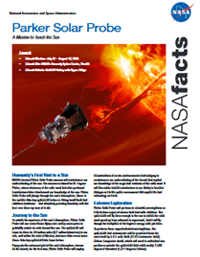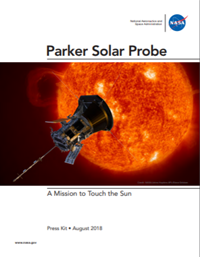News CenterNews Archive
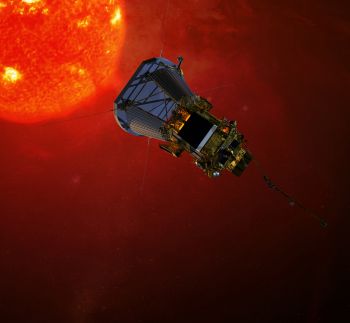
Hey Nineteen! Parker Solar Probe Completes Record-Matching Sun Flyby
Posted on 2024-04-03 17:02:47NASA's Parker Solar Probe completed its 19th close approach to the Sun on March 30, matching its own distance record by coming about 4.51 million miles (7.26 million kilometers) of the solar surface.The close approach (known as perihelion) occurred at 2:21 UTC - or 10:21 EDT, March 29 - with Parker Solar Probe moving 394,736 miles per hour (635,266 kilometers per hour) around the Sun, again equaling its own record.
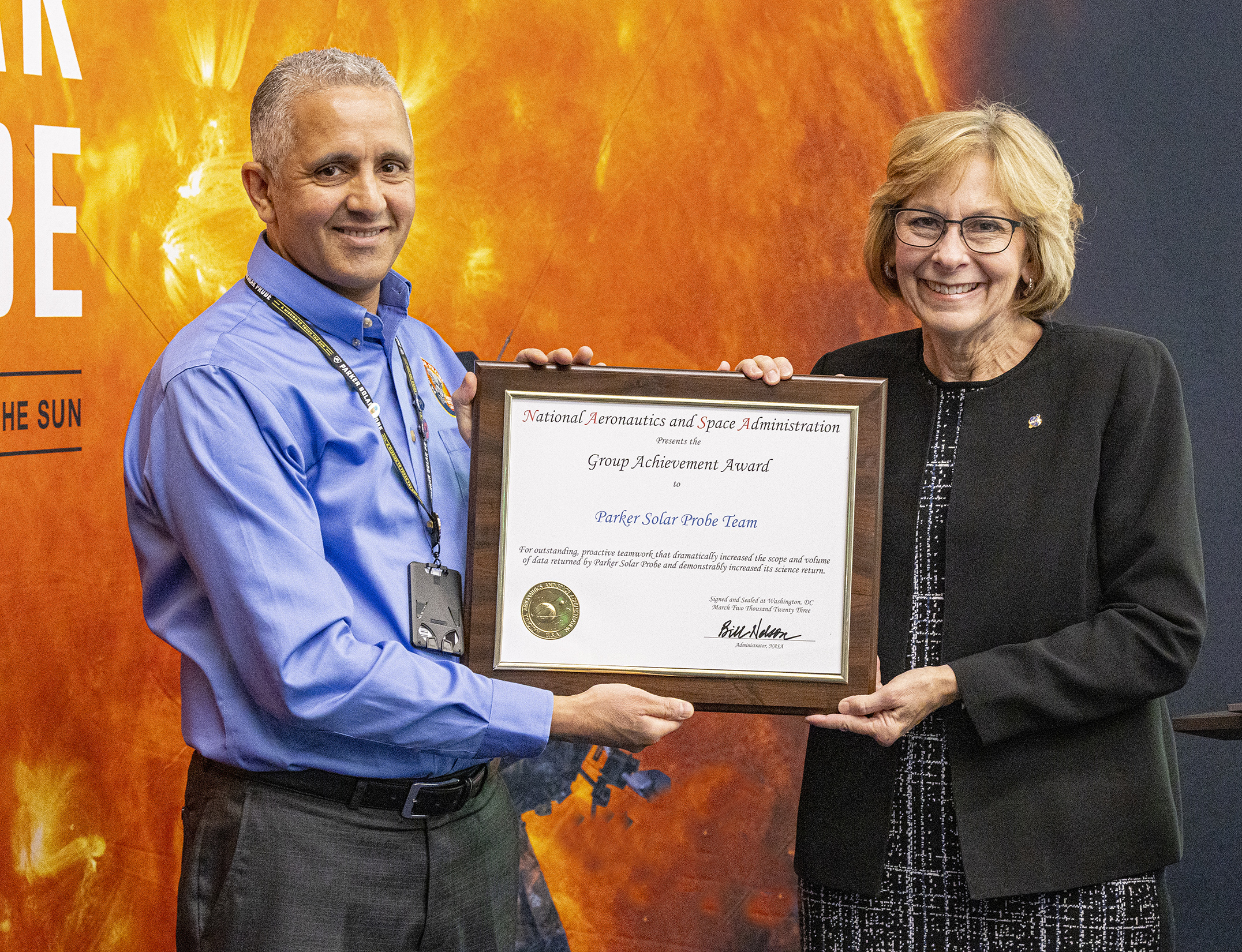
Parker Solar Probe Team Garners NASA Honors
Posted on 2024-01-02 16:32:22NASA’s Parker Solar Probe team has earned agency honors for its novel efforts to guide a spacecraft toward record-setting close distances from the Sun – and revealing more about our star than mission planners and scientists ever expected.

Parker Solar Probe Matches Speed, Distance Records on Latest Flight Past the Sun
Posted on 2024-01-02 16:50:41NASA’s Parker Solar Probe completed its 18th close approach to the Sun on Dec. 28, matching its own distance record by skimming just about 4.51 million miles (7.26 million kilometers) of the solar surface.The close approach (known as perihelion) occurred at 7:56 p.m.

For the Record: Parker Solar Probe Sets Distance, Speed Marks on 17th Swing by the Sun
Posted on 2023-09-28 09:48:48NASA’s Parker Solar Probe completed its 17th close approach to the Sun on Sept. 27, breaking its own distance record by skimming just 4.51 million miles (7.26 million kilometers) of the solar surface. Set up by gravity-assist flyby of Venus on Aug.

Parker Solar Probe ‘Sees’ Sun Sweep Up Interplanetary Dust
Posted on 2023-09-21 14:31:05In 2022, NASA’s Parker Solar Probe soared gracefully through one of the most powerful coronal mass ejections (CMEs) ever recorded—not only an impressive feat of engineering but a huge boon for the scientific community.

Parker Probe’s Path Through Solar Blast Yields Unparalleled Space Weather Insights
Posted on 2023-09-21 15:07:49NASA’s Parker Solar Probe has racked up an impressive list of superlatives in its first five years of operations: It’s the closest spacecraft to the Sun, the fastest human-made object and the first mission to ever “touch the Sun.”Now, Parker has one more feather to add to its Sun-kissed cap: It’s the first spacecraft ever to fly through a powerful solar explosion near the Sun.As detailed in a new study published Sept.
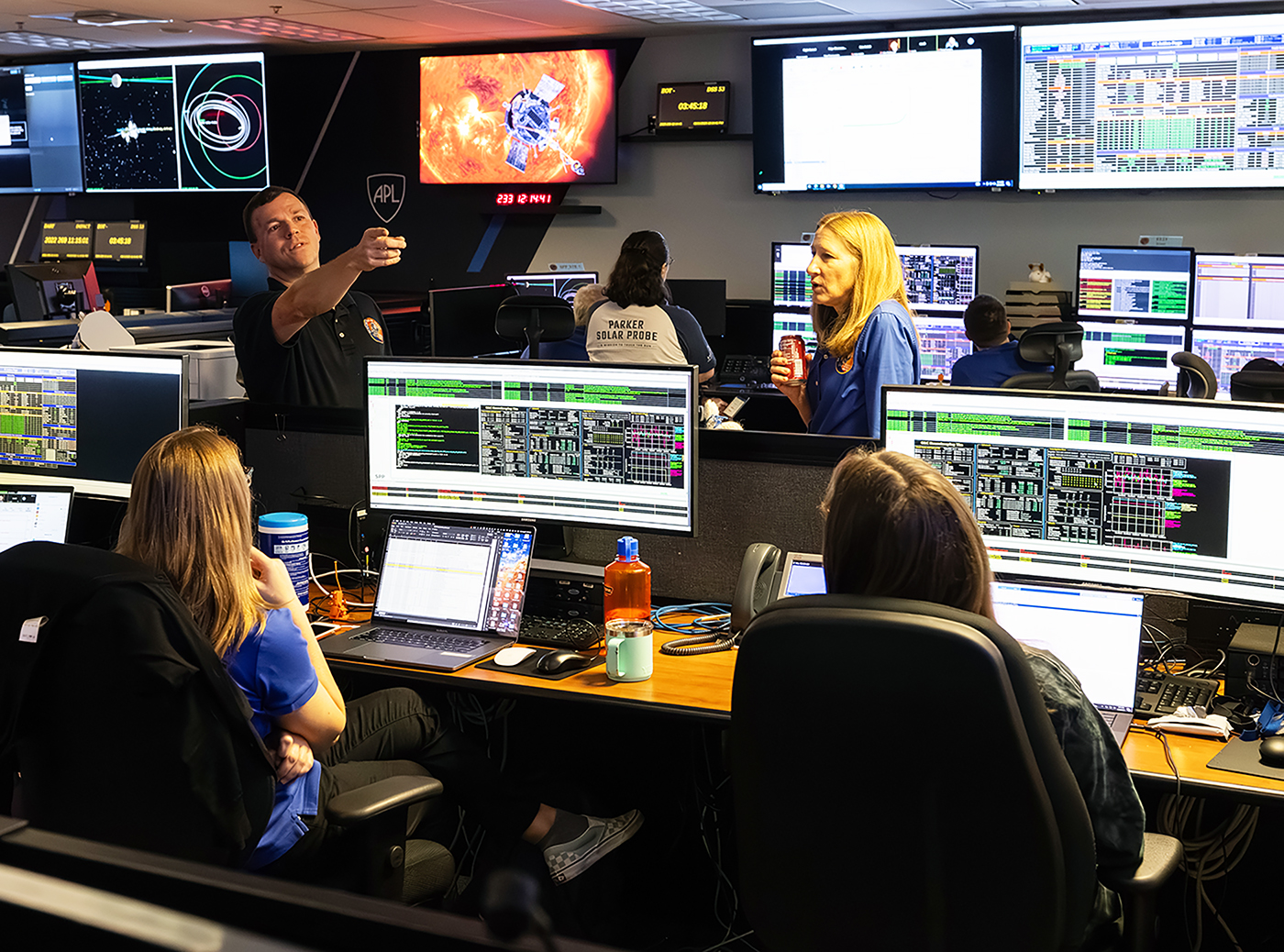
Venus Flyby Sends Parker Solar Probe Toward Record-Setting Flights Around the Sun
Posted on 2023-08-22 15:48:25NASA’s Parker Solar Probe zoomed past Venus on Aug. 21, using the planet’s gravity to aim toward a record-setting series of flights around the Sun that start next month. At just before 8:03 a.m.
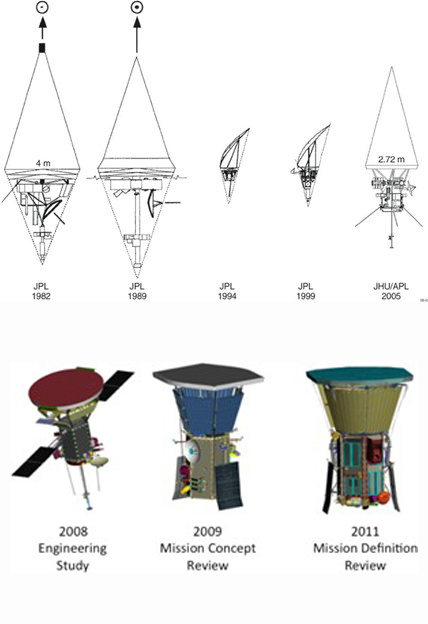
A Fast Five: Durable Parker Solar Probe Exceeding an Exploration Vision
Posted on 2023-08-11 12:50:16On Aug. 12, 2018 — five years ago this week — NASA's Parker Solar Probe blasted off atop a powerful Delta IV rocket from what is now Cape Canaveral Space Force Station. The predawn launch into the skies over the Florida coast marked the start of a game-changing mission to unlock the secrets of the solar wind — and the culmination of decades of development to craft a robotic explorer able to withstand the heat and radiation near the Sun like no other spacecraft before it.
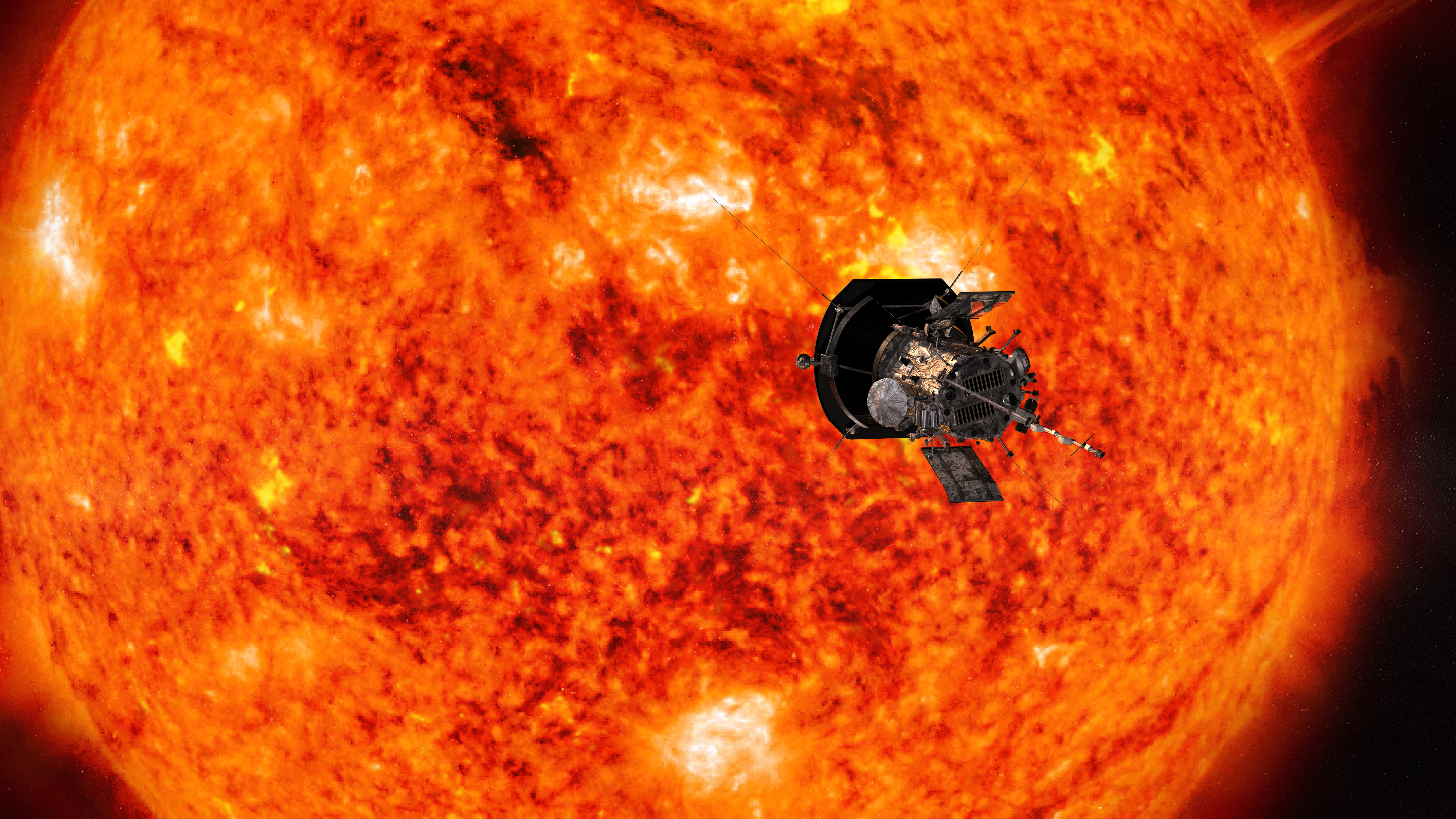
Course Correction Keeps Parker Solar Probe on Track for Venus Flyby
Posted on 2023-08-09 16:26:17NASA's Parker Solar Probe executed a short maneuver on Aug. 3 that kept the spacecraft on track to hit the aim point for the mission's sixth Venus flyby on Aug. 21. Operating on preprogrammed commands from mission control at the Johns Hopkins Applied Physics Laboratory (APL) in Laurel, Maryland, Parker fired its small thrusters for 4.5 seconds, enough to adjust its trajectory by 77 miles and speed up – by 1.4 seconds – its closest approach to Venus.
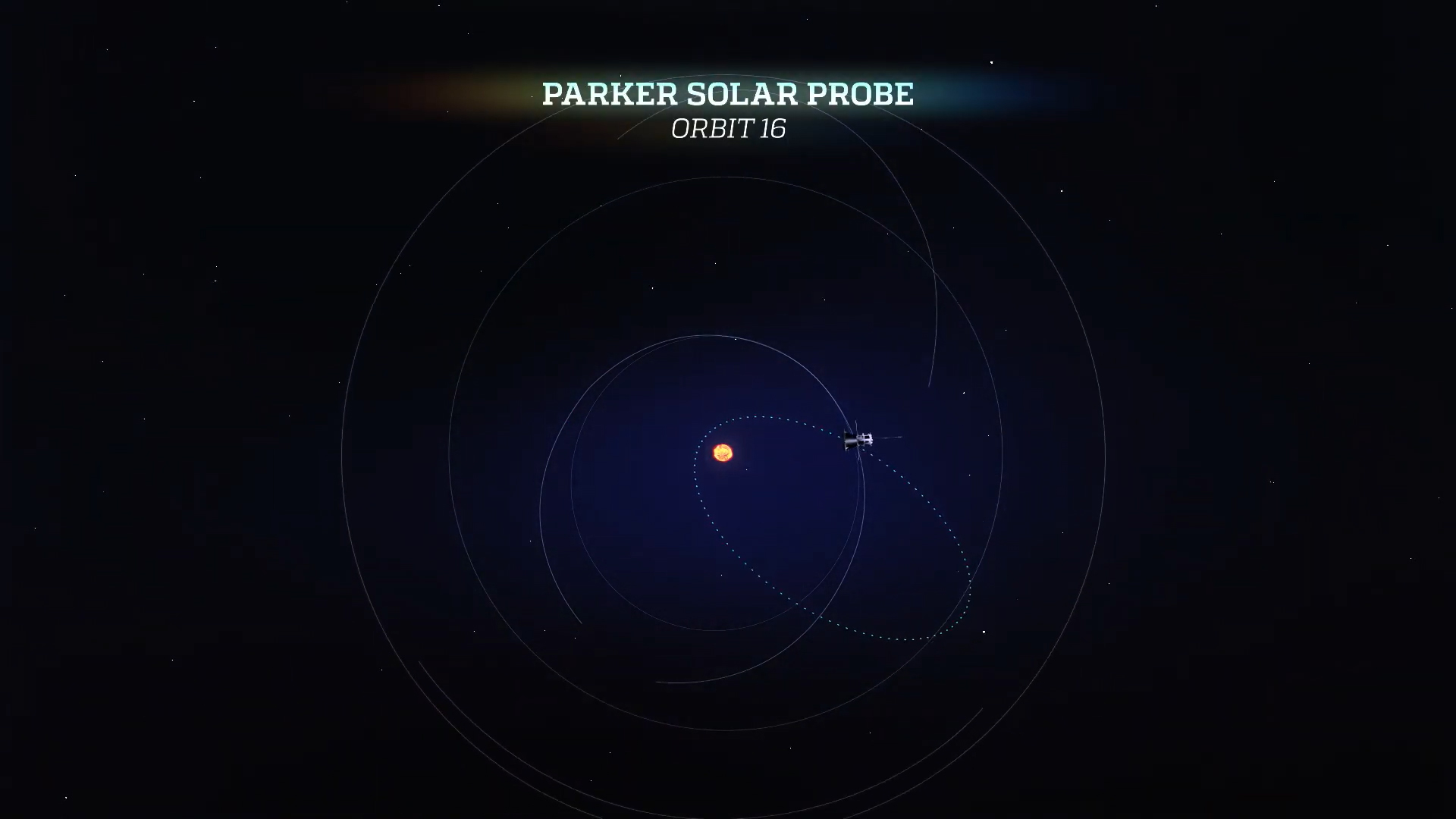
Parker Solar Probe Completes 16th Science Encounter
Posted on 2023-06-29 20:34:19NASA's Parker Solar Probe has completed its 16th science orbit, which included a close approach to the Sun (known as perihelion) that brought it within just 5.3 million miles of the solar surface on June 22 while moving at 364,610 miles per hour.

Scientists Shed Light on the Unusual Origin of a Familiar Meteoroid Stream
Posted on 2023-06-15 11:00:00Each winter, the Geminids meteoroids light up the sky as they race past Earth, producing one of the most intense meteor showers in the night sky. Mysteries surrounding the origin of this meteoroid stream have fascinated planetary scientists for decades.

Parker Solar Probe Flies into the Fast Solar Wind and Finds Its Source
Posted on 2023-06-08 14:54:17NASA’s Parker Solar Probe has flown close enough to the Sun to detect the fine structure of the solar wind close to where it is generated at the Sun’s surface, revealing details that are lost as the wind exits the corona as a uniform blast of charged particles.It’s like seeing jets of water emanating from a showerhead through the blast of water hitting you in the face.In a paper published this week in the journal Nature, a team of scientists led by Stuart D.

Dozens of Observatories Collect Data During Parker Solar Probe’s 15th Close Encounter
Posted on 2023-03-21 10:40:08NASA’s Parker Solar Probe completed its 15th close approach to the Sun on March 17, coming within 5.3 million miles of the scorching solar surface. The geometry of Parker’s latest orbit also placed it in direct view of Earth and several other Sun-watching spacecraft during its close encounter, providing unique scientific opportunities for collaborative observations from the ground and space.

Parker Scientists May Have Solved Decades-old Mysteries About the Origins of the Solar Wind
Posted on 2023-01-10 12:05:19Scientists with NASA’s Parker Solar Probe mission think they have discovered the processes that give birth to streams of charged particles – called solar wind – released from the Sun’s corona, or upper atmosphere.A team led by Nour Raouafi of the Johns Hopkins Applied Physics Laboratory (APL) found evidence that small-scale jetting in the Sun’s corona, driven by a process called magnetic reconnection, is responsible for the heating and acceleration of the solar wind.
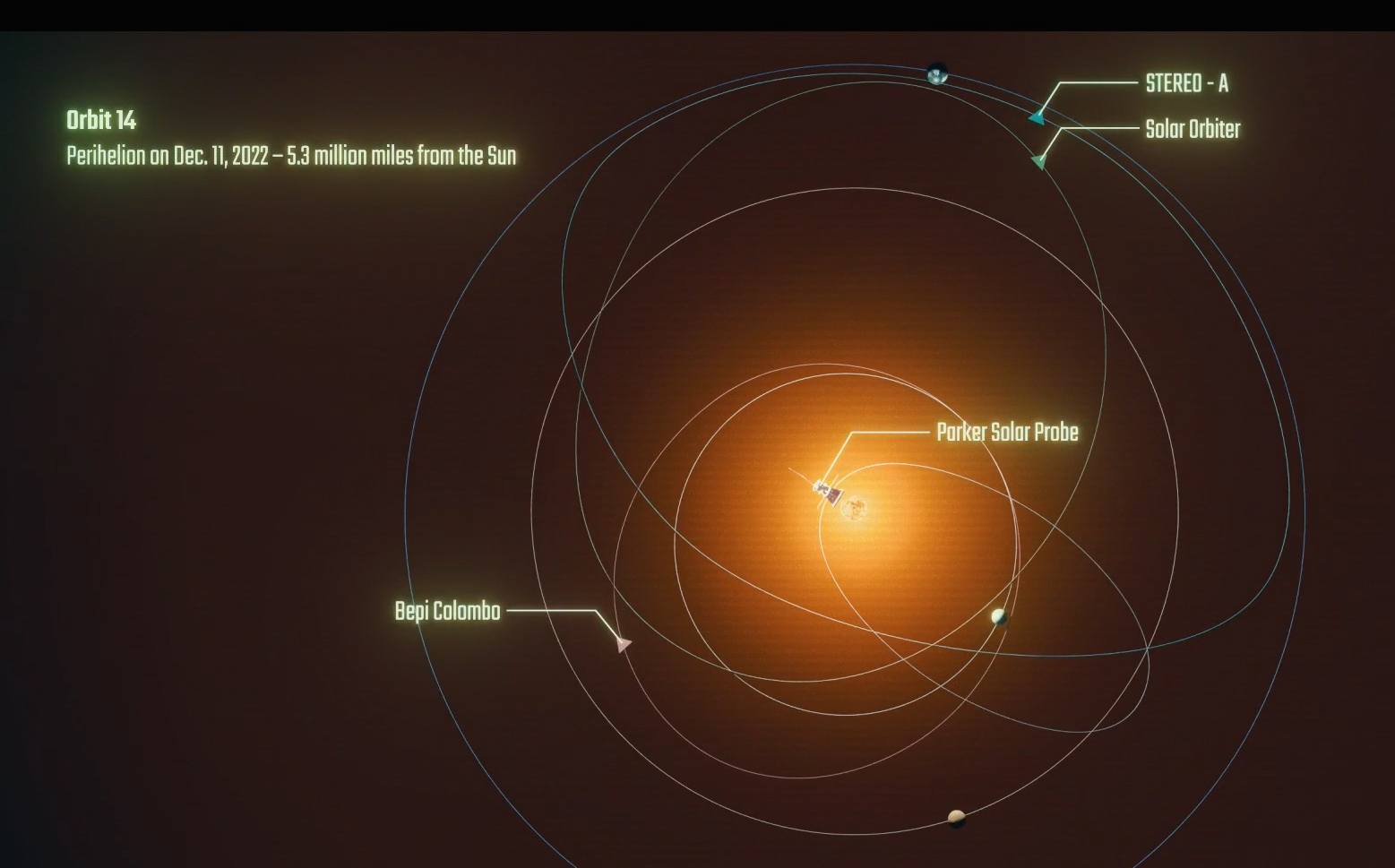
Parker Solar Probe Embarks on 14th Close Encounter with the Sun
Posted on 2022-12-14 10:24:50On Dec. 6, NASA’s Parker Solar Probe began the 14th of 24 planned close approaches to the Sun, eventually coming within 5.3 million miles of the solar surface. The closest approach – called perihelion – occurred on Dec. 11 at 8:16 a.m.
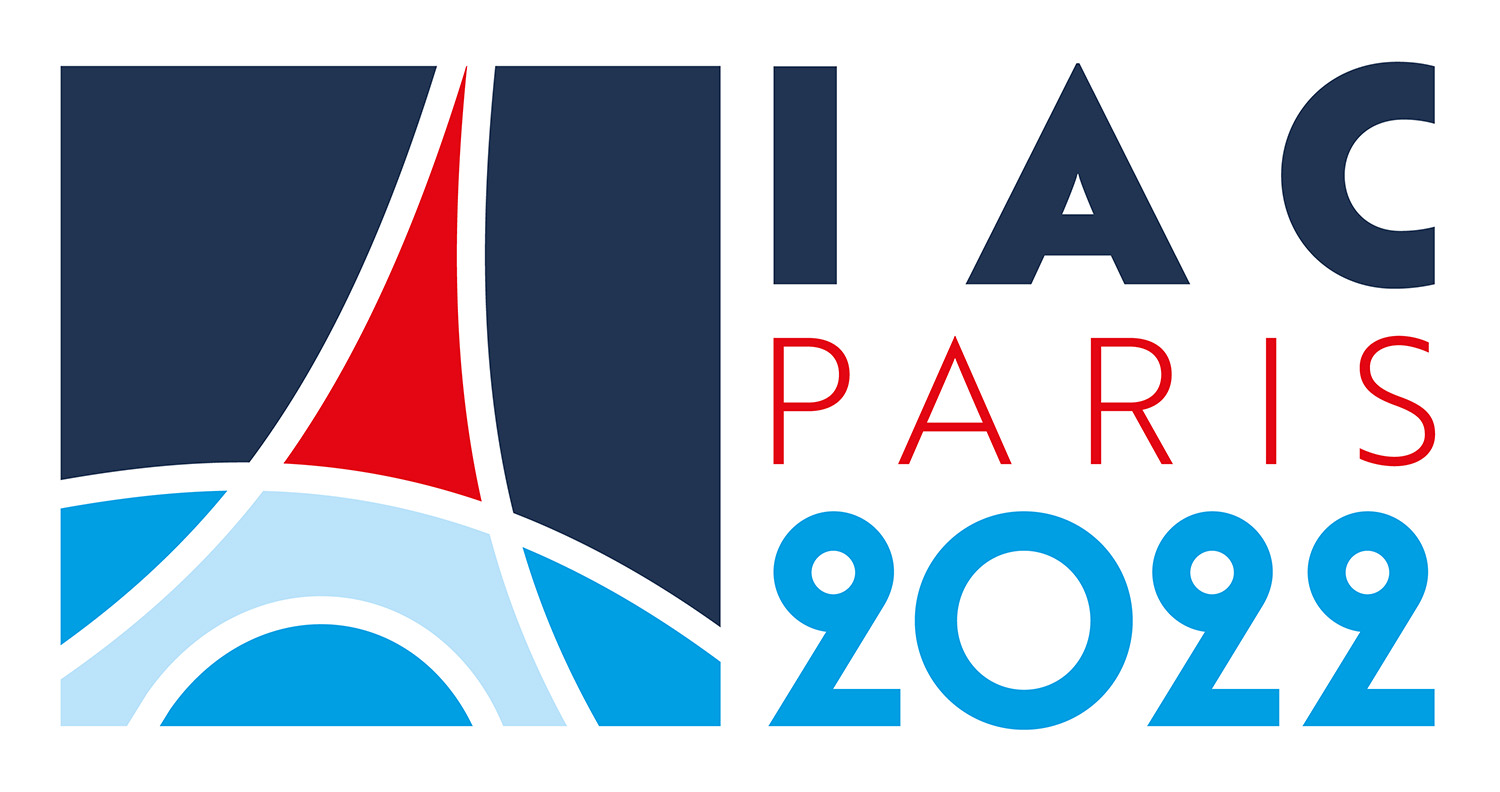
Parker Team Talks Extreme Exploration at International Conference
Posted on 2022-09-30 12:52:46Parker Solar Probe featured at the 2022 International Astronautical Congress (IAC) meeting Sept. 19 in Paris, as part of a highlighted talk, "Extreme Exploration: Parker Solar Probe and Solar Orbiter Trailblazing Around the Sun." Watch the video.

Parker Solar Probe Speeds Through Close Encounter with Highly Active Sun
Posted on 2022-09-07 11:57:32As NASA’s Parker Solar Probe rounded the Sun for its 13th close encounter with the Sun, or perihelion, on Sept. 6, it was operating in a much different solar environment than ever before.NASA reported earlier this summer that Solar Cycle 25 is already exceeding predictions for solar activity, even with solar maximum — the period in the Sun’s cycle when sunspots and solar activity are most abundant — not to come for another three years.
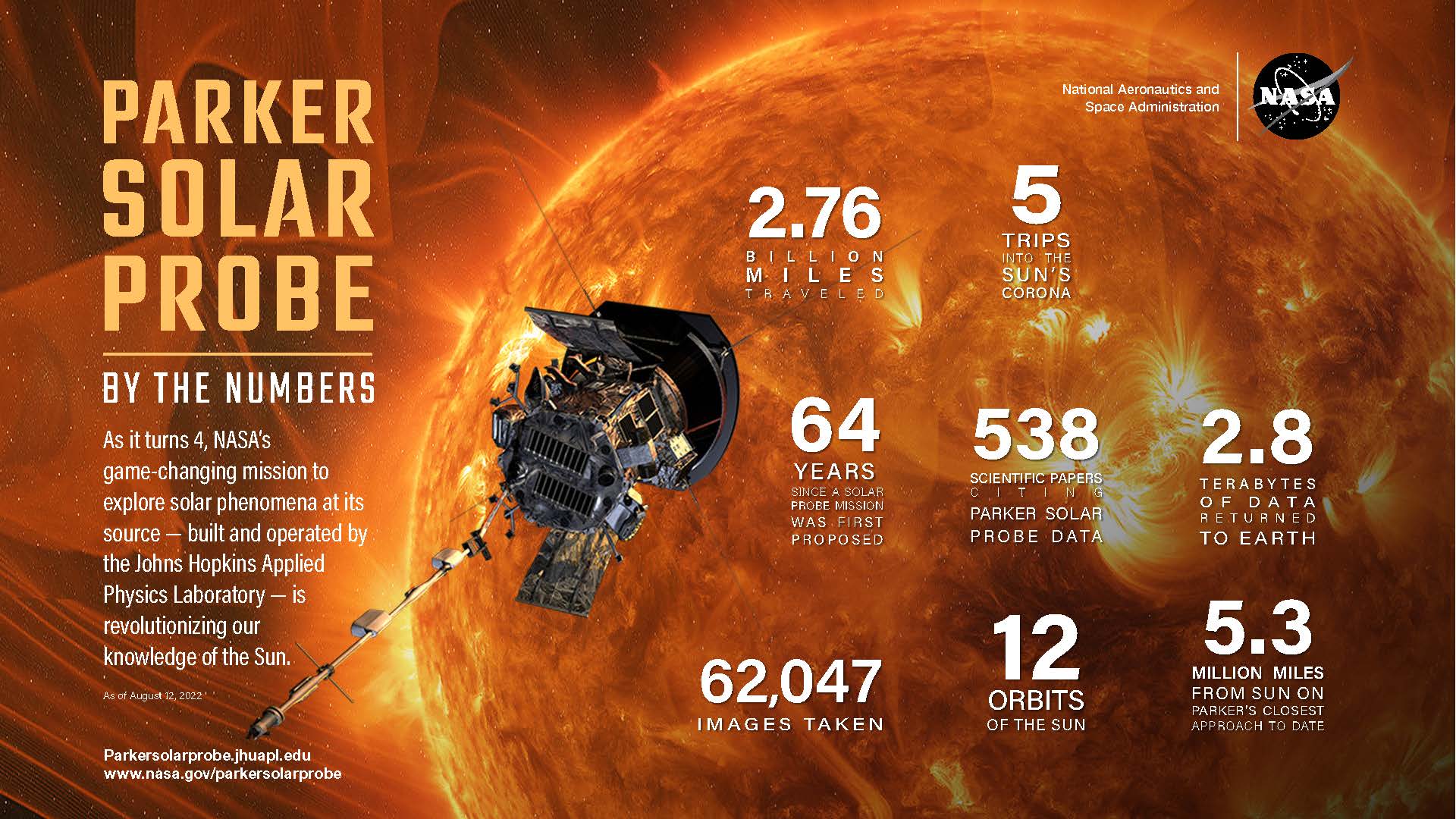
Parker Solar Probe Thriving Four Years after Launch
Posted on 2022-08-12 12:11:47As it orbits the Sun, NASA’s Parker Solar Probe encounters some of the most challenging conditions ever faced by a spacecraft: temperatures up to nearly 1,500 degrees Fahrenheit (800 degrees Celsius), space dust that could easily degrade materials and instruments, and intense light and high-speed particles escaping from our closest star.
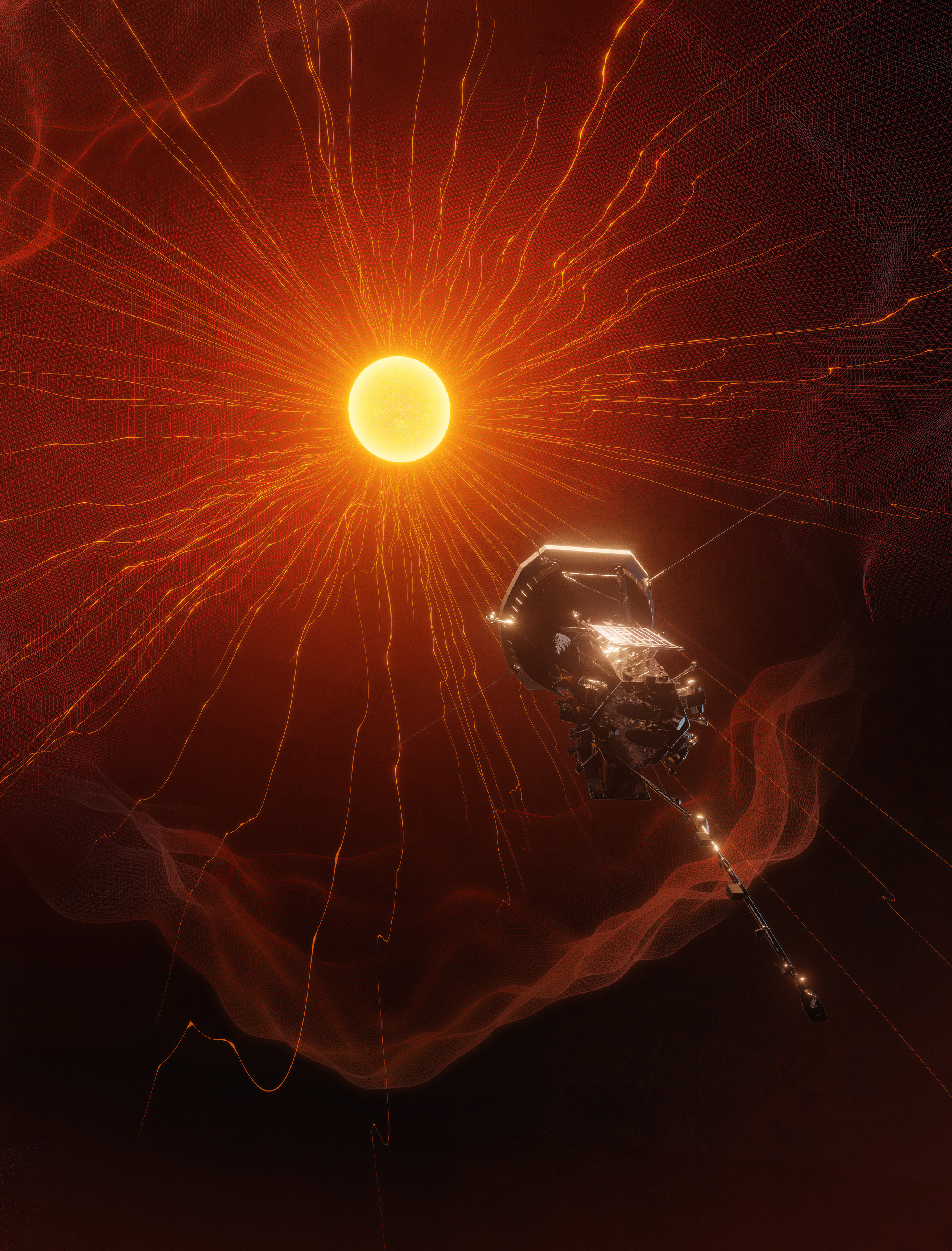
Parker Solar Probe Mission Earns International Academy of Astronautics Laurels Team Award
Posted on 2022-07-28 15:58:09The International Academy of Astronautics (IAA) presented its 2021 Laurels for Team Achievement Award to leaders of NASA's Parker Solar Probe mission, recognizing the team's efforts to create and operate humanity's first mission to "touch the Sun." Parker Solar Probe Project Scientist Nour Raouafi from the Johns Hopkins Applied Physics Laboratory (APL) in Laurel, Maryland, accepted the award July 16 during a ceremony ahead of the Committee on Space Research (COSPAR) 44th Scientific Assembly, held in Athens, Greece.

Parker Solar Probe Completes 12th Perihelion
Posted on 2022-06-02 13:55:54Matching its own records for speed and distance to the Sun, NASA's Parker Solar Probe completed its 12th close approach to the Sun on June 1, coming within 5.3 million miles (8.5 million kilometers) of the solar surface. The close approach (known as perihelion) occurred at 6:50 p.m.

Remembering Visionary Heliophysicist Eugene Parker
Posted on 2022-03-16 12:11:56Eugene N. Parker, visionary of heliophysics and namesake of NASA’s Parker Solar Probe mission, has passed away. He was 94. As a young professor at the University of Chicago in the mid-1950s, Parker developed a mathematical theory that predicted the solar wind, the constant outflow of solar material from the Sun.
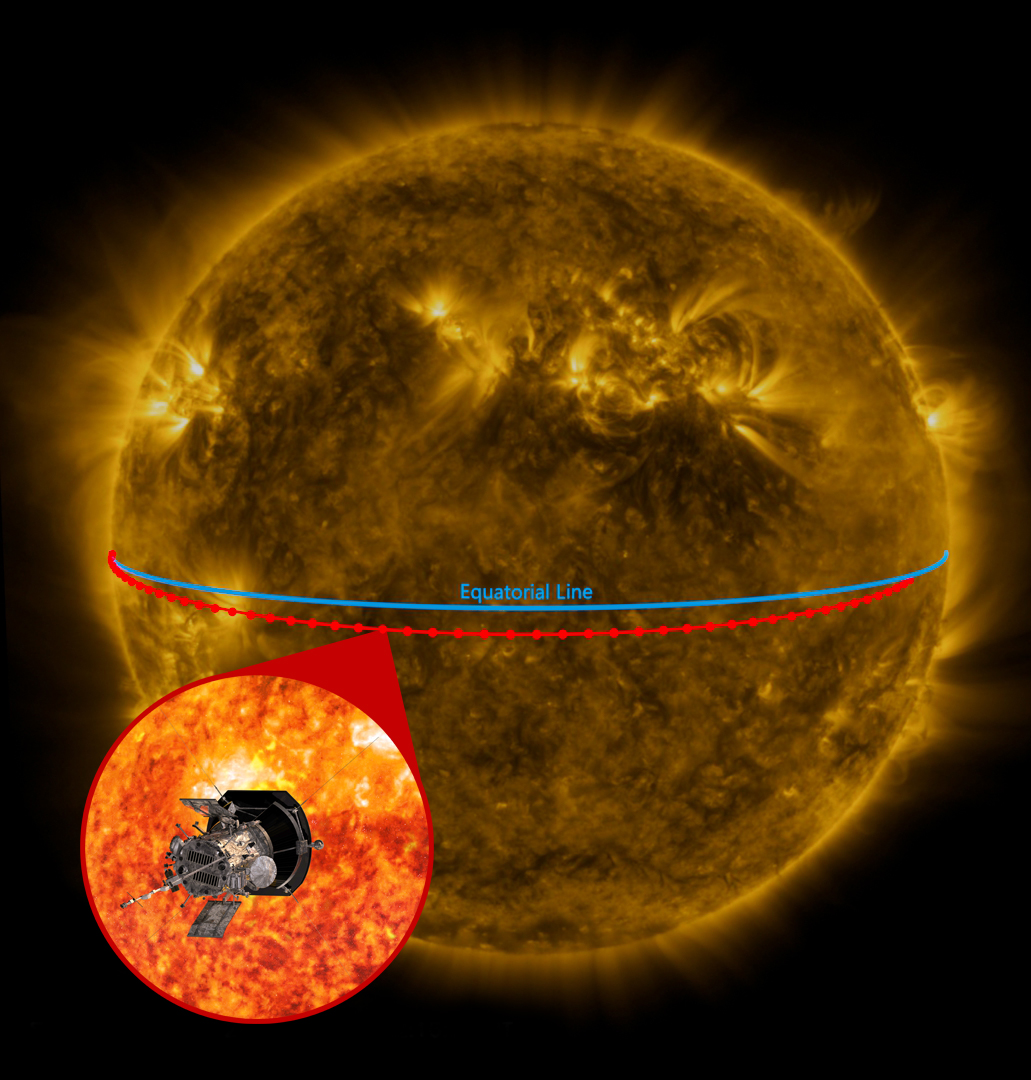
Telescopes Trained on Parker Solar Probe's Latest Pass Around the Sun
Posted on 2022-03-01 21:24:31As NASA's Parker Solar Probe completes its latest swing around the Sun, it's doing so in full view of dozens of other spacecraft and ground-based telescopes. These powerful instruments can't actually see Parker itself – the van-sized spacecraft is far too small for visible detection – but they offer from a distance what the probe is sensing close-up, as it samples and analyzes the solar wind and magnetic fields from as close as 5.3 million miles (8.5 million kilometers) from the Sun's surface.Occurring at 10:36 a.m.
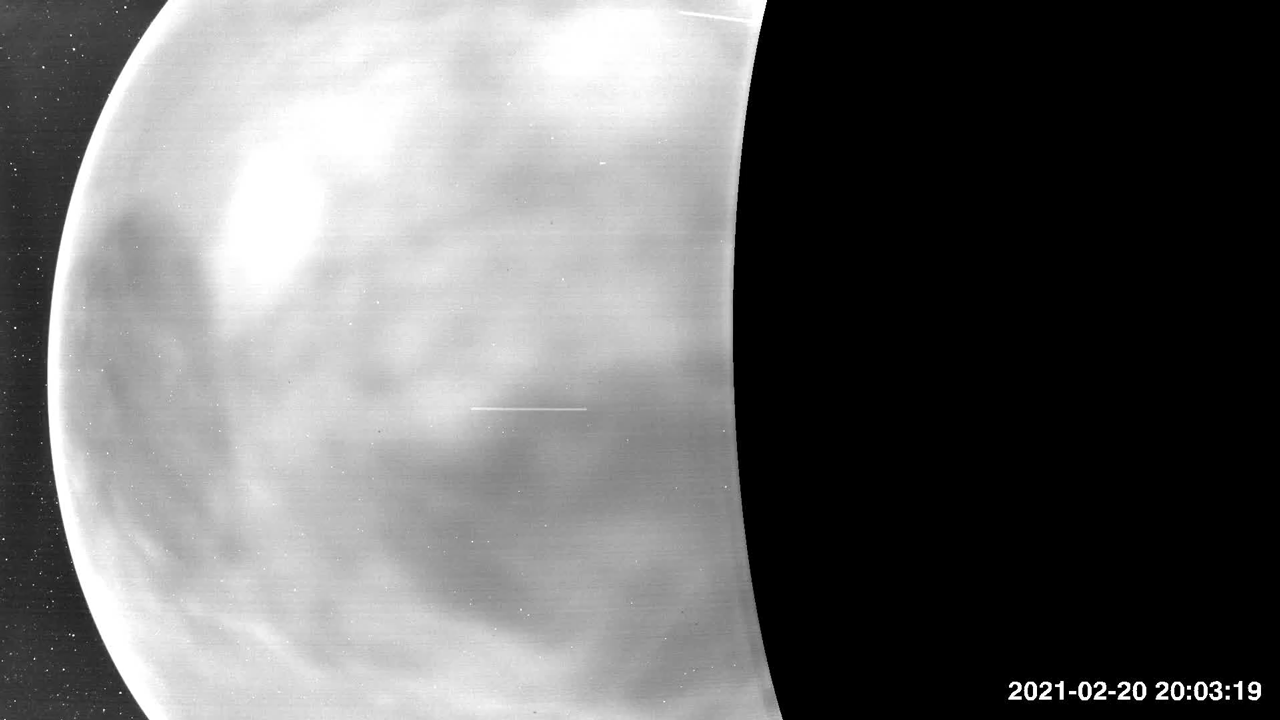
Visions of Venus
Posted on 2022-02-09 10:35:30Since Parker Solar Probe captured its first visible light images of Venus’ surface from orbit in July 2020, a subsequent flyby allowed the spacecraft to gather more images, which mission scientists strung together into a video of Venus’ entire nightside.
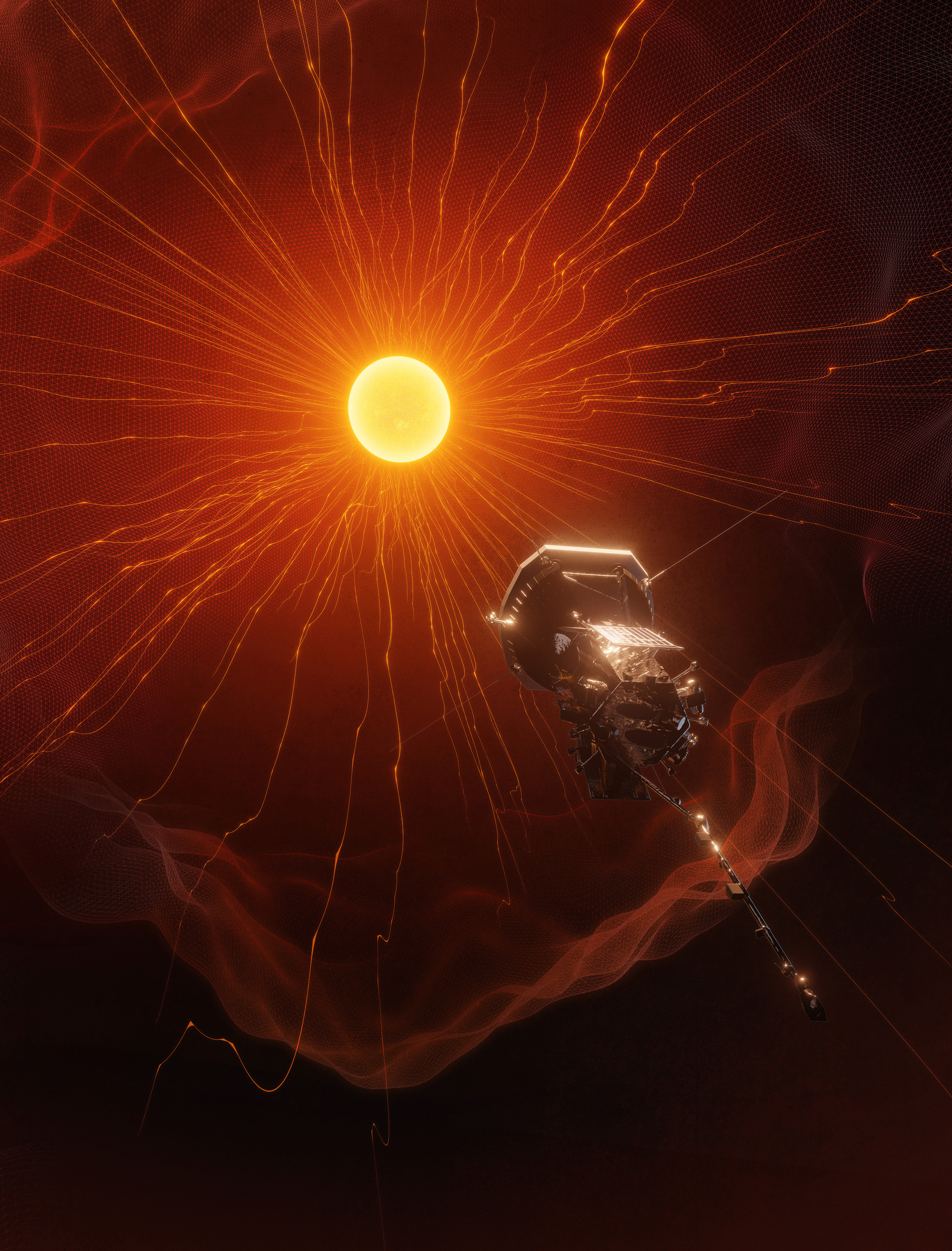
Parker Solar Probe Touches the Sun for the First Time, Bringing New Discoveries
Posted on 2021-12-14 10:59:52A major milestone and new results from NASA’s Parker Solar Probe were announced Dec. 14 in a press conference at the 2021 American Geophysical Union Fall Meeting in New Orleans.
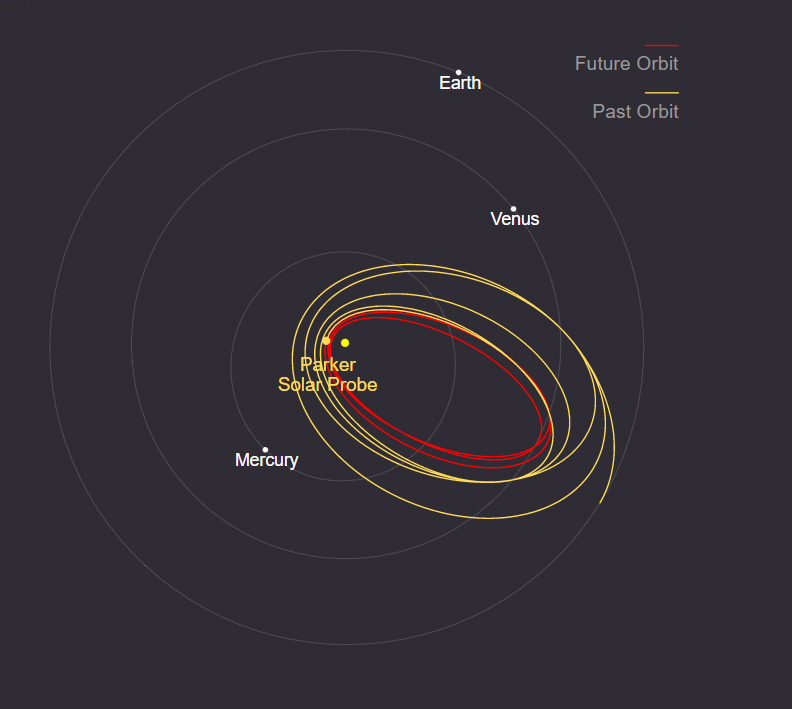
Parker Solar Probe Completes a Record-Setting Swing by the Sun
Posted on 2021-11-22 16:53:38Blazing along at space-record speeds that would get it from Earth to the Moon in under an hour, NASA’s Parker Solar Probe completed its 10th close approach to the Sun on Nov. 21, coming within 5.3 million miles (8.5 million kilometers) of the solar surface.
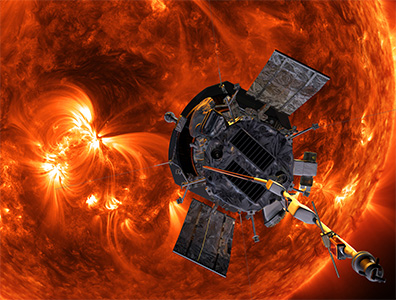
Space Dust Presents Opportunities, Challenges as Parker Solar Probe Speeds Back to the Sun
Posted on 2021-11-10 14:44:47Propelled by a recent swing past Venus, NASA’s Parker Solar Probe is healthy and performing normally as it heads toward its next closest approach to the Sun on Nov. 21.Parker Solar Probe will break its own distance and speed records on that approach – the 10th of 24 planned, progressively closer trips around the Sun – when it comes about 5.3 million miles (8.5 million kilometers) from the Sun's surface, while reaching top speeds of 101 miles (163 kilometers) per second, or 364,621 miles per hour.

Parker Solar Probe Completes Its Fifth Venus Flyby
Posted on 2021-10-18 08:28:41NASA’s Parker Solar Probe is speeding in toward the Sun after a swing past Venus on Oct. 16, successfully using the planet’s gravity to shape its path for its next closest approach to our star.At just after 5:30 a.m.
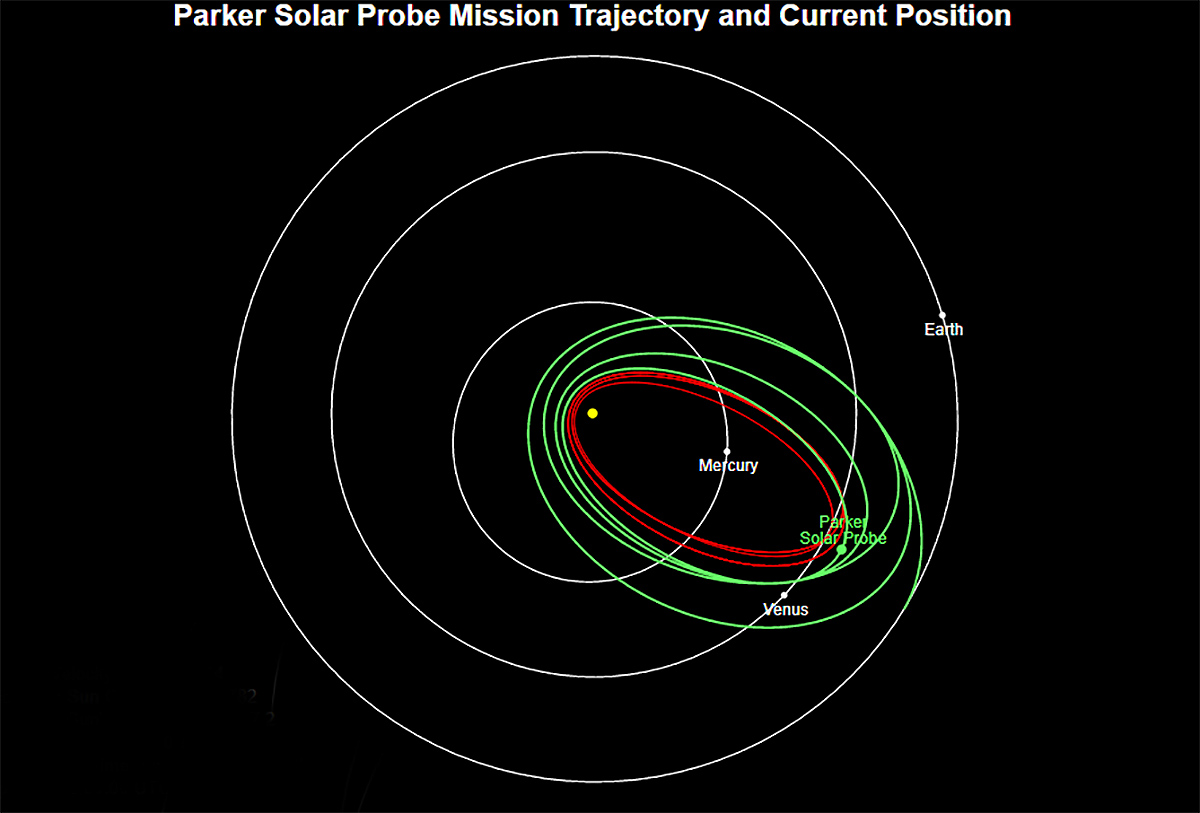
Short Maneuver Targets Parker Solar Probe for Venus Flyby
Posted on 2021-09-30 18:00:47On Sept. 29, NASA’s Parker Solar Probe completed a small maneuver that refined its path for a flyby of Venus in two weeks.The maneuver, monitored from the mission operations center at the Johns Hopkins Applied Physics Laboratory in Laurel, Maryland, lasted just five seconds and trimmed the spacecraft's velocity by 9.7 centimeters per second, or less than a quarter of a mile per hour.

Cloud Covered
Posted on 2021-09-09 11:00:00Parker Solar Probe Team Sheds New Light on Structure, Behavior of Inner Solar System Dust Scientists using data from NASA's Parker Solar Probe have assembled a comprehensive picture of the structure and behavior of the large cloud of space dust that swirls through the innermost solar system - and the new insight offers clues to similar clouds around stars across the universe.Research teams led by Jamey Szalay of Princeton University and Anna Pusack of University of Colorado, Laboratory for Atmospheric and Space Physics took advantage of Parker Solar Probe's flight path - an orbit that swings it closer to Sun than any spacecraft in history - to get the best direct look yet at the most active region of the zodiacal cloud, a dusty cloud of grains shed from passing comets and asteroids.

Successful Ninth Solar Flyby for Parker Solar Probe
Posted on 2021-08-13 10:47:17On Aug. 13, 2021, at 5:50 a.m. EDT, mission controllers at the Johns Hopkins University Applied Physics Laboratory, in Laurel, Maryland, received a “tone one” beacon from Parker Solar Probe, indicating that all systems were healthy and operating normally after the spacecraft’s ninth close approach to the Sun on Aug.
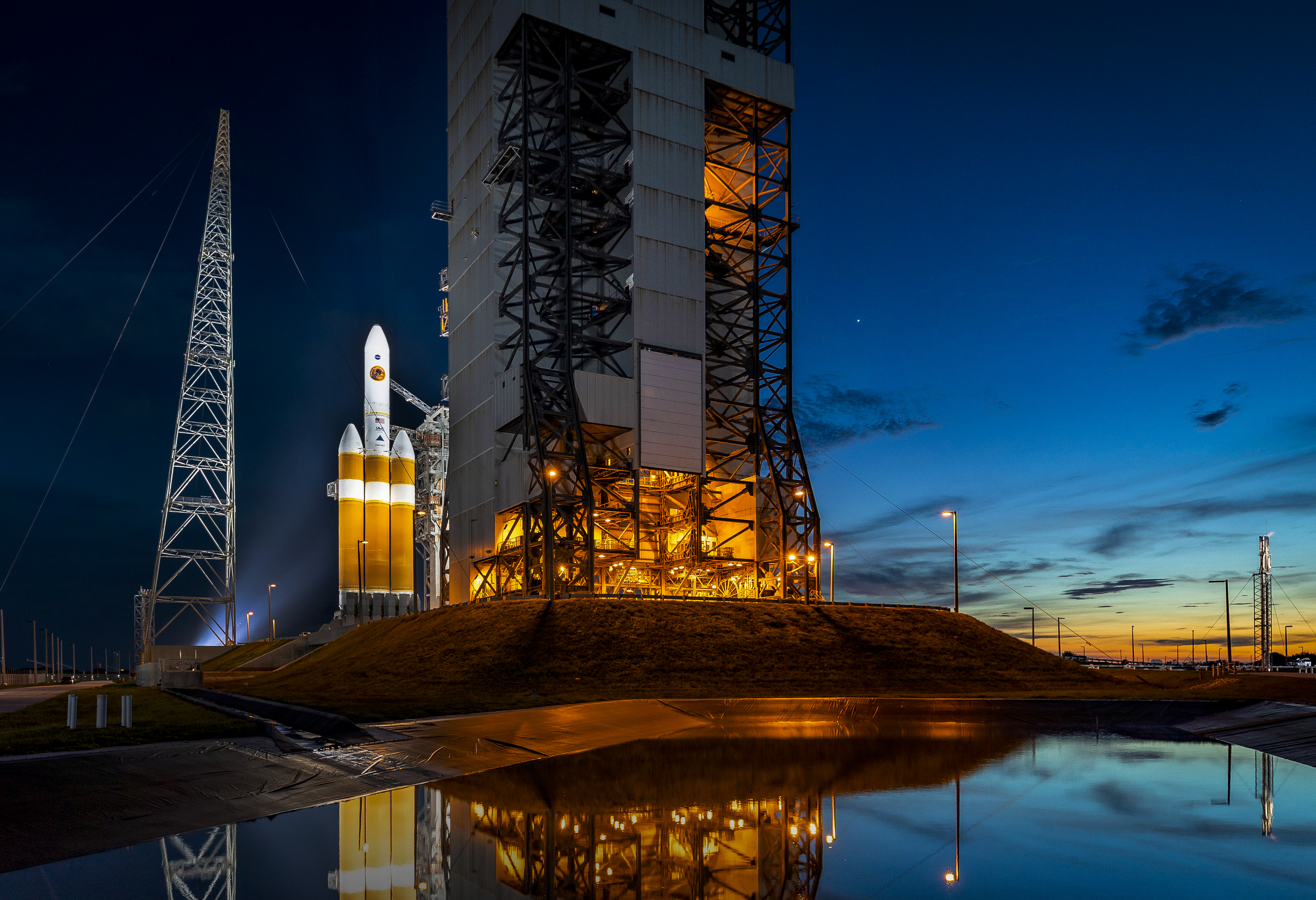
On Third Launch Anniversary, Team Reflects on the Promise of Parker Solar Probe
Posted on 2021-08-12 08:12:41Three years after launch, members of Parker Solar Probe team reflect on the efforts to ready the spacecraft to collect unprecedented data on the solar wind and environment around the Sun, and the promise of great discoveries to come.READ THE ARTICLES >>

Parker Solar Probe Speeding through Latest Science Encounter
Posted on 2021-08-06 13:26:14NASA’s Parker Solar Probe is speeding busily through its ninth science-gathering solar encounter, heading toward a close approach of the Sun on Aug. 9 that will take it to within about 6.5 million miles (10.4 million kilometers, or 14.97 solar radii) of the solar surface.
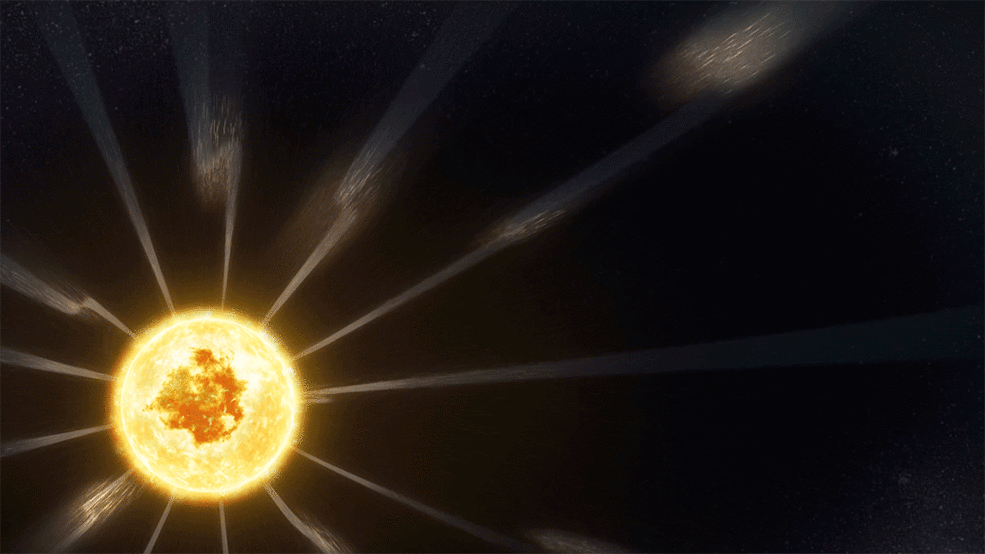
Parker Solar Probe Team Earns National Space Club and Foundation Aerospace Award
Posted on 2021-06-11 13:18:25After nearly three years in space, NASA’s Parker Solar Probe has not only made numerous passes around our fiery orb, inching closer to the Sun than any spacecraft before it, but it has also ushered in discoveries that are shaping scientists’ understanding of Earth’s star.For its efforts to untangle the long-standing mysteries of the complex solar environment, the Parker Solar Probe team has earned the National Space Club and Foundation’s Nelson P. Jackson Award, which recognizes the most outstanding contribution to aerospace in the preceding year.Designed, built and operated by APL, the Parker Solar Probe spacecraft has successfully endured the brutal conditions near the Sun’s corona with the help of its cutting-edge heat shield, water-cooled solar panels and high-precision guidance and autonomy systems, allowing for unprecedented and long-awaited close-up observations of our star.These observations are addressing questions that puzzled scientists for decades, such as how the Sun’s corona is heated and how the solar wind accelerates through space to inevitably impact our environment on Earth.The Parker Solar Probe team has started piecing that puzzle together, thanks to the intrepid spacecraft and its suite of instruments, which have given scientists a look at the previously unseen dust-free zone surrounding the Sun, as well as front-seat views of the turbulent activity near its surface.
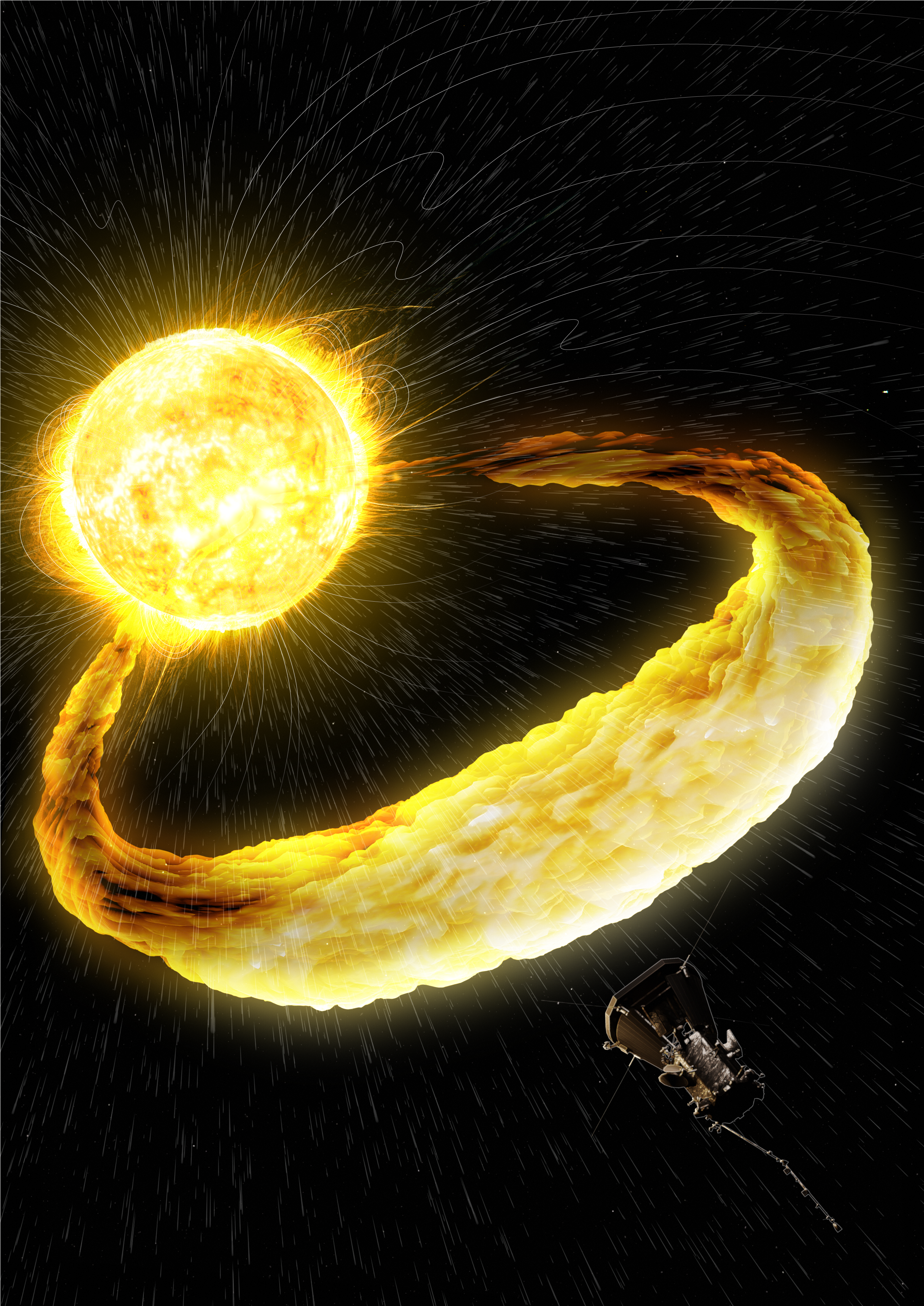
Parker Solar Probe Ushers in New Science on the Sun and Solar Wind
Posted on 2021-06-02 21:29:50Scientists using data from NASA’s Parker Solar Probe released a new collection of research papers in a special issue of the journal Astronomy & Astrophysics on June 2. The issue, titled Parker Solar Probe: Ushering a New Frontier in Space Exploration, includes 37 papers on discoveries made during mission's first four orbits around the Sun.
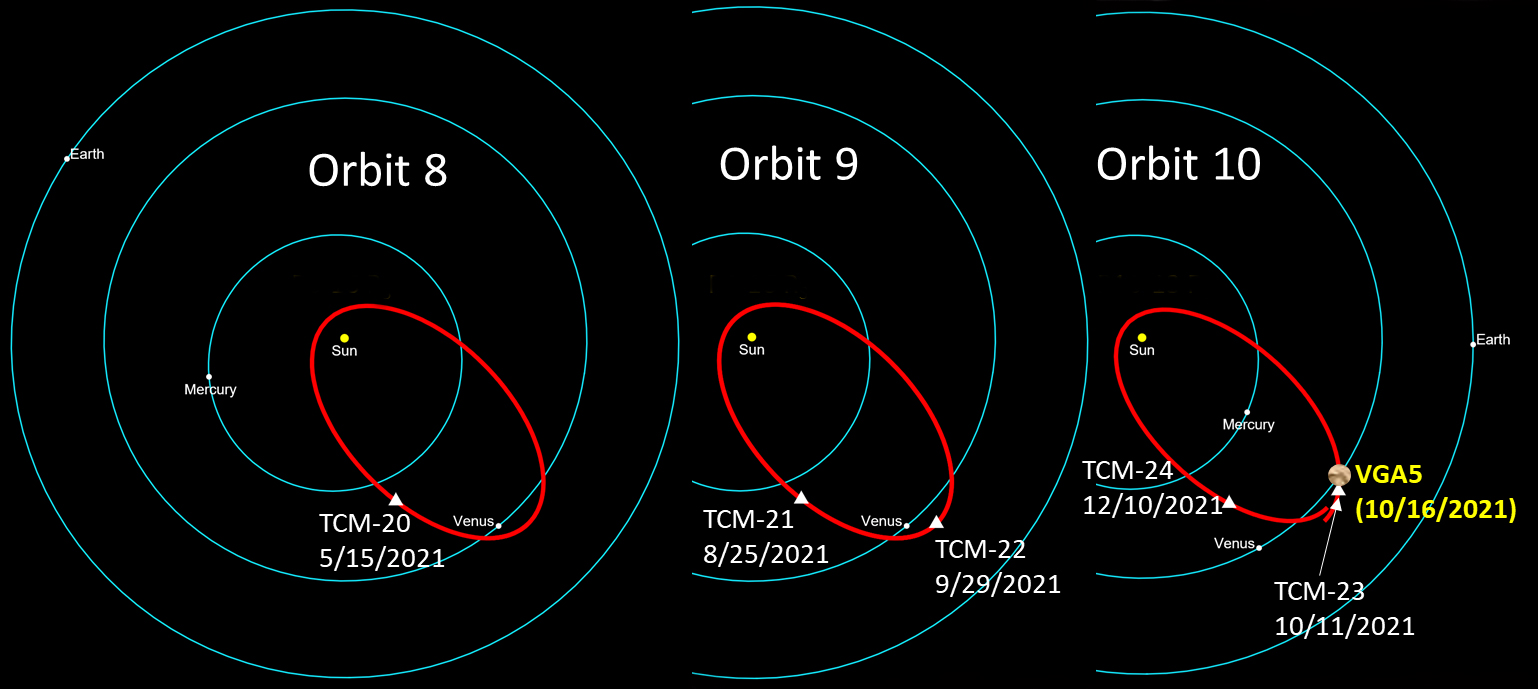
Course Correction Points Parker Solar Probe to Next Venus Flyby
Posted on 2021-05-19 12:26:14NASA's Parker Solar Probe executed a small maneuver on May 15 that corrected the trajectory errors from a gravity-assist flyby of Venus in February -- and put the probe on newly optimized path for its next Venus gravity assist on Oct.

Parker Solar Probe Keeps Its Cool as It Speeds Closer to the Sun
Posted on 2021-04-29 15:14:14NASA’s Parker Solar Probe has started its eighth science-gathering solar encounter, putting it one-third of the way through its planned journey of 24 progressively closer loops around the Sun.
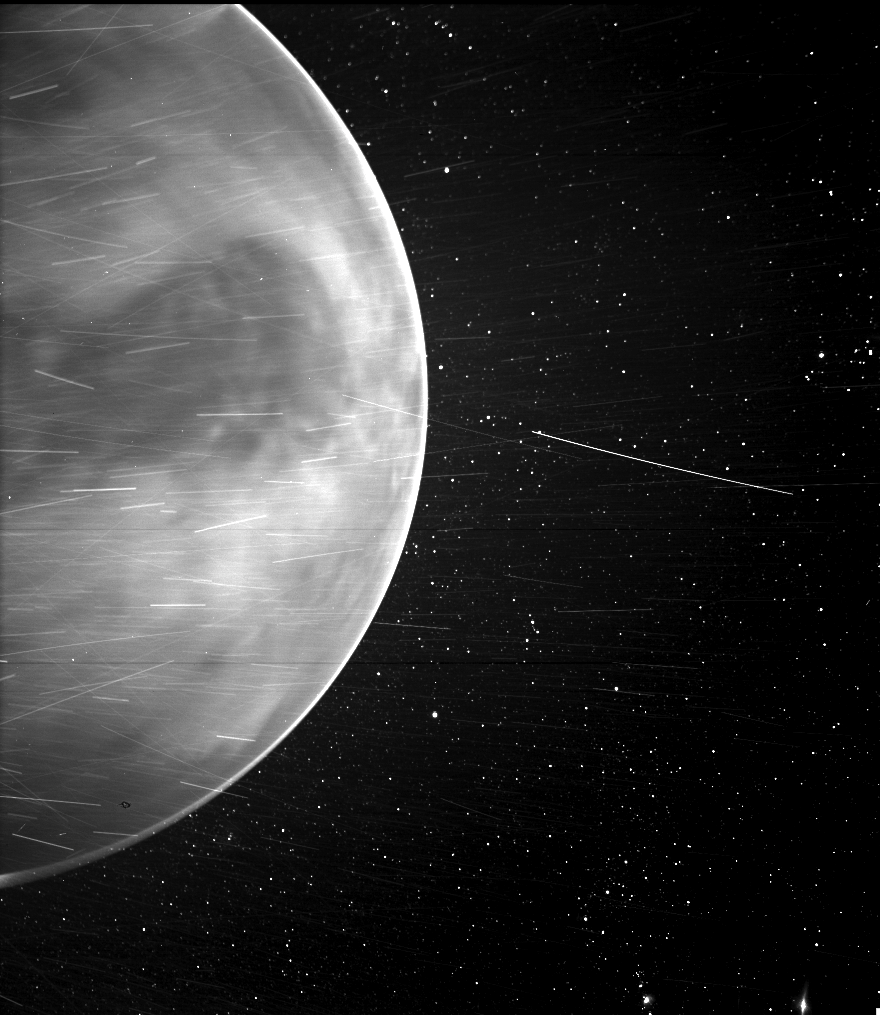
Parker Solar Probe Offers Stunning View of Venus
Posted on 2021-02-24 16:04:40NASA’s Parker Solar Probe captured stunning views of Venus during its close flyby of the planet in July 2020. Though Parker Solar Probe’s focus is the Sun, Venus plays a critical role in the mission: The spacecraft whips by Venus a total of seven times over the course of its seven-year mission, using the planet’s gravity to bend the spacecraft’s orbit.

Parker Solar Probe Completes Fourth Venus Flyby
Posted on 2021-02-21 15:14:32NASA’s Parker Solar Probe sped past Venus on Feb. 20, using the planet’s gravity to shape its path for its next close approaches (or perihelia) to the Sun. At just after 3:05 p.m.

Parker Solar Probe Captures a Planetary Portrait
Posted on 2021-01-26 15:10:27Its proximity to the Sun not only puts NASA’s Parker Solar Probe in position to grab unprecedented information on the nascent solar wind and solar activity, it also affords the spacecraft some unique (and pretty cool) views of our solar system.
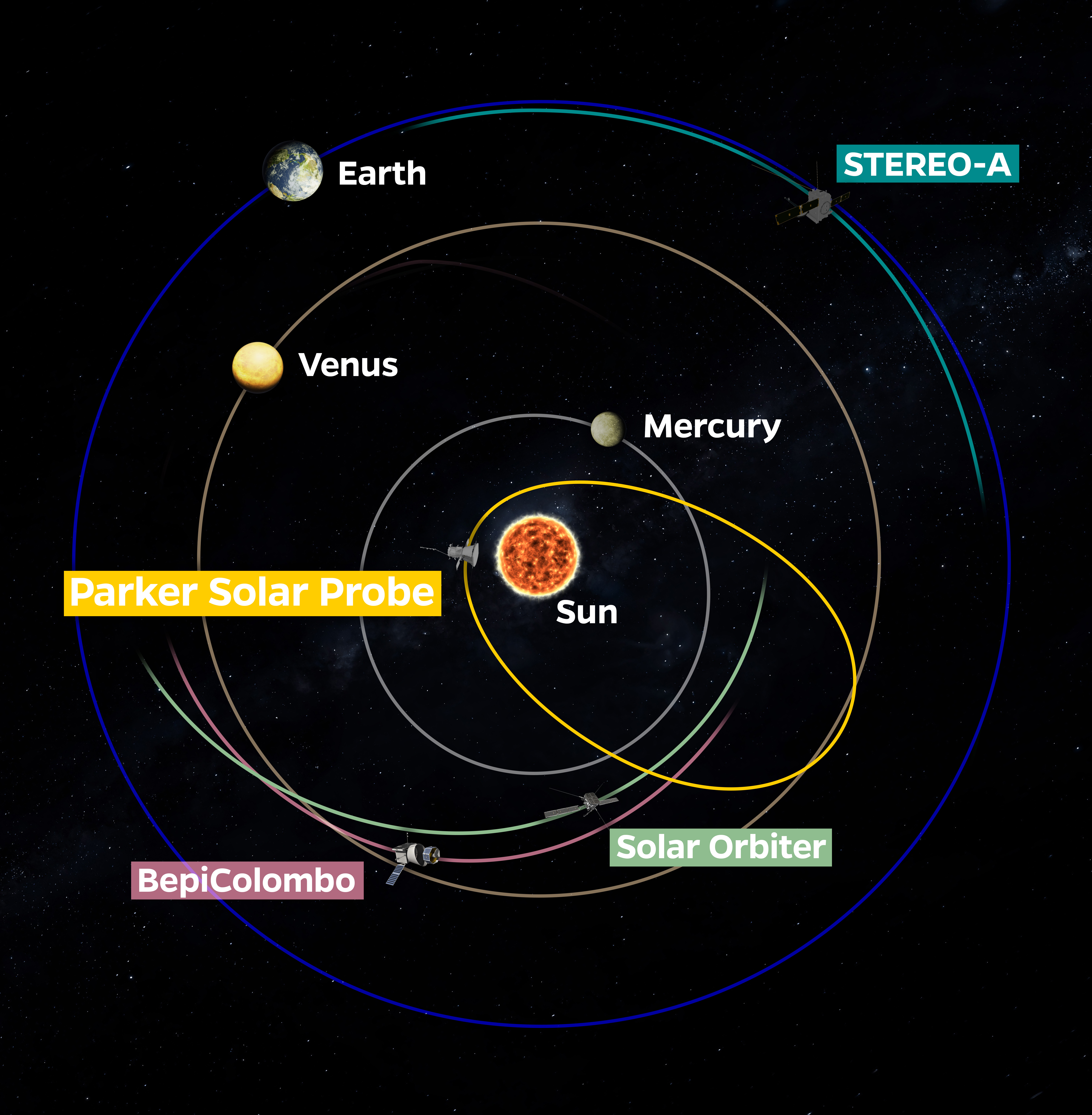
Parker Solar Probe Marks Seventh Successful Swing Around the Sun
Posted on 2021-01-21 14:32:33There are lots of eyes on the Sun this week, as NASA’s Parker Solar Probe swings around our star on the seventh of its 24 scheduled orbits. None are closer than Parker Solar Probe, which passed just 8.4 million miles (13.5 million kilometers) from the Sun’s surface while flying at 289,932 miles per hour (466,600 kilometers per hour) on Jan.
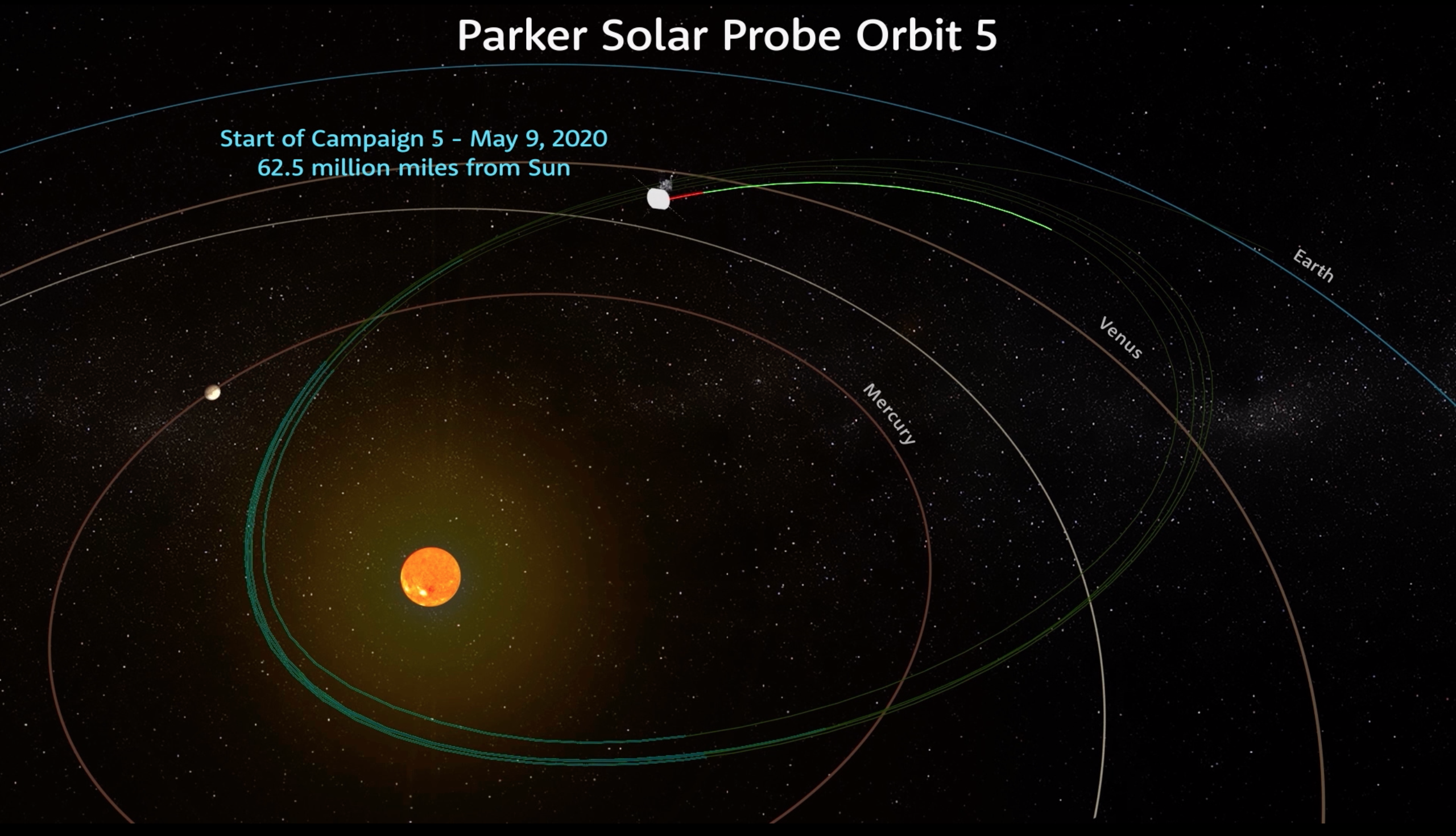
Data from Parker Solar Probe’s Fifth Orbit Now Available
Posted on 2020-11-17 11:16:41Data from Parker Solar Probe’s fifth orbit around the Sun is now available to the public. This latest batch of science data was collected by Parker Solar Probe’s four instrument suites this past summer, and covers the mission’s fifth solar encounter — including closest approach to the Sun, called perihelion, on June 7— and a special observation period for the mission’s third Venus flyby in July.
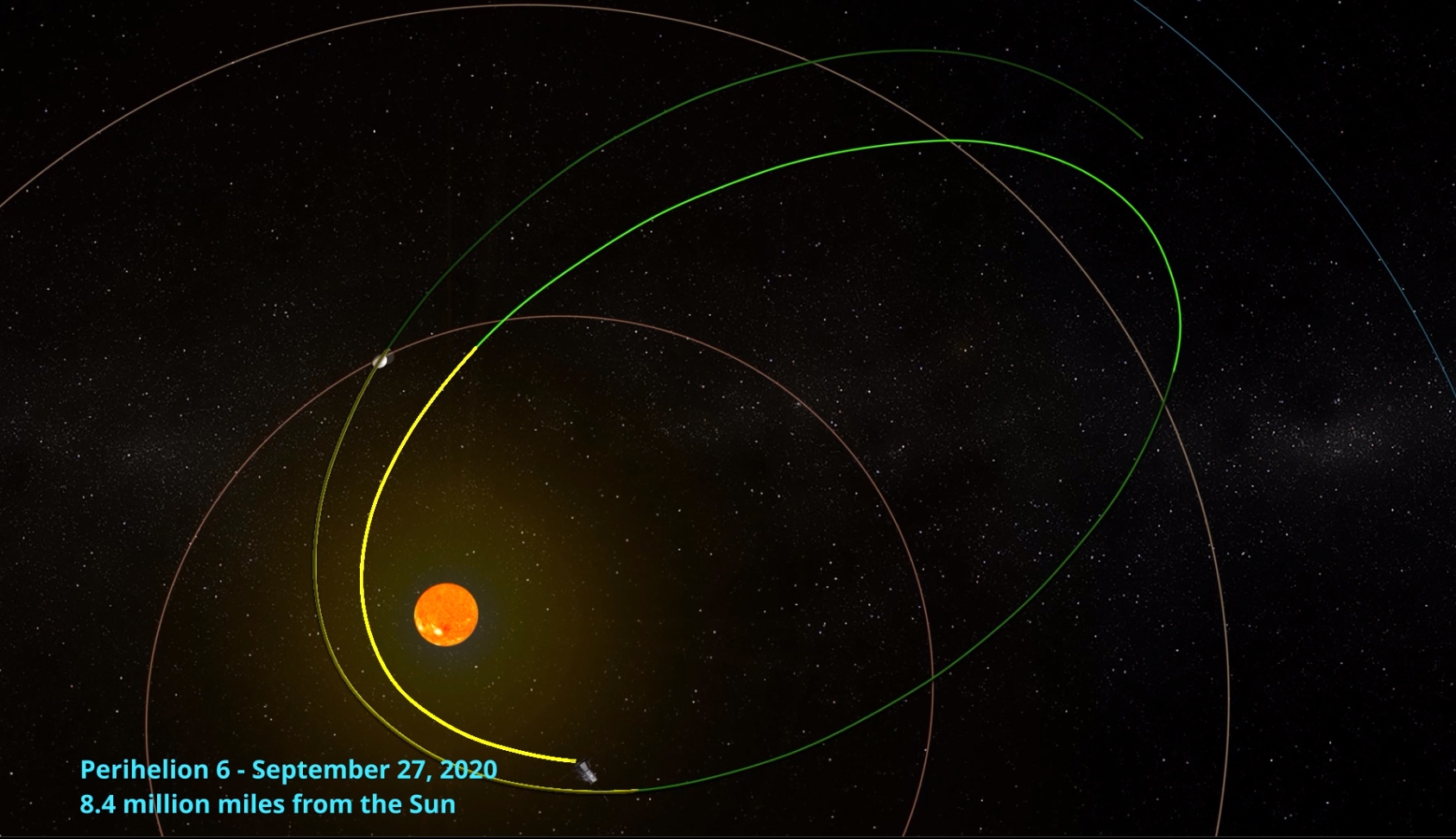
Parker Solar Probe ‘Phones Home’ After Sixth Sun Flyby
Posted on 2020-09-30 14:10:19Zooming away from the Sun, NASA’s Parker Solar Probe checked in with its operators on Earth early on Sept. 30, 2020, letting them know it’s healthy and operating normally after another record-setting close approach to our star on Sept.

Parker Solar Probe Speeds Toward Record-Setting Close Approach to the Sun
Posted on 2020-09-25 11:39:04Propelled by a midsummer flyby of Venus, NASA’s Parker Solar Probe has started yet another record-setting, science-gathering swing around the Sun, its sixth flyby of our star.Some instruments on the spacecraft have been turned on since late August, collecting data on the near-Sun environment and the solar wind as it streams from our star.
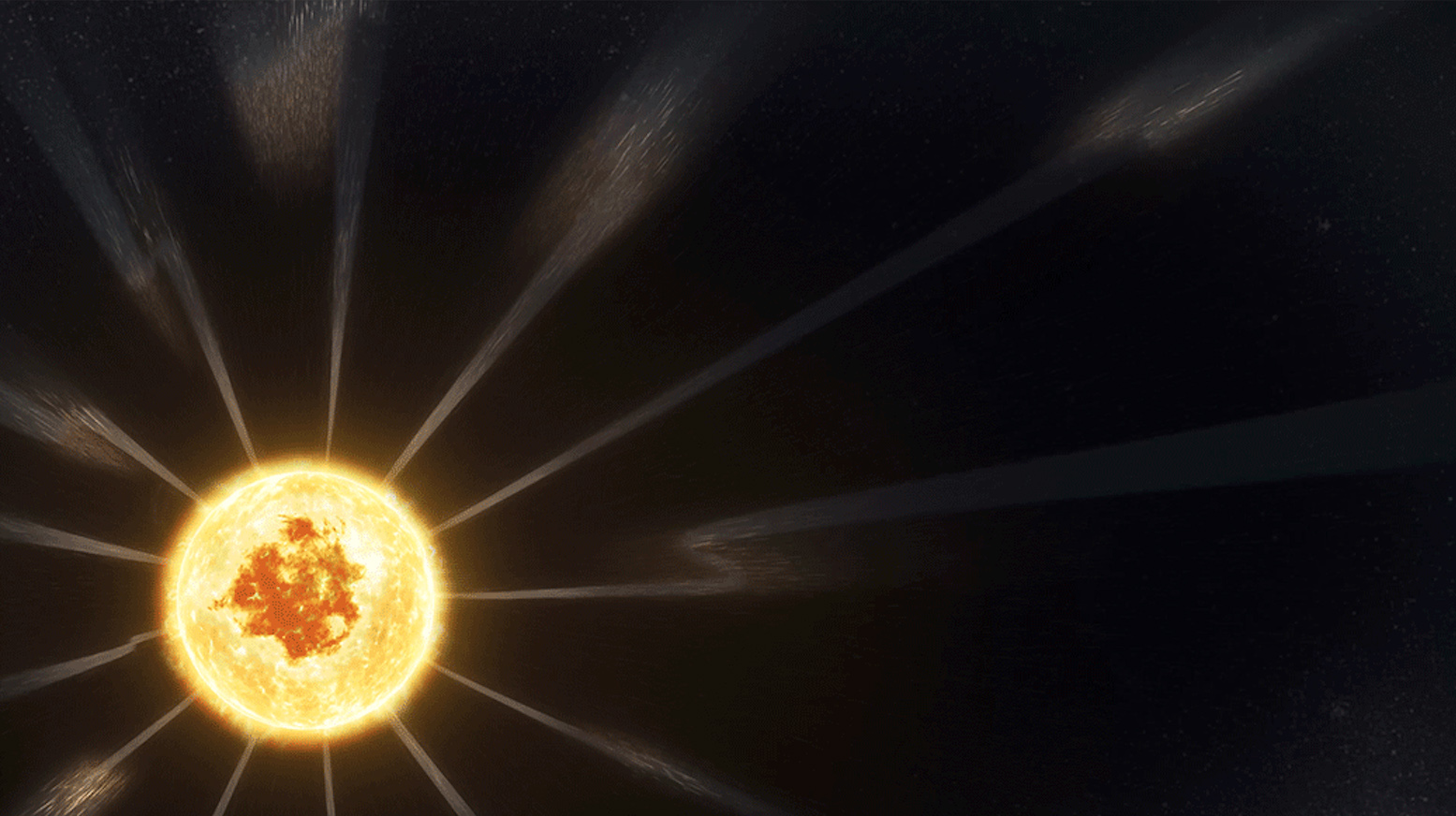
Parker Solar Probe Mission Releases Science Data from Fourth Orbit
Posted on 2020-09-16 10:54:52Just over a month after Parker Solar Probe marked two action-packed years in space—and hot on the heels of its third Venus flyby and fifth solar orbit—the mission to “touch” the Sun released another trove of data to the public on Sept.

Parker Solar Probe Mission Turns a Terrific Two
Posted on 2020-08-12 10:52:36Perched atop a powerful Delta IV Heavy rocket, NASA's Parker Solar Probe roared into the predawn skies over Florida's Cape Canaveral Air Force Station on Aug. 12, 2018. The durable spacecraft, built and operated at the Johns Hopkins Applied Physics Laboratory in Laurel, Maryland, has already set speed and solar-distance records, and continues on its journey to unlock the mysteries of our star.
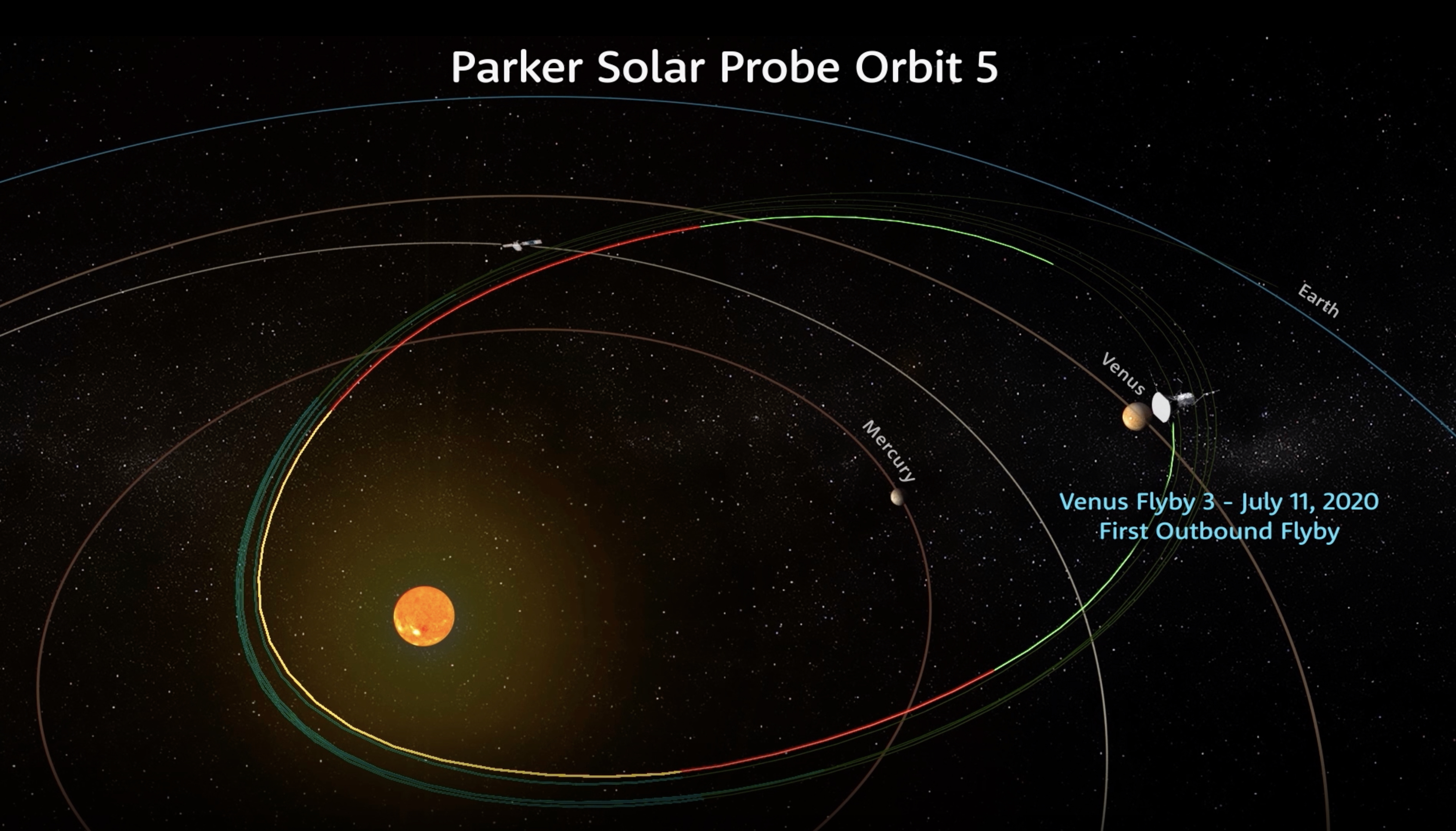
Parker Solar Probe Prepares for Third Venus Flyby
Posted on 2020-07-10 12:05:00Coming off its fifth encounter with the Sun — and the mission’s longest observation campaign yet — Parker Solar Probe is now headed toward Venus. Early on July 11, 2020 (UTC), the spacecraft will perform its first outbound flyby of Venus, passing approximately 516 miles above the surface as it curves around the planet.
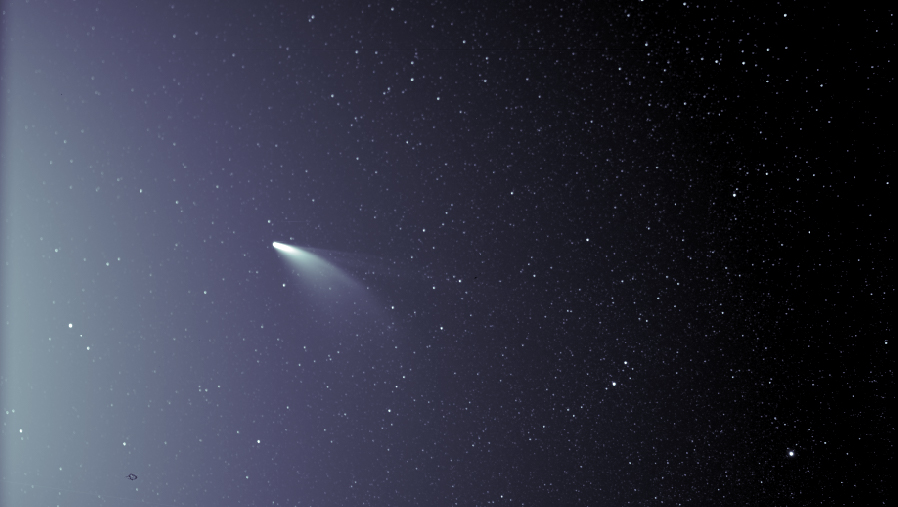
NASA’s Parker Solar Probe Spies Newly-Discovered Comet NEOWISE
Posted on 2020-07-10 16:43:03NASA’s Parker Solar Probe was at the right place at the right time to capture a unique view of comet NEOWISE on July 5, 2020. Parker Solar Probe’s position in space gave the spacecraft an unmatched view of the comet’s twin tails when it was particularly active just after its closest approach to the Sun, called perihelion.

Parker Solar Probe Teams Up With Observatories Around Solar System for 4th Solar Encounter
Posted on 2020-06-16 10:34:10At the heart of understanding our space environment is the knowledge that conditions throughout space — from the Sun to the atmospheres of planets to the radiation environment in deep space — are connected.Studying this connection – a field of science called heliophysics — is a complex task: Researchers track sudden eruptions of material, radiation, and particles against the background of the ubiquitous outflow of solar material.A confluence of events in early 2020 created a nearly ideal space-based laboratory, combining the alignment of some of humanity's best observatories — including Parker Solar Probe, during its fourth solar flyby — with a quiet period in the Sun's activity, when it's easiest to study those background conditions.
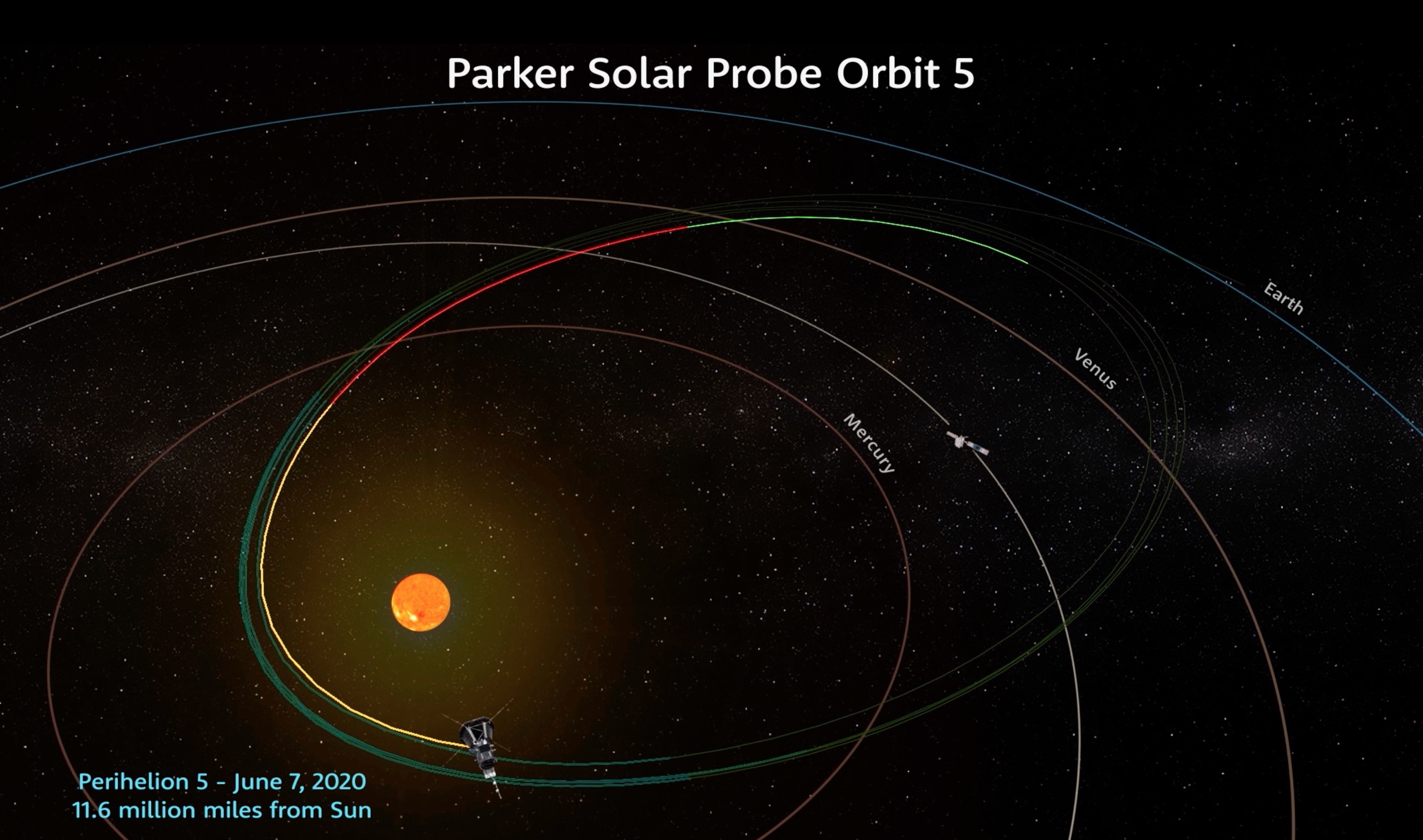
Parker Solar Probe Signals Successful Fifth Encounter of the Sun
Posted on 2020-06-09 17:20:32On June 9, 2020, NASA’s Parker Solar Probe signaled the success of its fifth close pass by the Sun, called perihelion, with a radio beacon tone. The spacecraft completed the fifth perihelion of its mission two days prior, flying within 11.6 million miles from the Sun's surface, reaching a top speed of about 244,225 miles per hour, which matches the spacecraft’s own records for closest human-made object to the Sun and fastest human-made object, set during its fourth orbit on January 29.

Parker Solar Probe Begins Longest Science Observation Campaign
Posted on 2020-05-12 14:29:04On May 9, 2020, NASA’s Parker Solar Probe began its longest observation campaign to date. The spacecraft, which has already completed four progressively closer orbits around the Sun, activated its instruments at a distance of 62.5 million miles from the Sun’s surface, some 39 million miles farther from the Sun than a typical solar encounter.
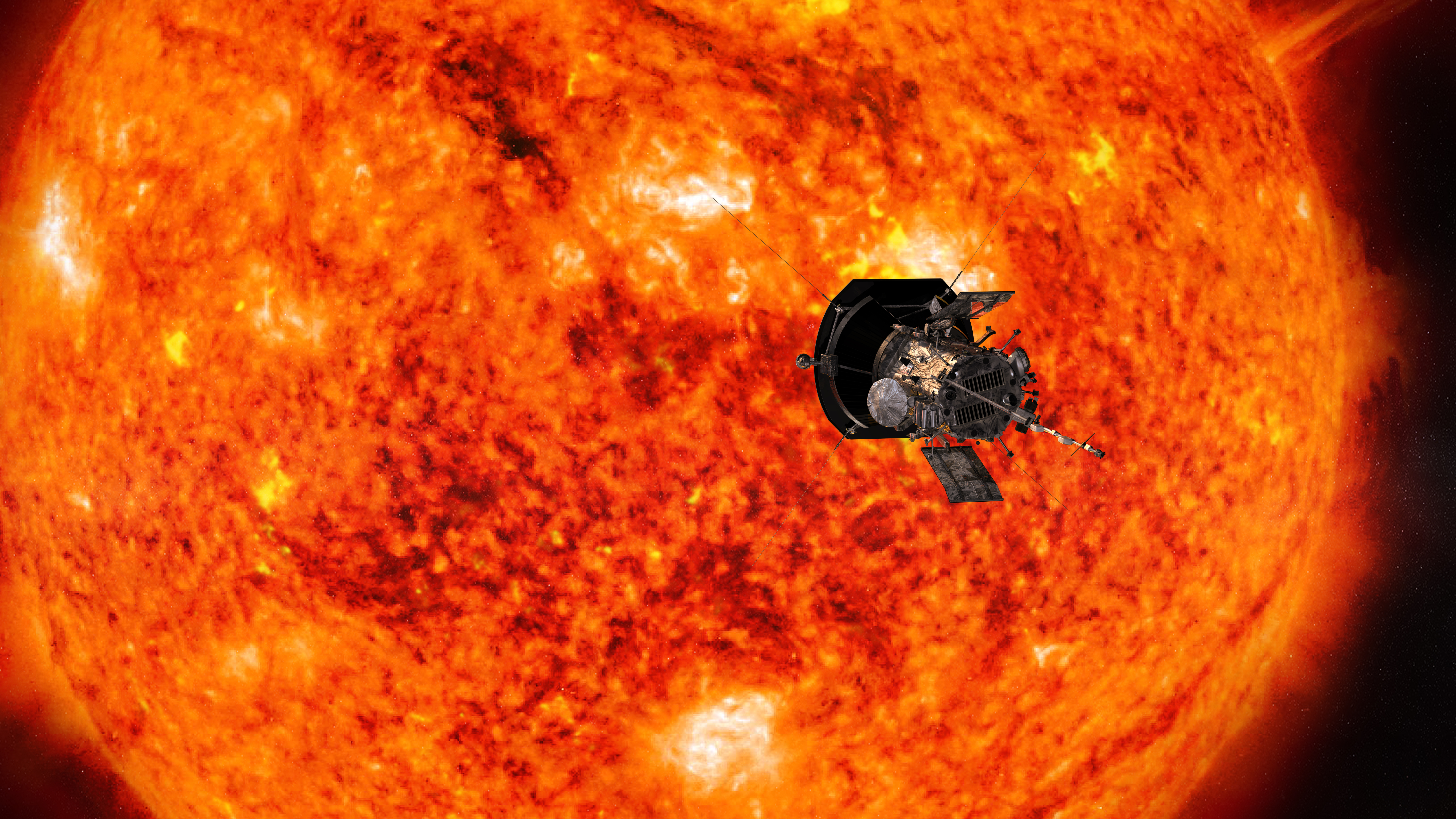
Data from Parker Solar Probe's Third Orbit Now Available to the Public
Posted on 2020-04-15 11:03:21NASA’s Parker Solar Probe team released a second collection of science data to the public on April 14, 2020. The release includes science data from all four of Parker Solar Probe's instrument suites, spanning the mission’s third orbit around the Sun, which began on June 18, 2019 and completed on November 15, 2019.

New Wave of Parker Solar Probe Science Published
Posted on 2020-02-05 11:01:38Researchers using Parker Solar Probe data released a new wave of research papers in a special supplement of The Astrophysical Journal on Feb. 3, 2020. The supplement, titled Early Results from Parker Solar Probe: Ushering a New Frontier in Space Exploration, includes some 47 papers with new findings based on the mission's first three solar flybys.
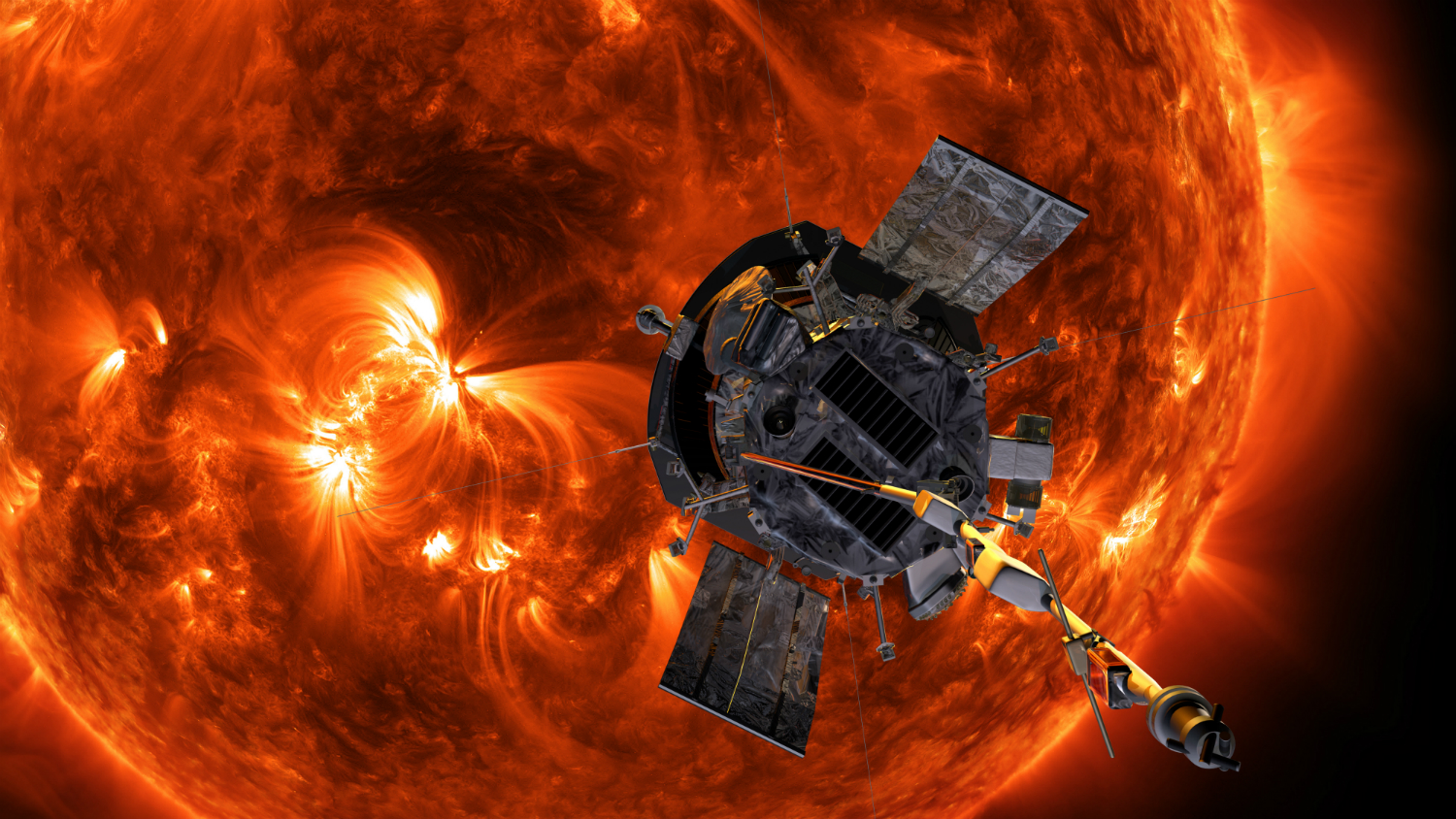
Parker Solar Probe Reports Successful Record-Setting Fourth Close Encounter of the Sun
Posted on 2020-02-01 08:15:00NASA’s Parker Solar Probe is healthy and operating as designed following its fourth close approach to the Sun, called perihelion, on Jan. 29. Mission controllers at the Johns Hopkins Applied Physics Laboratory in Laurel, Maryland, received a “status A” beacon from the spacecraft at 5:20 a.m.

Eugene Parker Awarded 2020 Crafoord Prize in Astronomy
Posted on 2020-01-30 11:18:55University of Chicago professor emeritus Eugene Parker, for whom Parker Solar Probe is named, has been awarded the 2020 Crafoord Prize in Astronomy “for pioneering and fundamental studies of the solar wind and magnetic fields from stellar to galactic scales."The Crafoord Prize is awarded by the Royal Swedish Academy of Sciences in partnership with the Crafoord Foundation in Lund, Sweden."I am humbled by the award of the Crafoord Prize,” said Parker, now 92.

Parker Solar Probe Completes Fourth Closest Approach, Breaks New Speed and Distance Records
Posted on 2020-01-29 10:47:20At 4:37 a.m. EST on Jan. 29, NASA’s Parker Solar Probe broke speed and distance records as it completed its fourth close approach of the Sun. The spacecraft traveled 11.6 million miles from the Sun’s surface at perihelion, reaching a speed of 244,225 miles per hour.
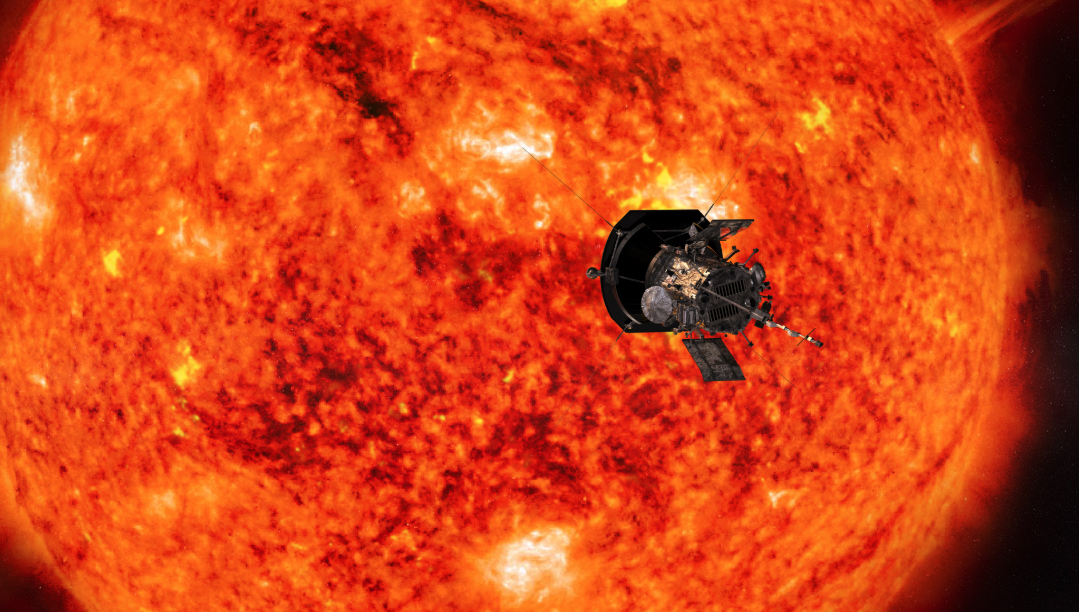
Parker Solar Probe Prepares for New Science, New Records on Fourth Solar Orbit
Posted on 2020-01-23 11:00:40NASA’s Parker Solar Probe began its fourth solar encounter today at 9:00 am EST, at a distance of about 23.3 million miles from the Sun’s surface. It will reach perihelion, its closest distance to our star, during this orbit on Jan.
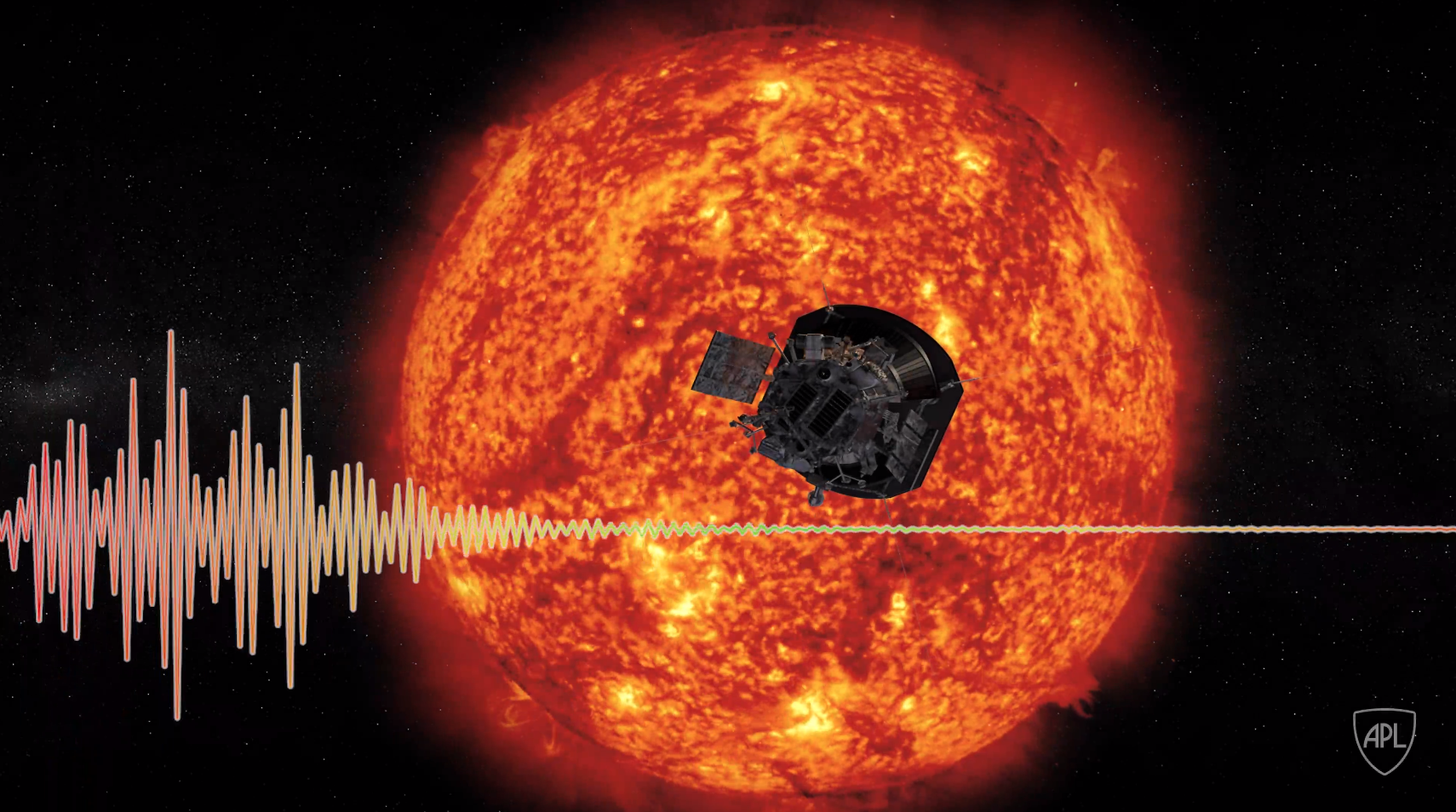
Parker Solar Probe Team Hears First Whispers of the Solar Wind’s Birth
Posted on 2020-01-14 10:28:38There’s a wind that emanates from the Sun, and it blows not like a soft whistle, but like a hurricane’s scream. Made of electrons, protons and heavier ions, the solar wind courses through the solar system at roughly 1 million mph (1.6 million kph), barreling over everything in its path.

Helene Winters Named Parker Solar Probe Project Manager
Posted on 2020-01-08 13:33:23The Parker Solar Probe mission has named Helene Winters of the Johns Hopkins Applied Physics Laboratory as project manager, effective January 6, 2020. Winters assumes this role from Patrick Hill of APL, who has moved into a new leadership position in the Laboratory’s Civil Space Mission Area.

Parker Solar Probe Completes Second Venus Flyby
Posted on 2019-12-26 14:43:45On Dec. 26, Parker Solar Probe successfully completed its second flyby of Venus. The spacecraft used Venus to slow itself down, approaching the planet at a distance of about 1,870 miles from Venus's surface during the second gravity assist of the mission.
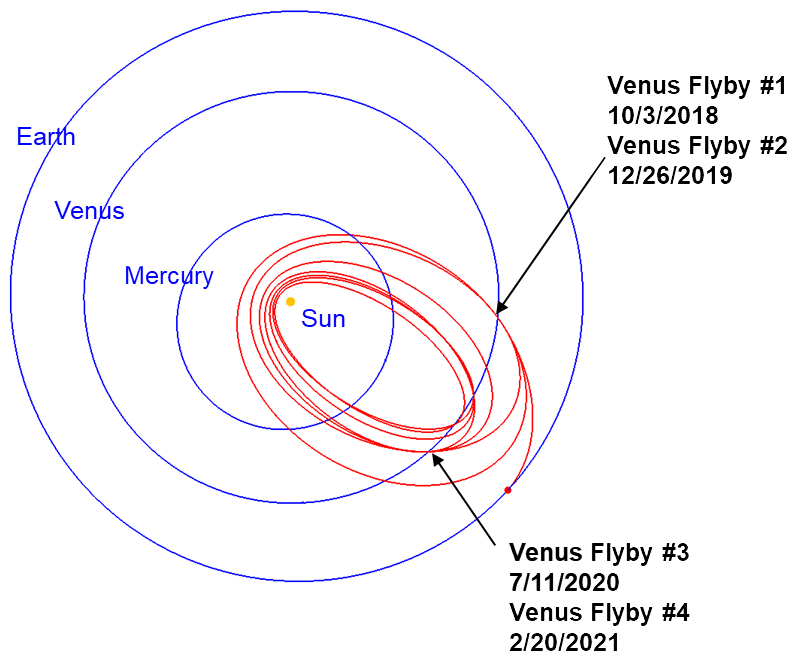
Parker Solar Probe Heads Toward Second Venus Flyby
Posted on 2019-12-23 14:25:49After nearly 17 months in space culminating with the release of new science data, Parker Solar Probe is right on course for its second Venus gravity assist maneuver. This flyby will set the spacecraft up for its fourth perihelion of the Sun, during which it will set records for spacecraft speed and closest solar distance, while continuing to gather groundbreaking data from within the Sun's corona to help scientists make new discoveries. On Dec.
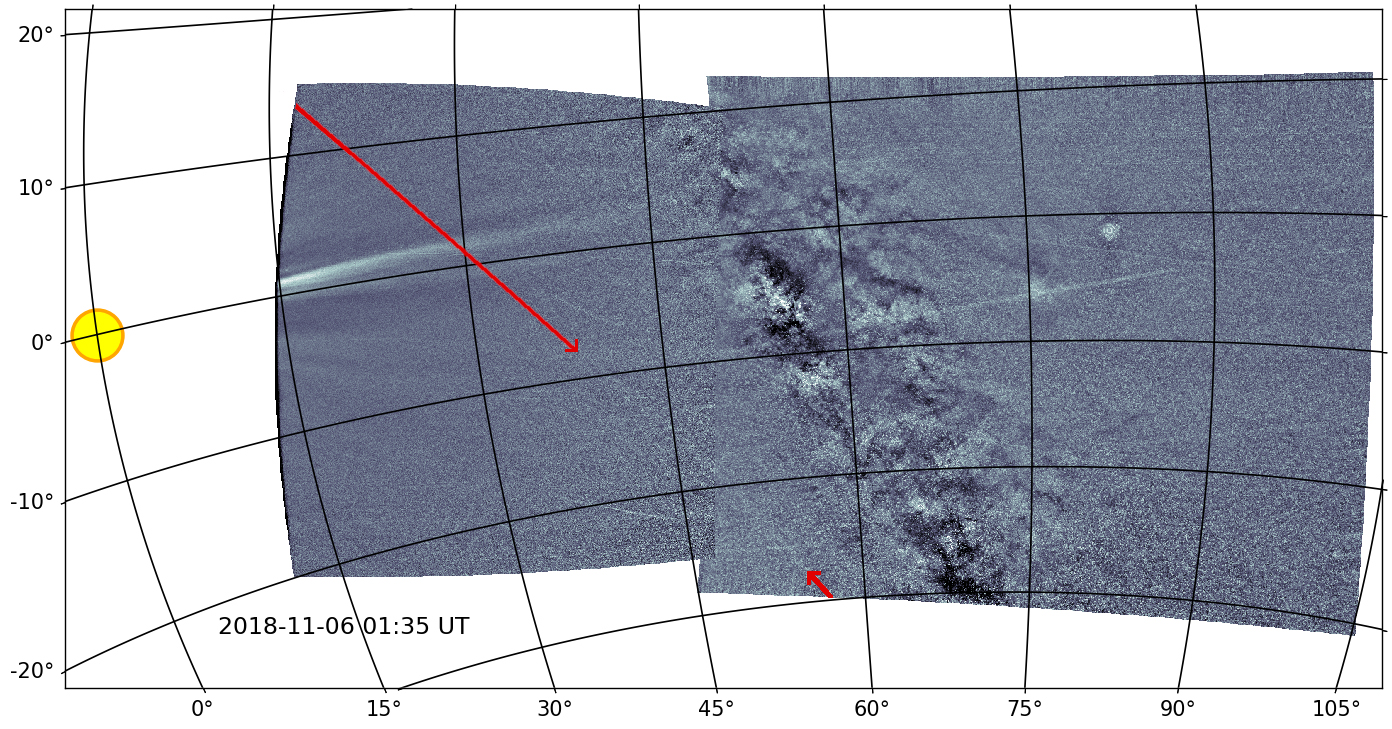
Revealing the Physics of the Sun with Parker Solar Probe: AGU 2019
Posted on 2019-12-11 13:01:48Nearly a year and a half into its mission, Parker Solar Probe has returned gigabytes of data on the Sun and its atmosphere. Following the release of the very first science from the mission, five researchers presented additional new findings from Parker Solar Probe at the fall meeting of the American Geophysical Union on Dec.

NASA Science Live: New Discoveries from Our Mission to Touch the Sun
Posted on 2019-12-05 10:46:31What mysteries about our star is NASA’s Parker Solar Probe mission uncovering as it journeys closer to the Sun than any human-made object ever before? Watch this episode of NASAScience Live as experts discuss some of the first discoveries made by the spacecraft.

Parker Solar Probe Sheds New Light on the Sun
Posted on 2019-12-04 12:00:00In August 2018, NASA's Parker Solar Probe launched to space, soon becoming the closest-ever spacecraft to the Sun. With cutting-edge scientific instruments to measure the environment around the spacecraft, Parker Solar Probe – designed, built, and managed for NASA by the Johns Hopkins Applied Physics Laboratory – has completed three of 24 planned passes through never-before-explored parts of the Sun's atmosphere, the corona.
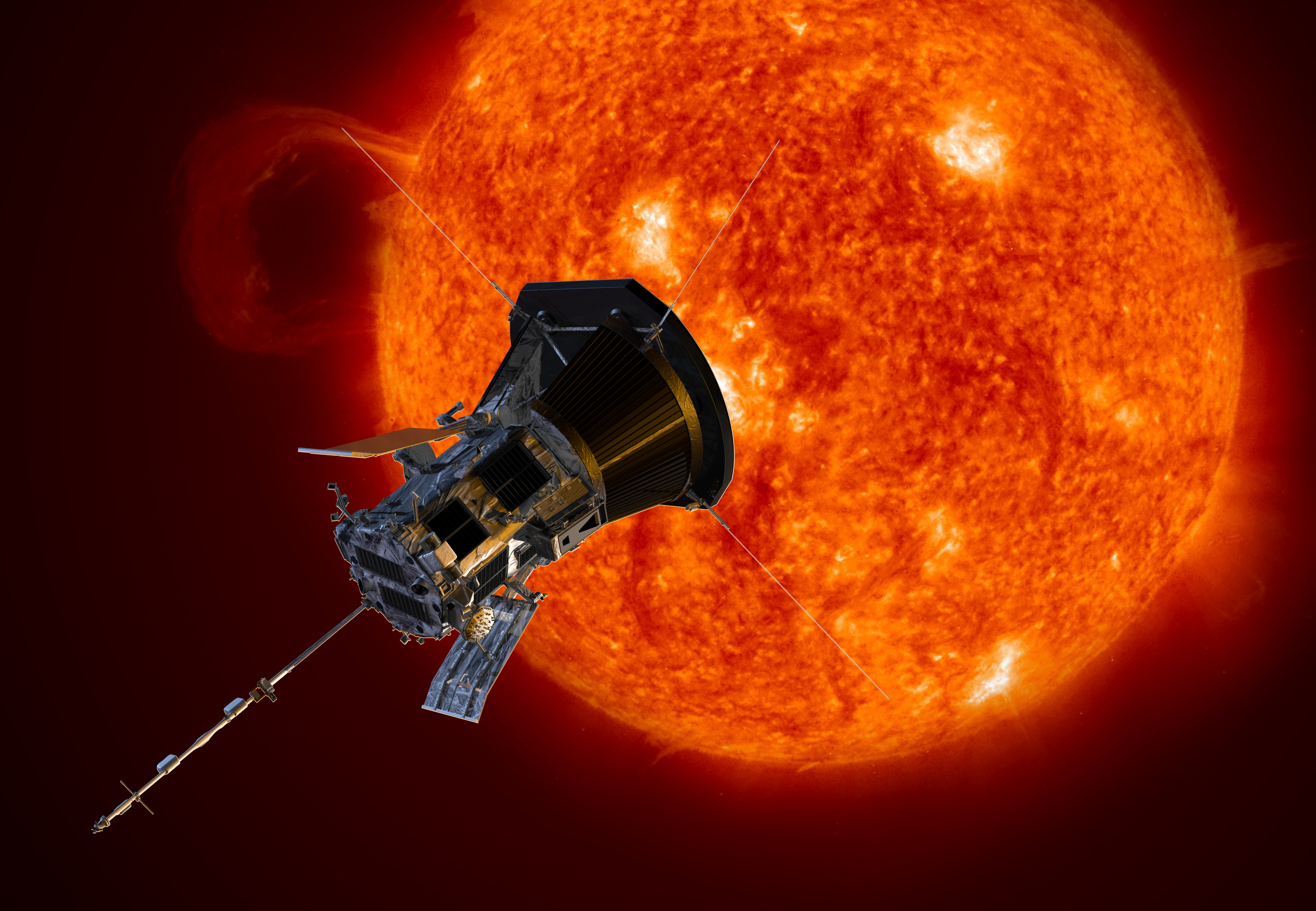
NASA to Present First Findings of Solar Mission in Dec. 4 Media Teleconference
Posted on 2019-12-02 16:37:31NASA will announce the first results from the Parker Solar Probe mission, the agency's revolutionary mission to "touch" the Sun, during a media teleconference at 1:30 p.m. EST Wednesday, Dec.
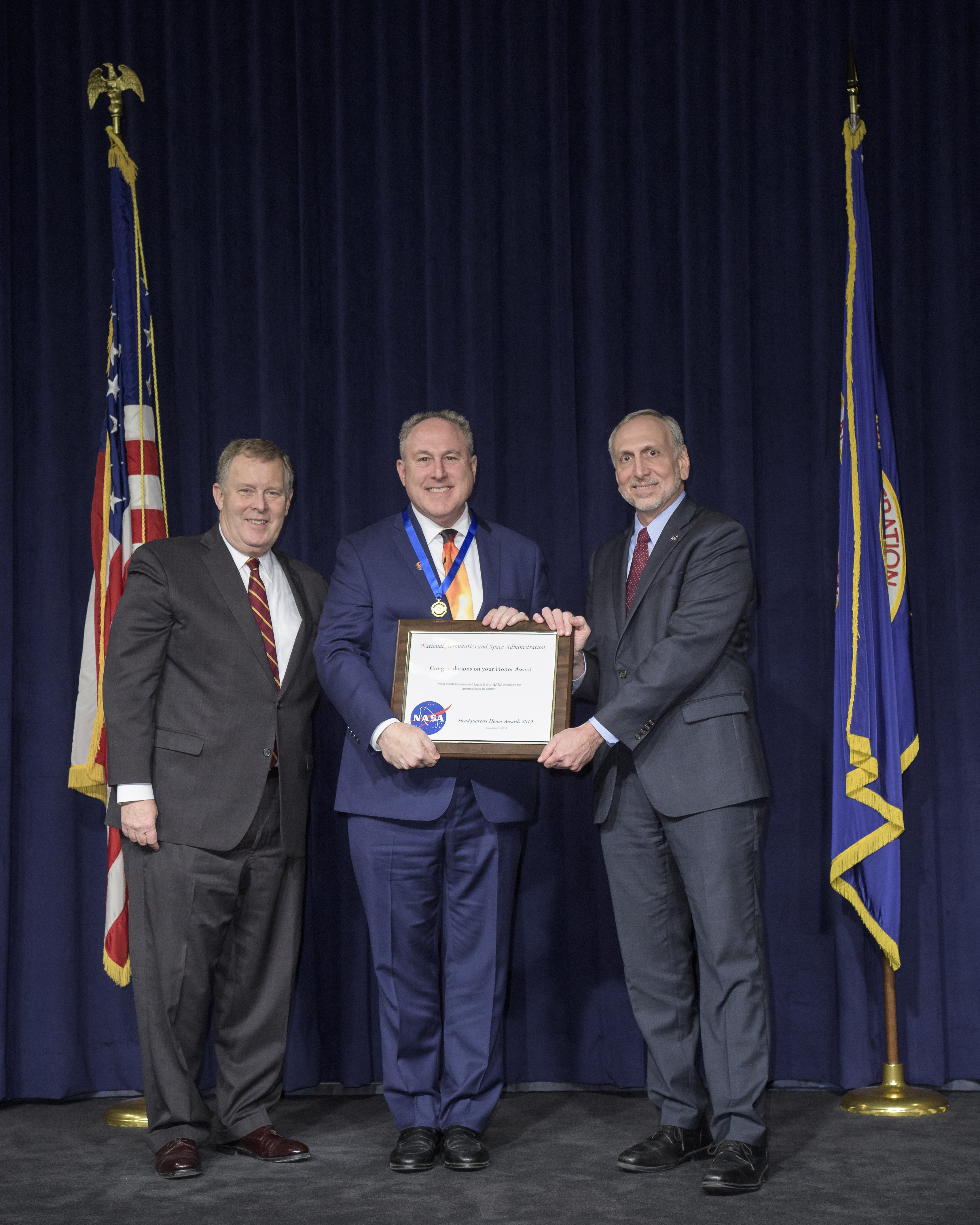
Johns Hopkins APL’s Andy Driesman Awarded by NASA for Parker Solar Probe Leadership
Posted on 2019-11-13 13:43:43It takes a lot of teamwork, skill, and expertise to get any space mission off the ground—particularly humanity’s first-ever spacecraft built to fly through the Sun’s atmosphere.
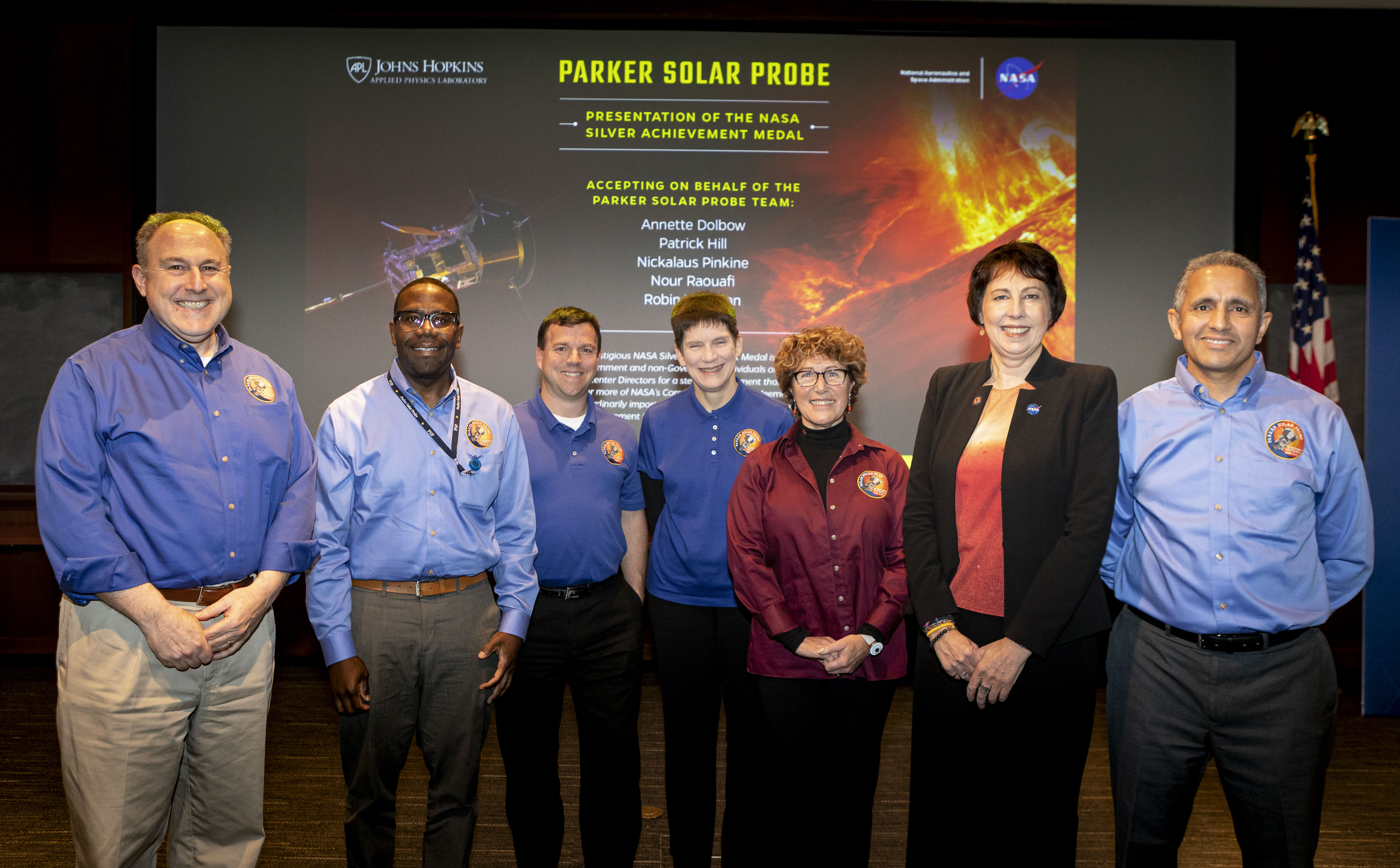
Parker Solar Probe Team Awarded NASA Silver Achievement Medal
Posted on 2019-11-13 14:58:56Parker Solar Probe has been awarded the NASA Silver Achievement Medal in recognition of its “stellar achievement” as humanity’s first mission to explore the Sun’s corona and the solar wind within the extreme environment around our star.The medal is awarded to government and non-government individuals or teams by NASA center directors “when it is deemed to be extraordinarily important and appropriate to recognize such achievement.” The medal was announced earlier this year at the NASA 2019 Agency Honor Awards at NASA’s Goddard Space Flight Center in Greenbelt, Maryland.During a Nov.
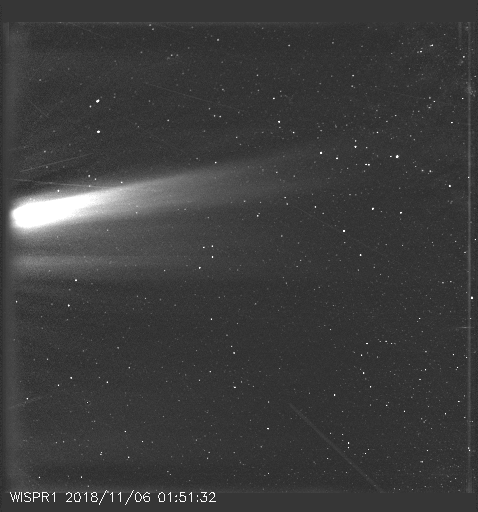
First Parker Solar Probe Science Data Released to Public
Posted on 2019-11-12 12:08:05On Nov. 12, 2019, NASA’s Parker Solar Probe team released scientific data collected during the spacecraft's first two solar orbits to the general public. Data can be accessed through the NASA Space Physics Data Facility, the Solar Data Analysis Center, the APL Parker Solar Probe Gateway, and the Science Operation Centers of the four science investigation teams (the University of California, Berkeley; Princeton University; Harvard-Smithsonian Center for Astrophysics; and Naval Research Laboratory.) The newly released data, in the form of data files and graphical displays, is available for interested public users to manipulate, analyze, and plot in any way they choose.
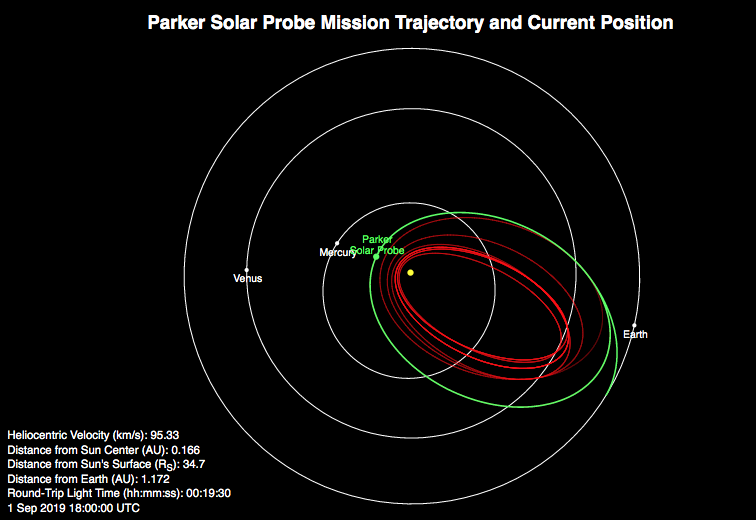
Parker Solar Probe Completes Third Close Approach of the Sun
Posted on 2019-09-03 10:32:43At just before 1:50 pm EDT on Sept. 1, 2019, NASA’s Parker Solar Probe completed its third close approach (or perihelion) of the Sun. At the time of perihelion, the spacecraft was about 15 million miles from the Sun’s surface, traveling at more than 213,200 miles per hour.
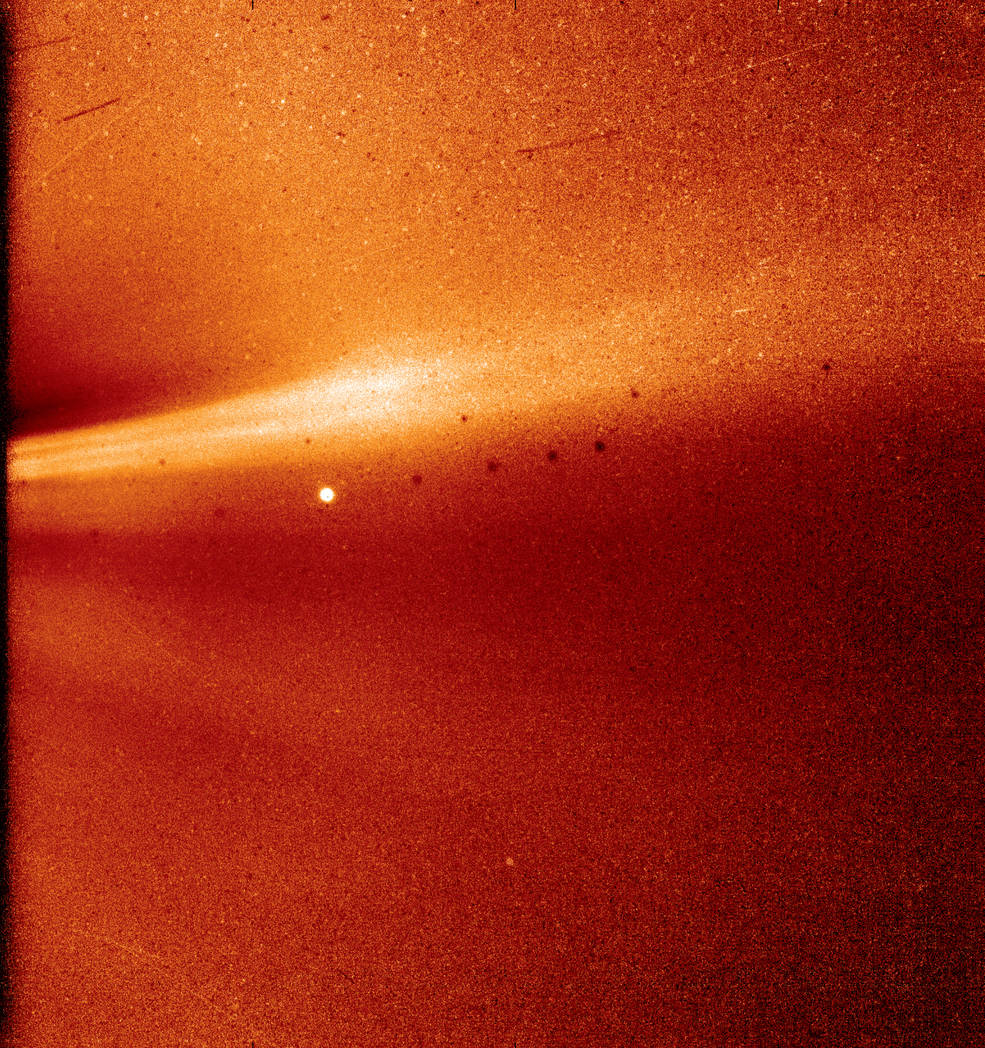
Parker Solar Probe Gets Extra Observation Time
Posted on 2019-08-16 15:38:25After Parker Solar Probe’s successful first year in space, the mission team has decided to extend science observations as the spacecraft approaches its third solar encounter. Parker Solar Probe turned on its four instrument suites on Aug.

One Year, Two Trips Around the Sun for Parker Solar Probe
Posted on 2019-08-12 10:35:36Since NASA's Parker Solar Probe launched on Aug. 12, 2018, Earth has made a single trip around the Sun — while the daring solar explorer is well into its third orbit around our star.
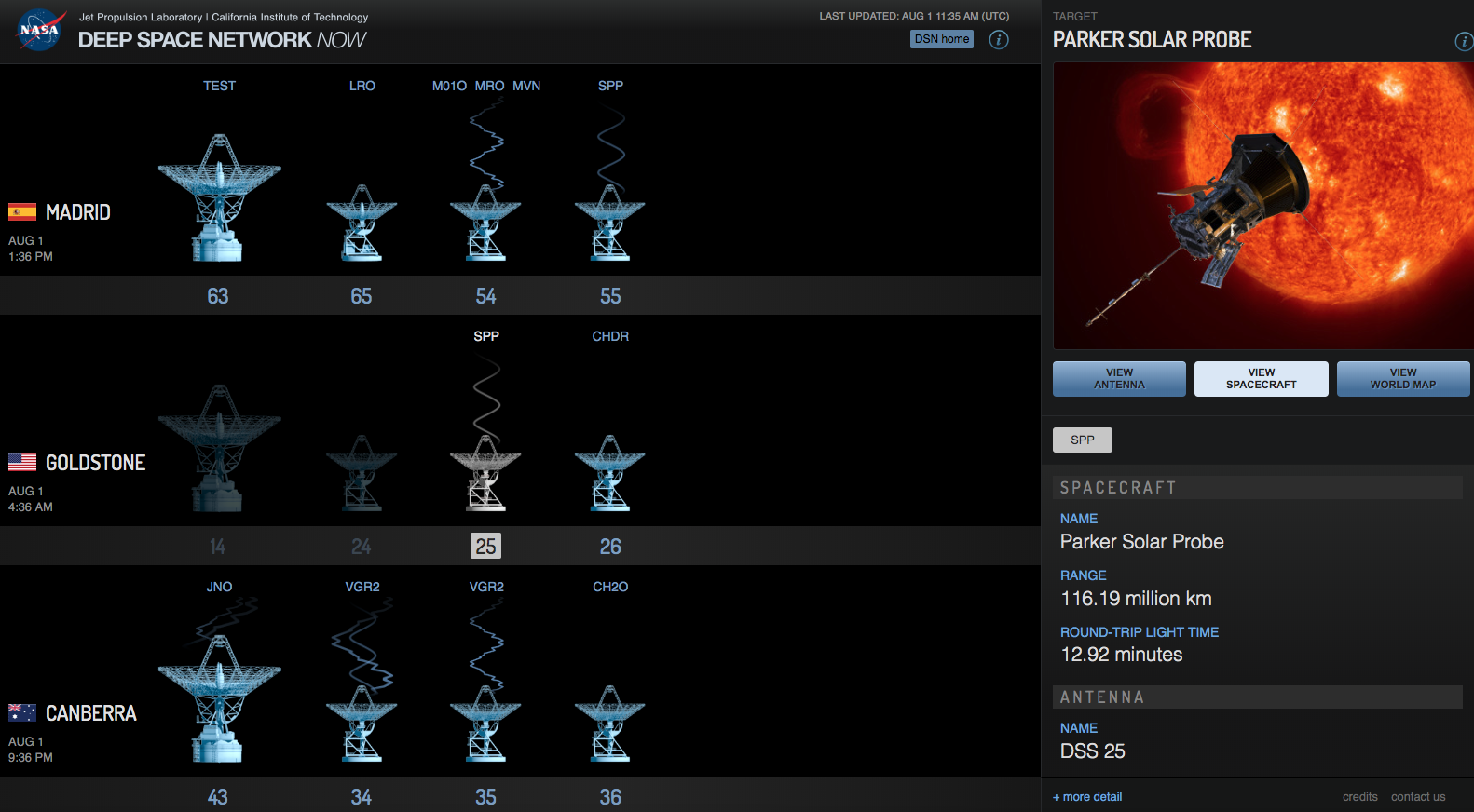
Parker Solar Probe Completes Download of Science Data from First Two Solar Encounters
Posted on 2019-08-01 11:32:38As NASA’s Parker Solar Probe approaches its third encounter with the Sun, mission scientists are hard at work poring over data from the spacecraft's first two flybys of our star — and thanks to excellent performance by the spacecraft and the mission operations team, they're about to get something extra.
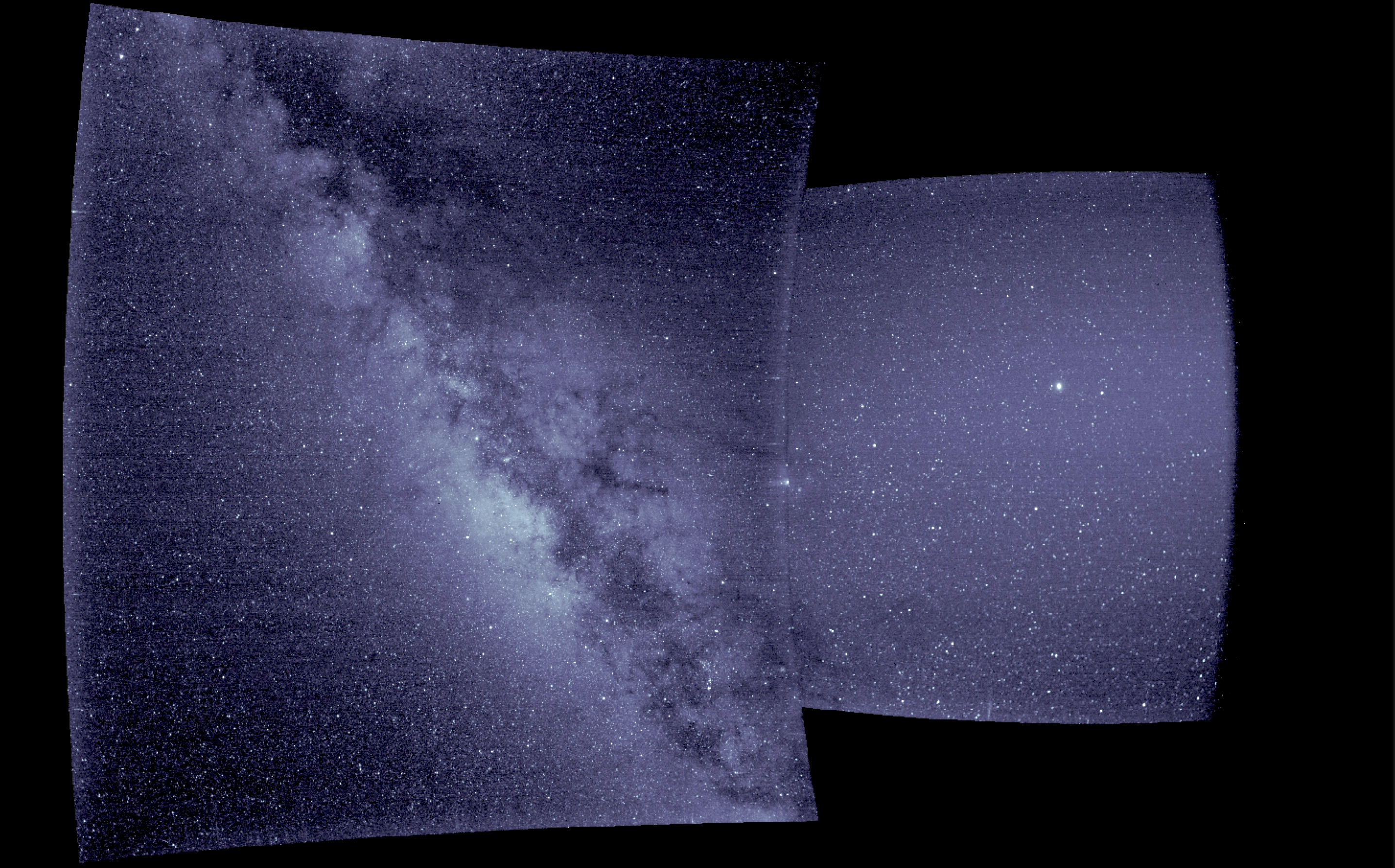
University of Michigan: Solving the Sun’s Super-Heating Mystery with Parker Solar Probe
Posted on 2019-06-06 12:11:31It’s one of the greatest and longest-running mysteries surrounding, quite literally, our sun—why is its outer atmosphere hotter than its fiery surface? University of Michigan researchers believe they have the answer, and hope to prove it with help from NASA’s Parker Solar Probe.

Parker Solar Probe Completes Second Close Approach to the Sun
Posted on 2019-04-05 10:31:36Parker Solar Probe has successfully completed its second close approach to the Sun, called perihelion, and is now entering the outbound phase of its second solar orbit. At 6:40 p.m.

Patrick Hill Assumes Role as Parker Solar Probe Project Manager
Posted on 2019-04-01 16:22:13Patrick Hill of the Johns Hopkins Applied Physics Laboratory (APL) has been named the Parker Solar Probe project manager effective April 1, 2019. In this new role, he will be responsible for overall mission success and execution, including the collection and analysis of science data, sustained flight spacecraft engineering, and mission operations.
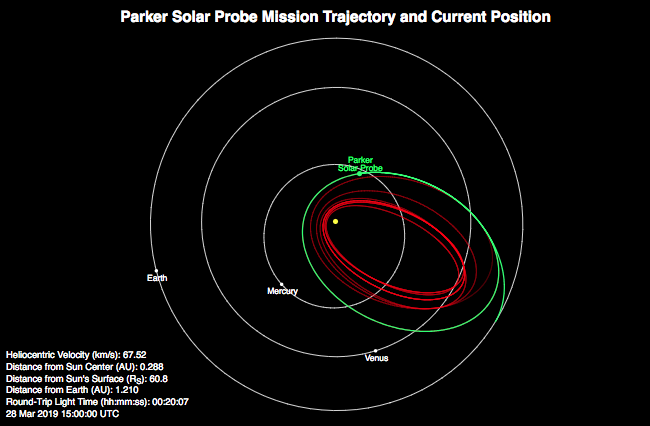
Parker Solar Probe Approaches Second Solar Encounter
Posted on 2019-03-28 13:19:31On March 30, 2019, Parker Solar Probe begins the second solar encounter phase of its mission, culminating in its closest approach to the Sun, called perihelion, on April 4. During this solar encounter phase, which lasts until April 10, the spacecraft's four suites of science instruments are fully operational and storing science data collected from within the Sun's corona.
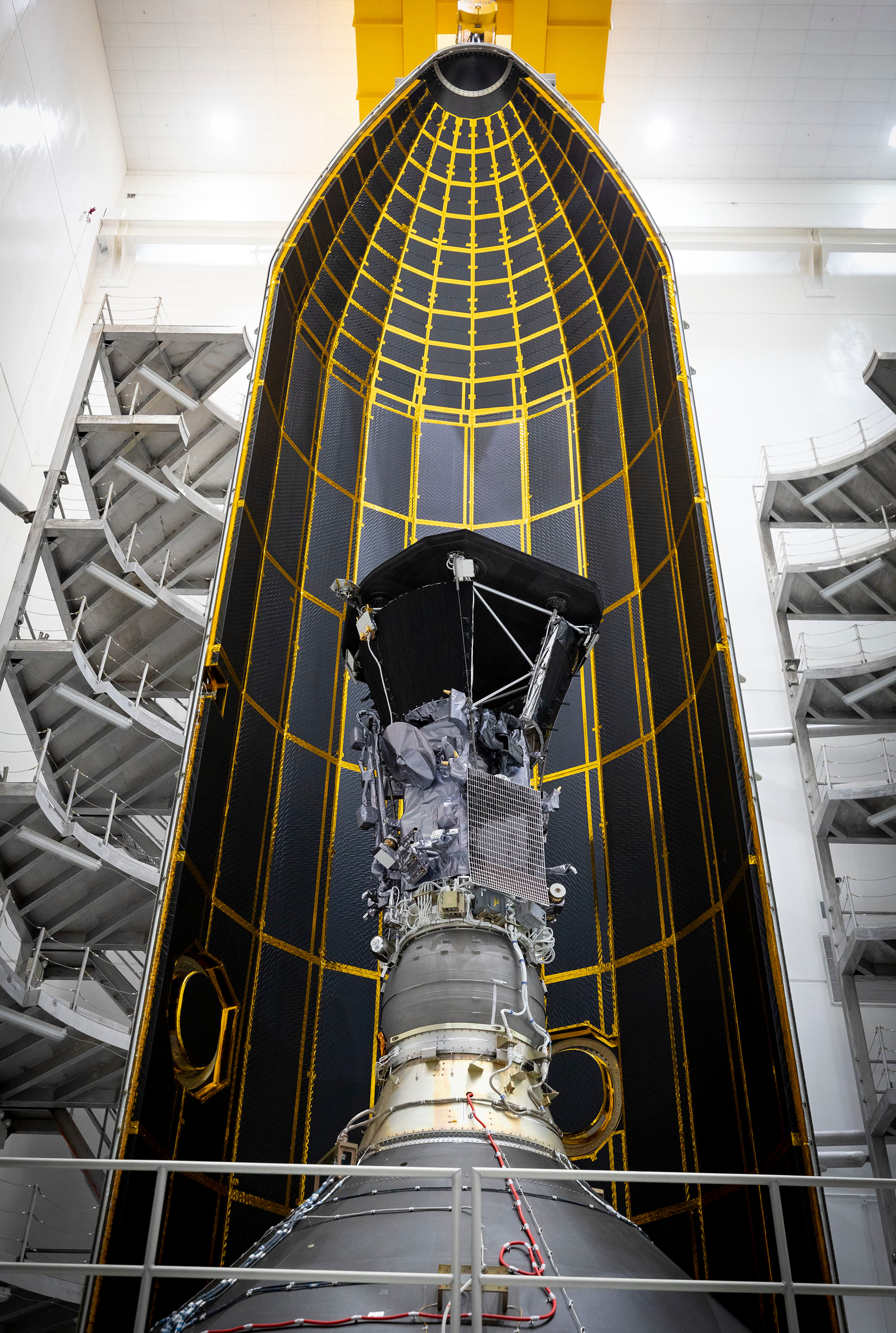
Parker Solar Probe Wins AAS 2018 Neil Armstrong Space Flight Achievement Award
Posted on 2019-03-21 14:05:38The Parker Solar Probe team has been named the winner of the 2018 Neil Armstrong Space Flight Achievement Award, given by the American Astronautical Society at its 57th Robert H. Goddard Memorial Symposium in Silver Spring, Maryland.

All Systems Go As Parker Solar Probe Begins Second Sun Orbit
Posted on 2019-01-22 09:15:00On Jan. 19, 2019, just 161 days after its launch from Cape Canaveral Air Force Station in Florida, NASA’s Parker Solar Probe completed its first orbit of the Sun, reaching the point in its orbit farthest from our star, called aphelion.
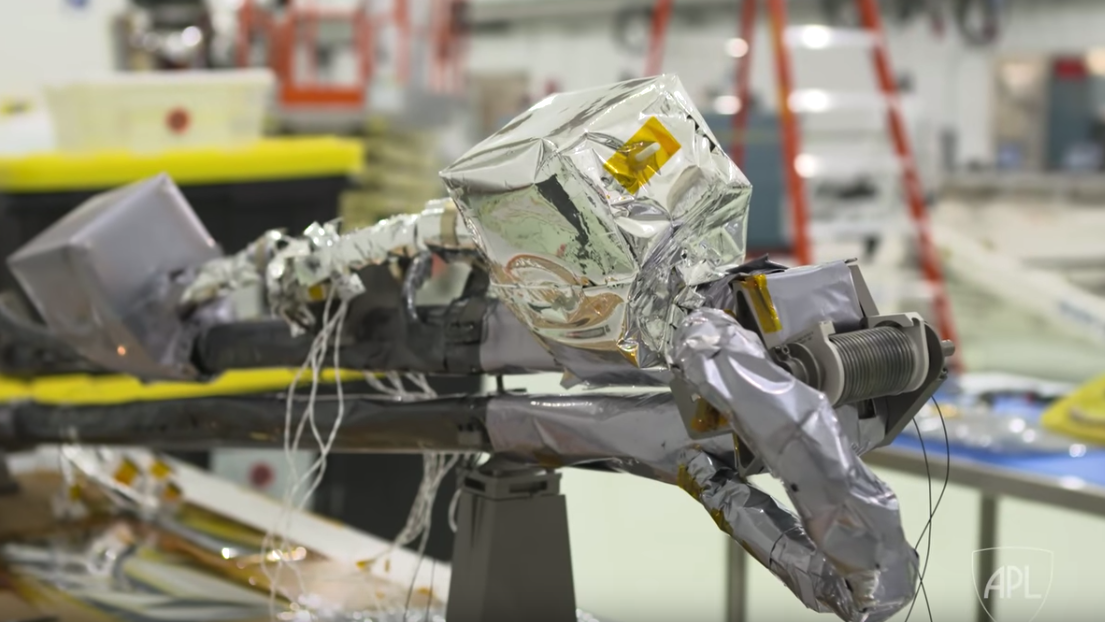
Life of a Part: Parker Solar Probe
Posted on 2019-01-22 09:04:10As NASA’s Parker Solar Probe begins the second of 24 planned orbits—on track for its second perihelion, or closest approach to the Sun, on April 4, 2019—take a look back to how the spacecraft was built at the Johns Hopkins Applied Physics Laboratory in Maryland.
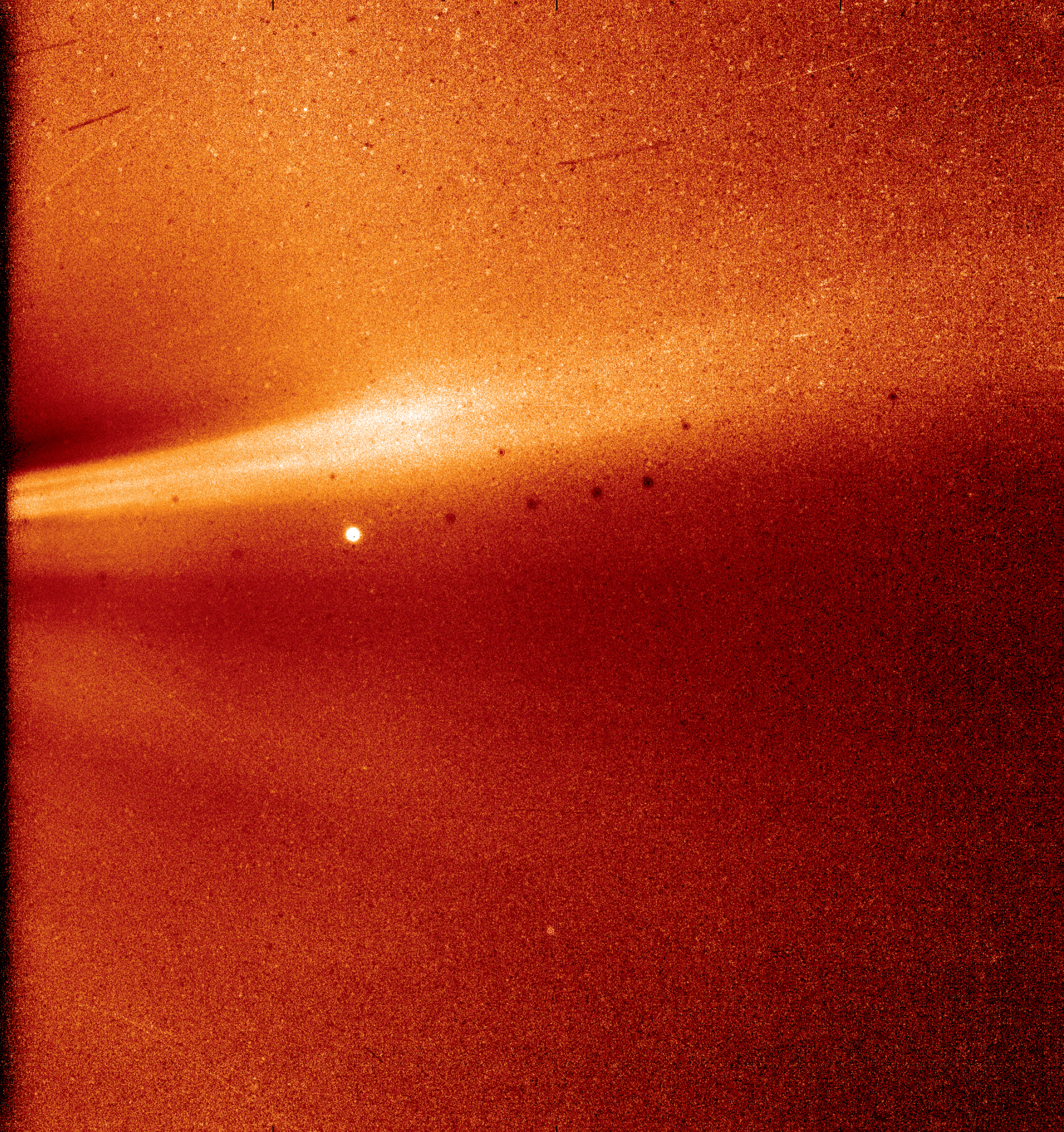
Preparing for Discovery With NASA's Parker Solar Probe
Posted on 2018-12-13 09:09:26Weeks after Parker Solar Probe made the closest-ever approach to a star, the science data from the first solar encounter is just making its way into the hands of the mission's scientists.
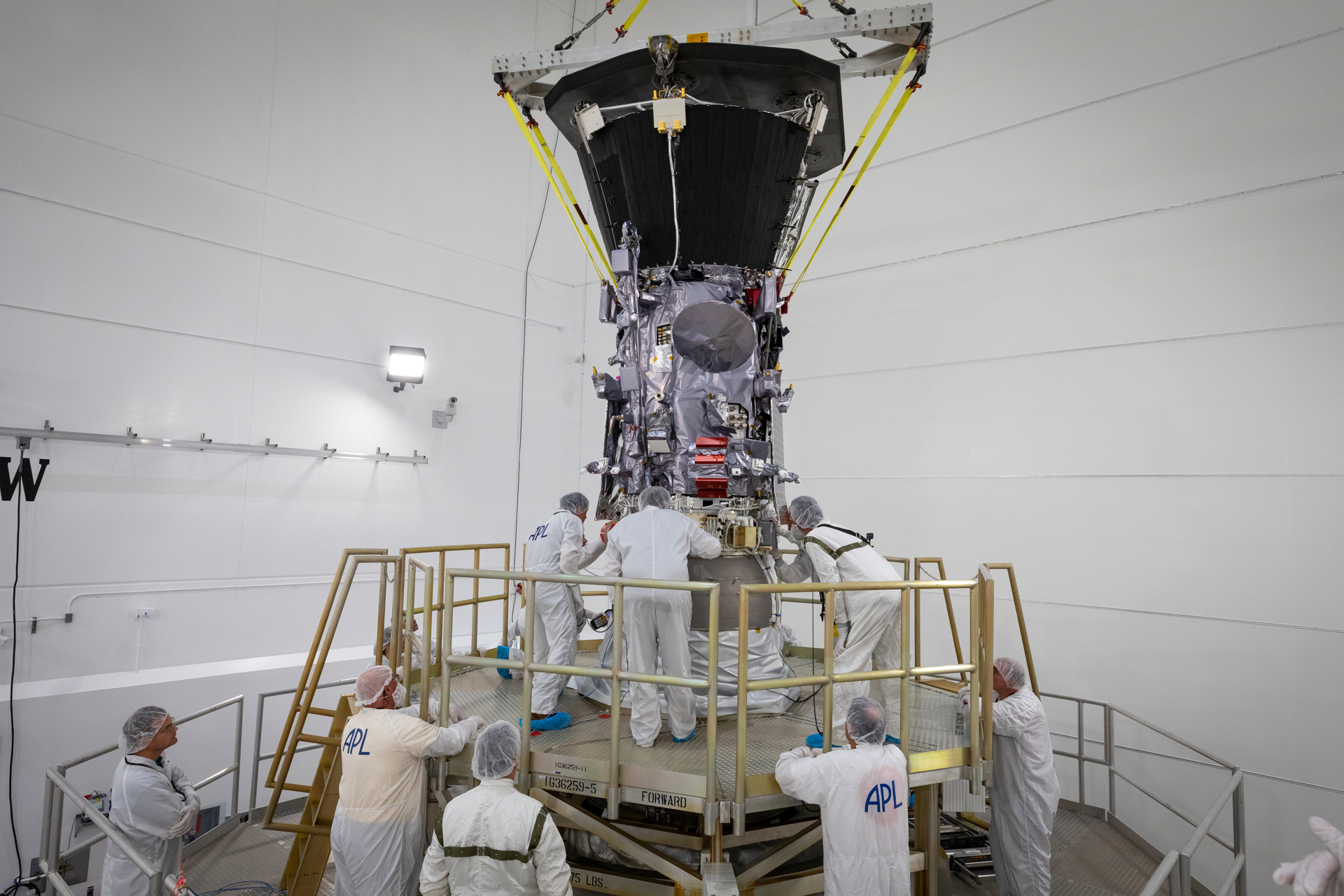
Parker Solar Probe Named Popular Science’s 2018 Innovation of the Year
Posted on 2018-11-28 15:00:58NASA’s Parker Solar Probe – humanity’s first mission to “touch” the Sun – was today named the innovation of the year by Popular Science. The revolutionary spacecraft – designed, built, and operated for NASA by the Johns Hopkins Applied Physics Laboratory in Laurel, Maryland – launched on August 12, 2018.

Parker Solar Probe Reports First Telemetry, Acquisition of Science Data Since Perihelion
Posted on 2018-11-20 11:00:31On Nov. 16, Parker Solar Probe reported that all systems are operating well in the first detailed performance and health update sent to Earth by the spacecraft since its first solar encounter.
Parker Solar Probe Reports Good Status After Close Solar Approach
Posted on 2018-11-07 17:13:45Parker Solar Probe is alive and well after skimming by the Sun at just 15 million miles from our star's surface. This is far closer than any spacecraft has ever gone — the previous record was set by Helios B in 1976 and broken by Parker on Oct.
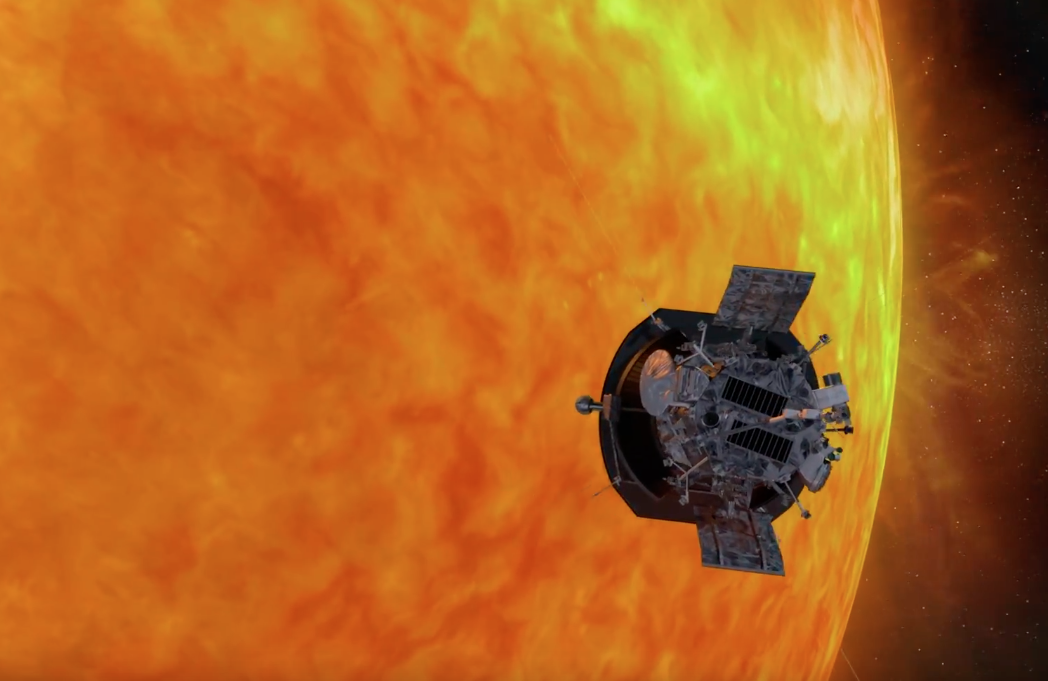
First Perihelion: Into the Unknown
Posted on 2018-11-02 13:03:12At about 10:28 p.m. EST on Nov. 5, Parker Solar Probe will achieve its first perihelion - its first close approach to the Sun - and will come within 15 million miles of the Sun's surface.
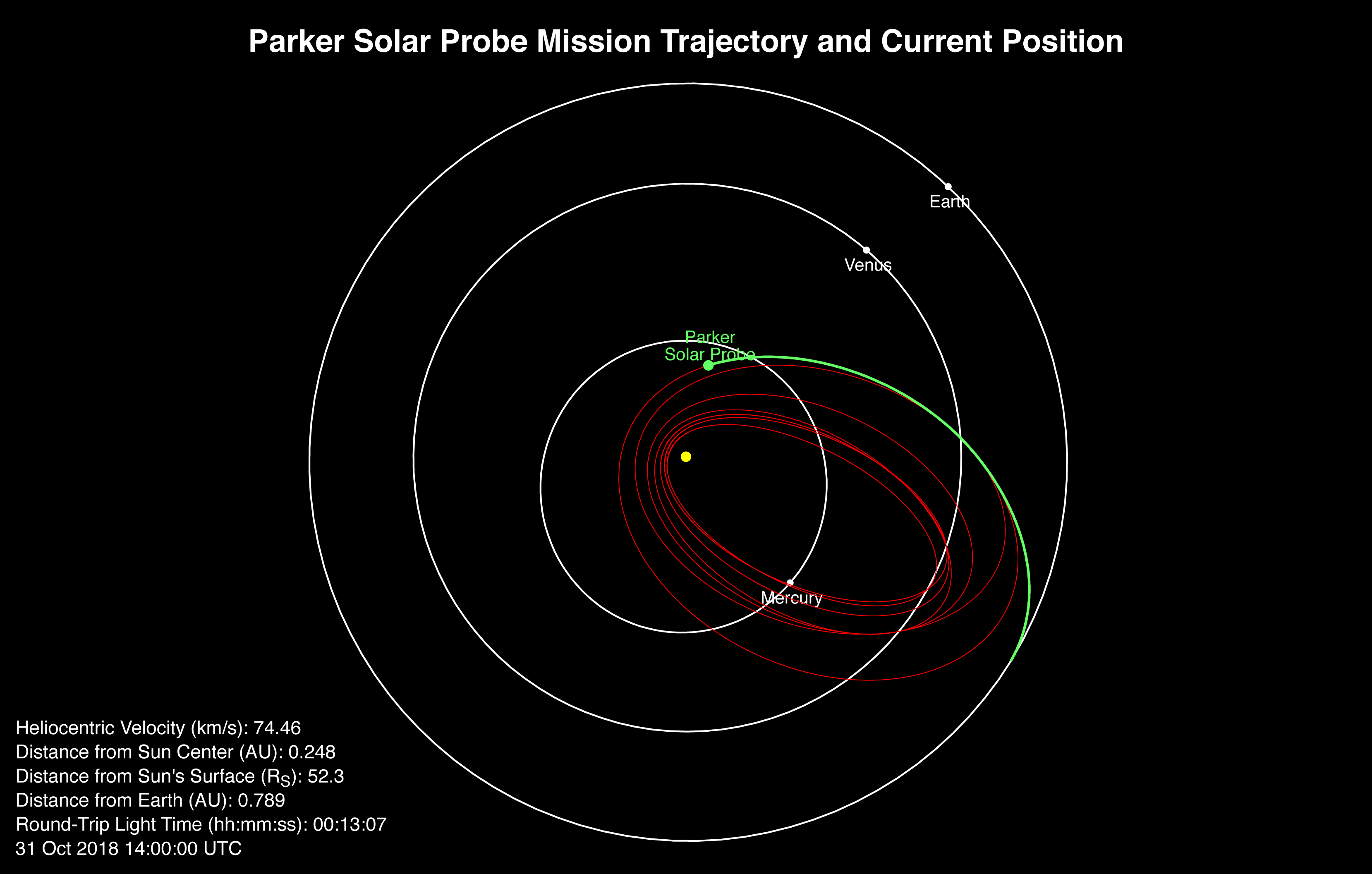
Parker Solar Probe Starts First Solar Encounter
Posted on 2018-10-31 13:32:08On Oct. 31, 2018, Parker Solar Probe began its first of 24 solar encounters. This period — which lasts until Nov. 11 — is the time during which the spacecraft is within 0.25 astronomical units, or 23.2 million miles, of the Sun's center.

Parker Solar Probe Becomes Fastest-Ever Spacecraft
Posted on 2018-10-30 05:56:58At about 10:54 p.m. EDT on Oct. 29, Parker Solar Probe surpassed 153,454 miles per hour — as calculated by the mission team — making it the fastest-ever human-made object relative to the Sun.

Parker Solar Probe Breaks Record, Becomes Closest Spacecraft to Sun
Posted on 2018-10-29 13:06:31Parker Solar Probe now holds the record for closest approach to the Sun by a human-made object. The spacecraft passed the current record of 26.55 million miles from the Sun's surface on Oct.
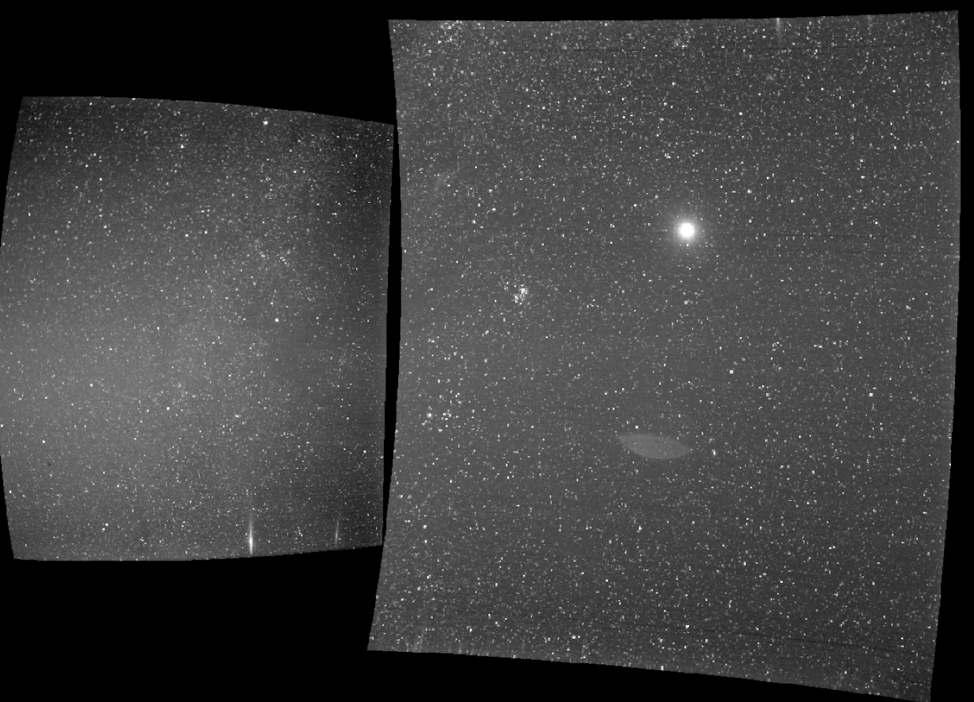
Parker Solar Probe Looks Back at Home
Posted on 2018-10-24 13:30:20On Sept. 25, 2018, Parker Solar Probe captured a view of Earth as it sped toward the first Venus gravity assist of the mission. Earth is the bright, round object visible in the right side of the image.

In First for a Spacecraft, Parker Solar Probe Autonomously Manages Heat Load on Solar Arrays
Posted on 2018-10-17 11:06:59Two days after NASA’s Parker Solar Probe flew past Venus toward its rendezvous with the Sun, the spacecraft had drawn close enough to our star that its power-generating solar array wings began to tilt themselves inward – a task directed by the spacecraft itself, based on the rising temperatures – away from the Sun and behind the sun shield.
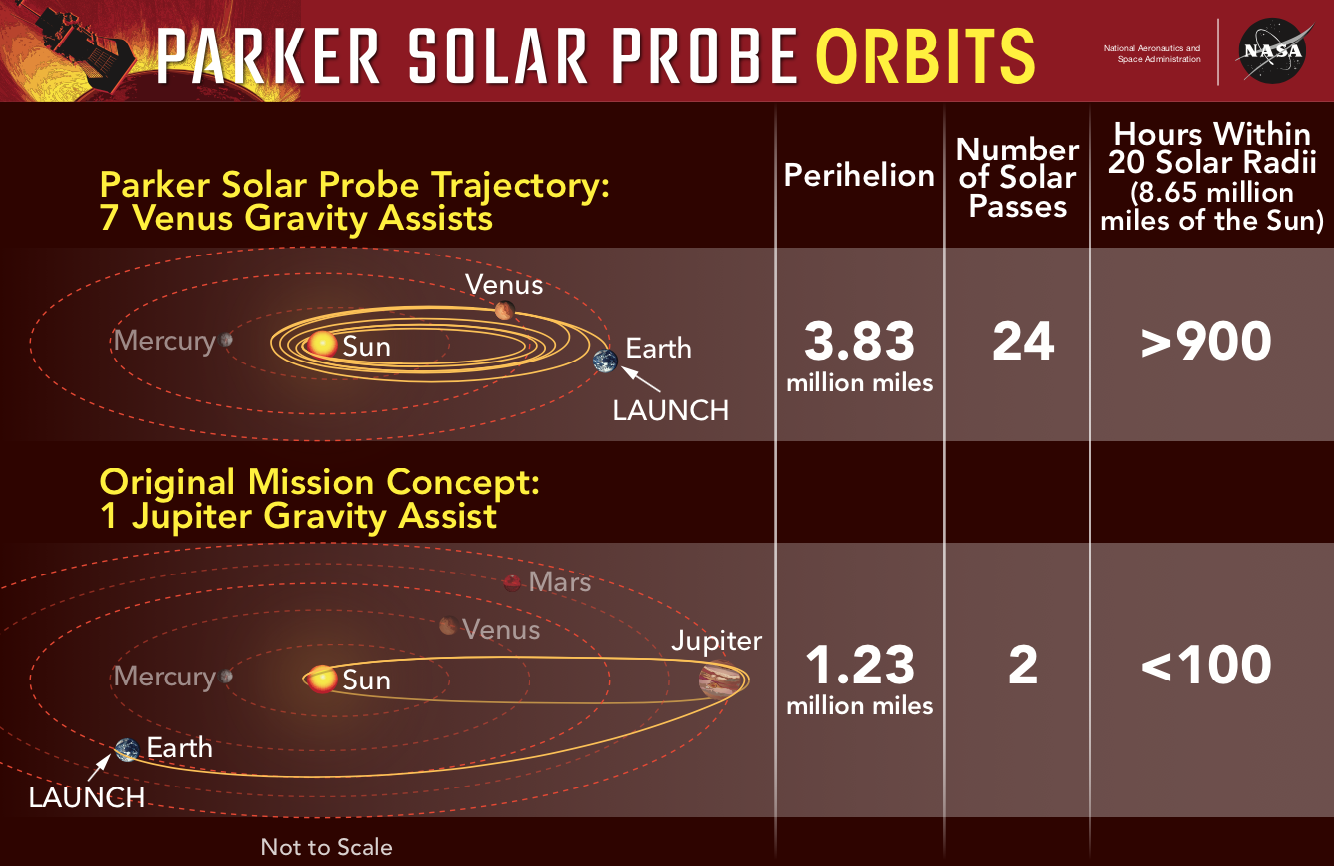
How A Change in Mission Design Unlocked the Journey to the Sun
Posted on 2018-10-04 12:33:27On Oct. 3, 2018, Parker Solar Probe performed the first significant celestial maneuver of its seven-year mission. As the orbits of the spacecraft and Venus converged toward the same point, Parker Solar Probe slipped in front of the planet, allowing Venus' gravity — relatively small by celestial standards — to twist its path and change its speed.
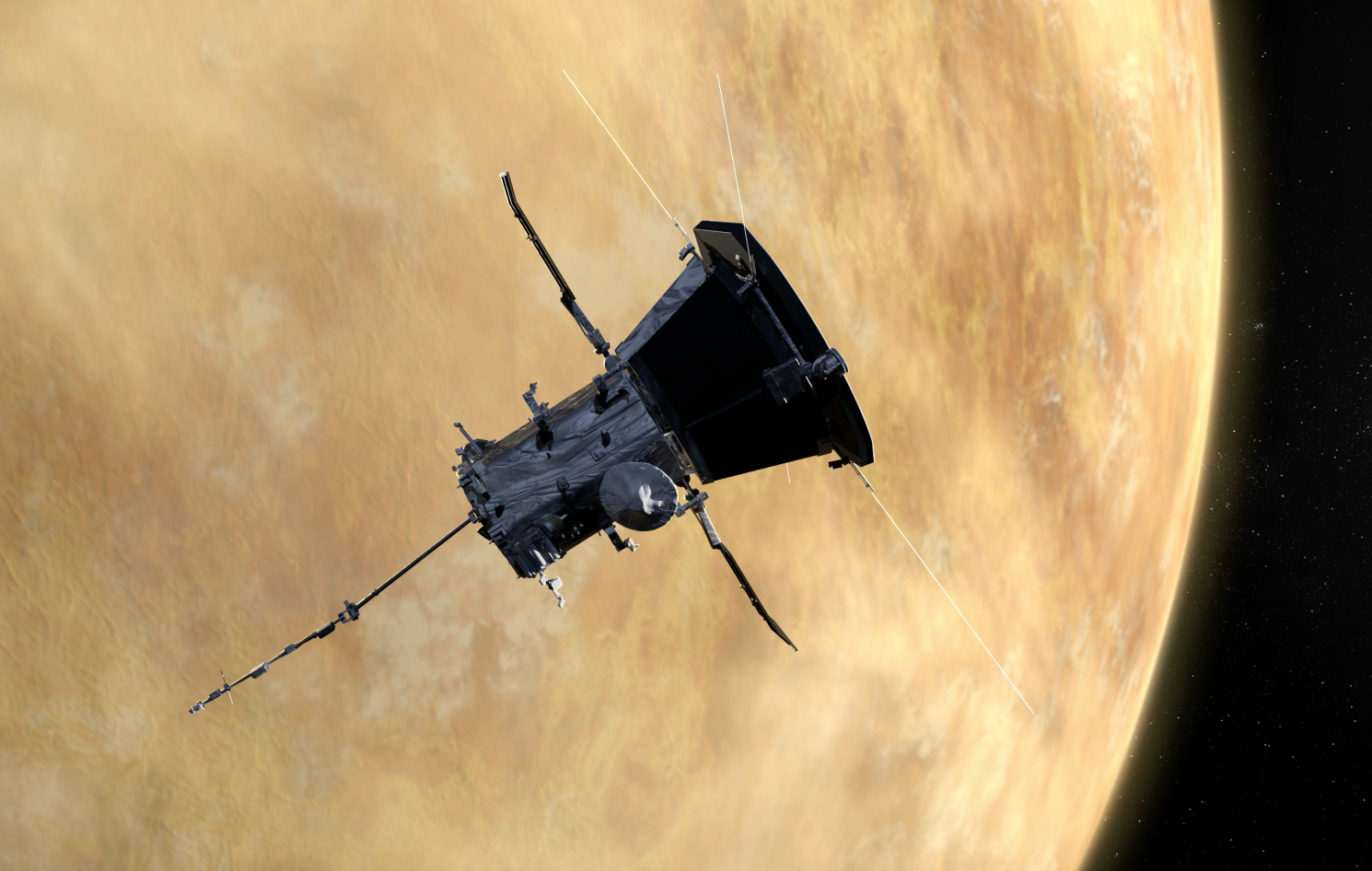
Parker Solar Probe Successfully Performs Venus Flyby
Posted on 2018-10-03 11:17:21On Oct. 3, Parker Solar Probe successfully completed its flyby of Venus at a distance of about 1,500 miles during the first Venus gravity assist of the mission. These gravity assists will help the spacecraft tighten its orbit closer and closer to the Sun over the course of the mission.Detailed data from the flyby will be assessed over the next few days.

Fall 2018 Milestones for Parker Solar Probe
Posted on 2018-10-02 10:15:50We like to call Parker Solar Probe the coolest, hottest, fastest mission under the Sun — and fall 2018 will prove why. Here are a few mission milestones to look forward to over the coming months.

Parker Solar Probe Begins Mission on Rocket Dedicated to APL's Andy Dantzler
Posted on 2018-09-26 11:37:53As Parker Solar Probe – named for pioneering solar scientist Eugene Parker – rose from Launch Complex 37 at Cape Canaveral Air Force Station into the skies above Florida in the early morning hours of Aug.

Illuminating First Light Data from Parker Solar Probe
Posted on 2018-09-19 12:19:52Just over a month into its mission, Parker Solar Probe has returned first-light data from each of its four instrument suites. These early observations – while not yet examples of the key science observations Parker Solar Probe will take closer to the Sun – show that each of the instruments is working well.
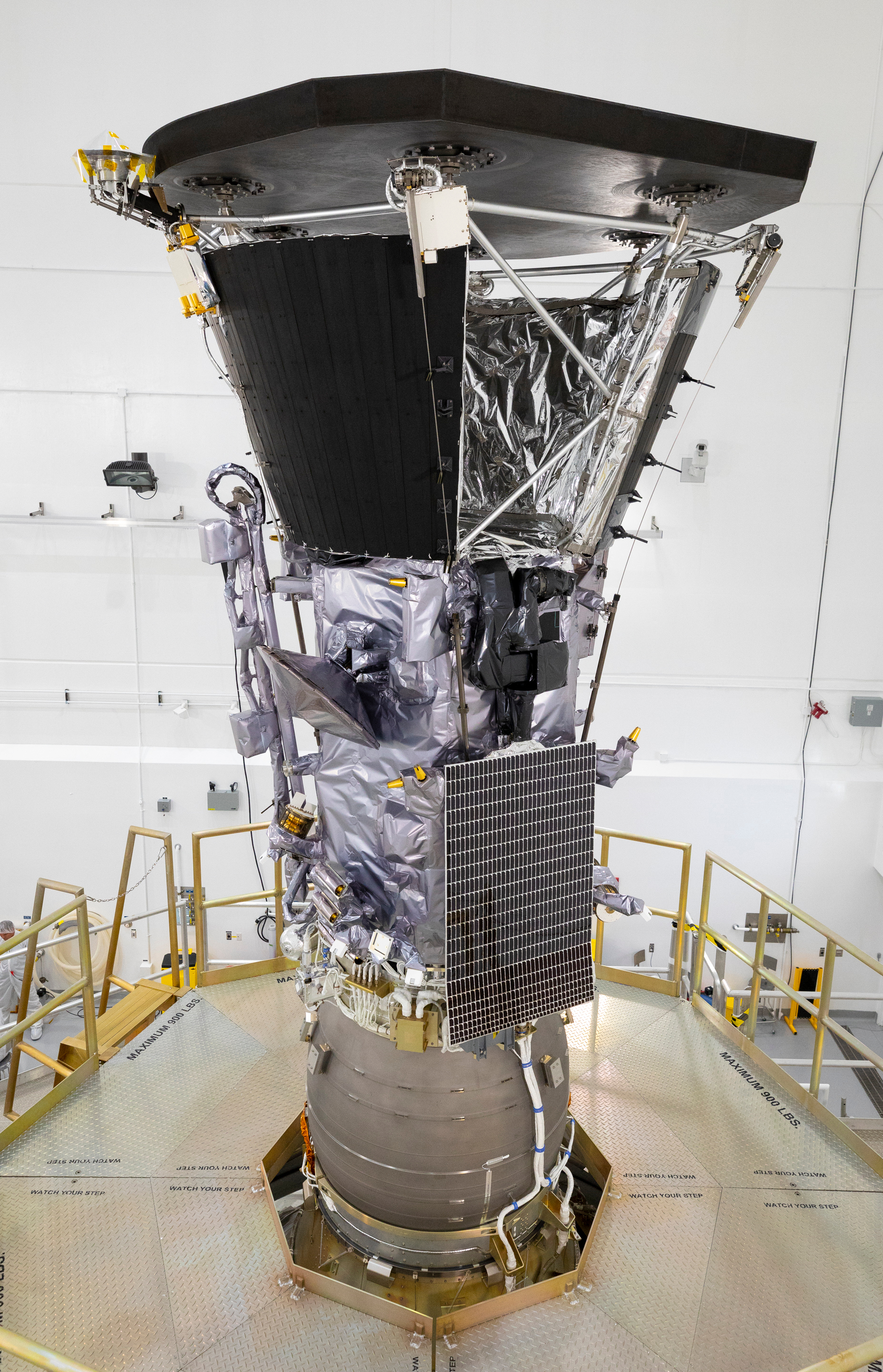
Parker Solar Probe’s Solar Array Cooling System Fully Activated
Posted on 2018-09-14 15:02:34On Sept. 13, Parker Solar Probe's first-of-its-kind water-cooled Solar Array Cooling System (or SACS) was made fully operational. The SACS will protect Parker Solar Probe’s solar arrays — responsible for powering the spacecraft — from the intense heat of the Sun.

360 Video: Parker Solar Probe Launch
Posted on 2018-09-07 08:18:17Watch in 360 degrees as Parker Solar Probe launches aboard a Delta IV Heavy rocket lifts off from Space Launch Complex-37 at Cape Canaveral Air Force Station in Florida. The spacecraft lifted off at 3:31 a.m.
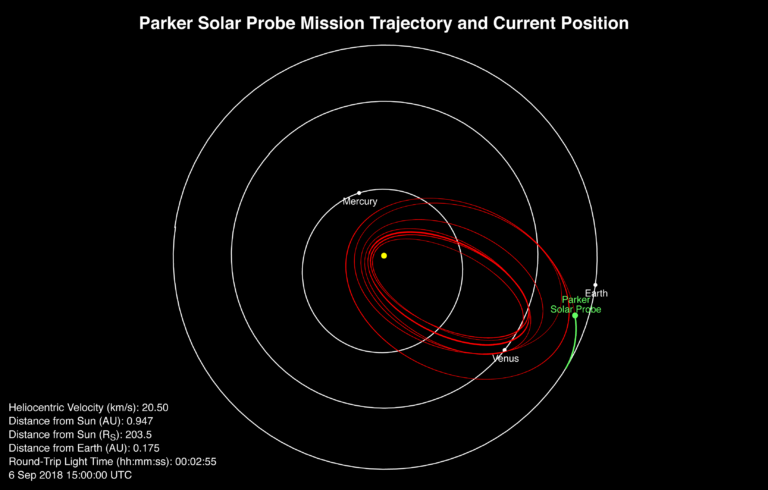
Where's Parker Solar Probe? Track the Spacecraft!
Posted on 2018-09-06 13:23:18You can now track the position and speed of Parker Solar Probe on the web: http://parkersolarprobe.jhuapl.edu/The-Mission/index.php#Where-Is-PSP The plots showing the spacecraft’s heliocentric velocity, distances from the Sun and Earth, and round-trip light time to Earth update every hour.

Parker Solar Probe Continues Successful Commissioning Operations
Posted on 2018-09-05 10:35:32Parker Solar Probe continues to bring its instruments and secondary systems online — slightly ahead of schedule — as it speeds away from Earth. On Friday, Aug. 31, flight controllers at the Johns Hopkins Applied Physics Laboratory in Laurel, Maryland performed a second planned Trajectory Correction Maneuver (TCM-2), a thruster burn which lasted for 35.2 seconds.

After Near-Perfect Trajectory Maneuver, Parker Solar Probe On Course To Touch The Sun
Posted on 2018-08-21 10:15:14At 6:07 a.m. EDT on Aug. 20, 2018, NASA’s Parker Solar Probe successfully completed its first trajectory correction maneuver (known as TCM-1), achieving a near-perfect firing of its propulsion system and putting the spacecraft on course to “touch” the Sun.
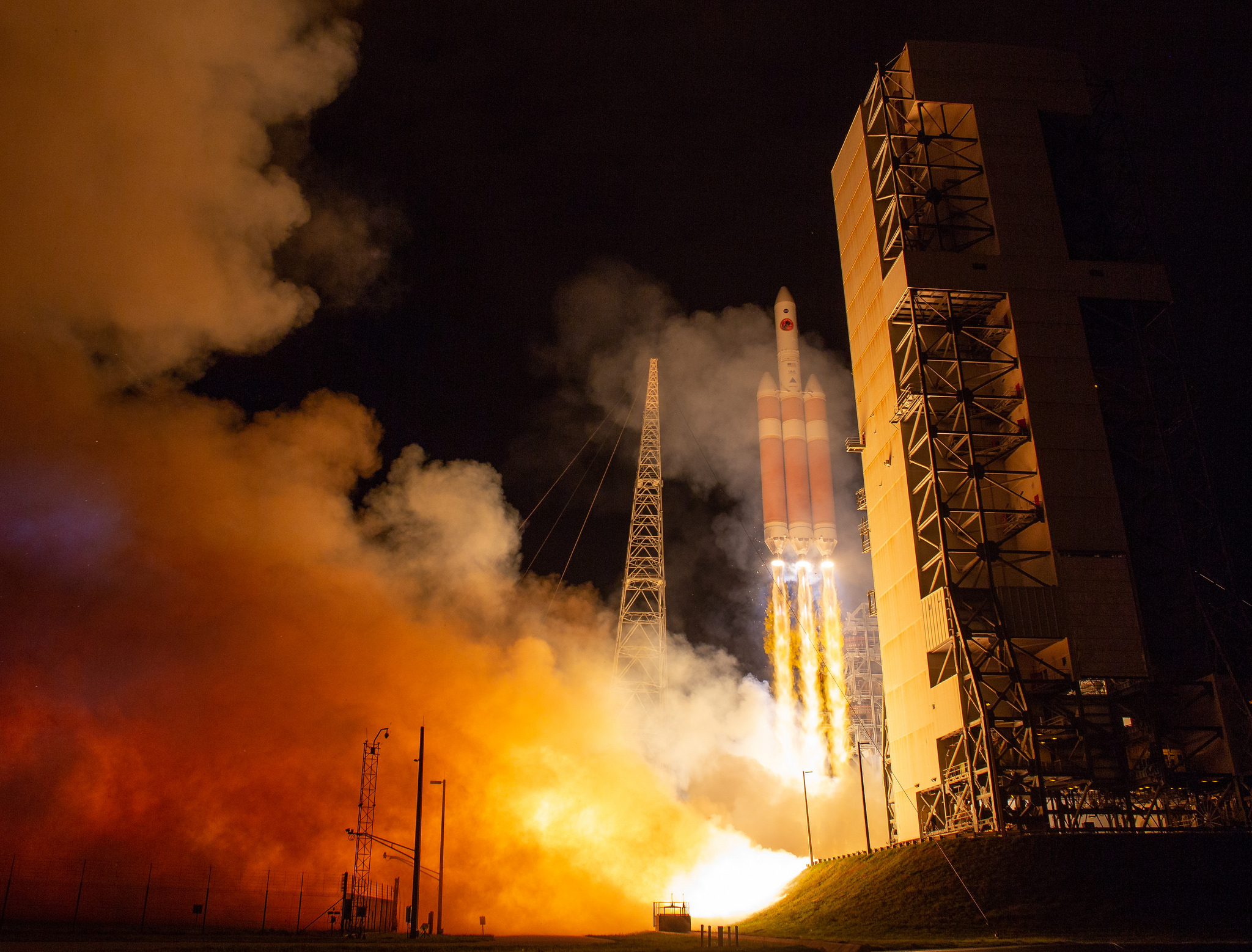
Parker Solar Probe Marks First Mission Milestones on Voyage to Sun
Posted on 2018-08-17 10:40:23Just two days after launch on Aug. 12, 2018, from Cape Canaveral Air Force Station in Florida, NASA’s Parker Solar Probe achieved several planned milestones toward full commissioning and operations, announced mission controllers at the Johns Hopkins Applied Physics Laboratory, or APL, in Laurel, Maryland.
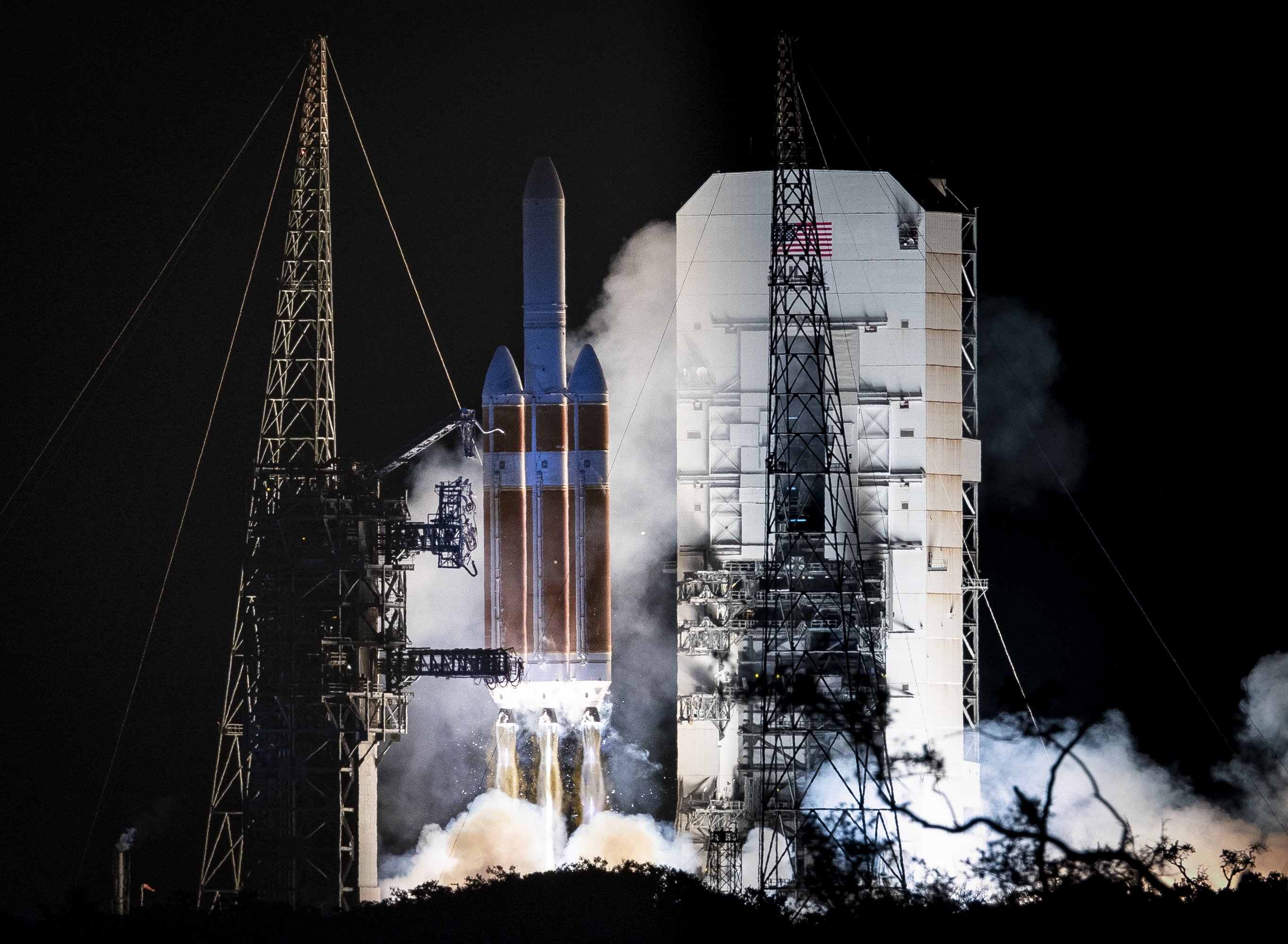
Parker Solar Probe Launches on Historic Journey to Touch the Sun
Posted on 2018-08-12 05:57:17Hours before the rise of the very star it will study, NASA’s Parker Solar Probe launched from Florida Sunday, Aug. 12 to begin its journey to the Sun, where it will undertake a landmark mission.
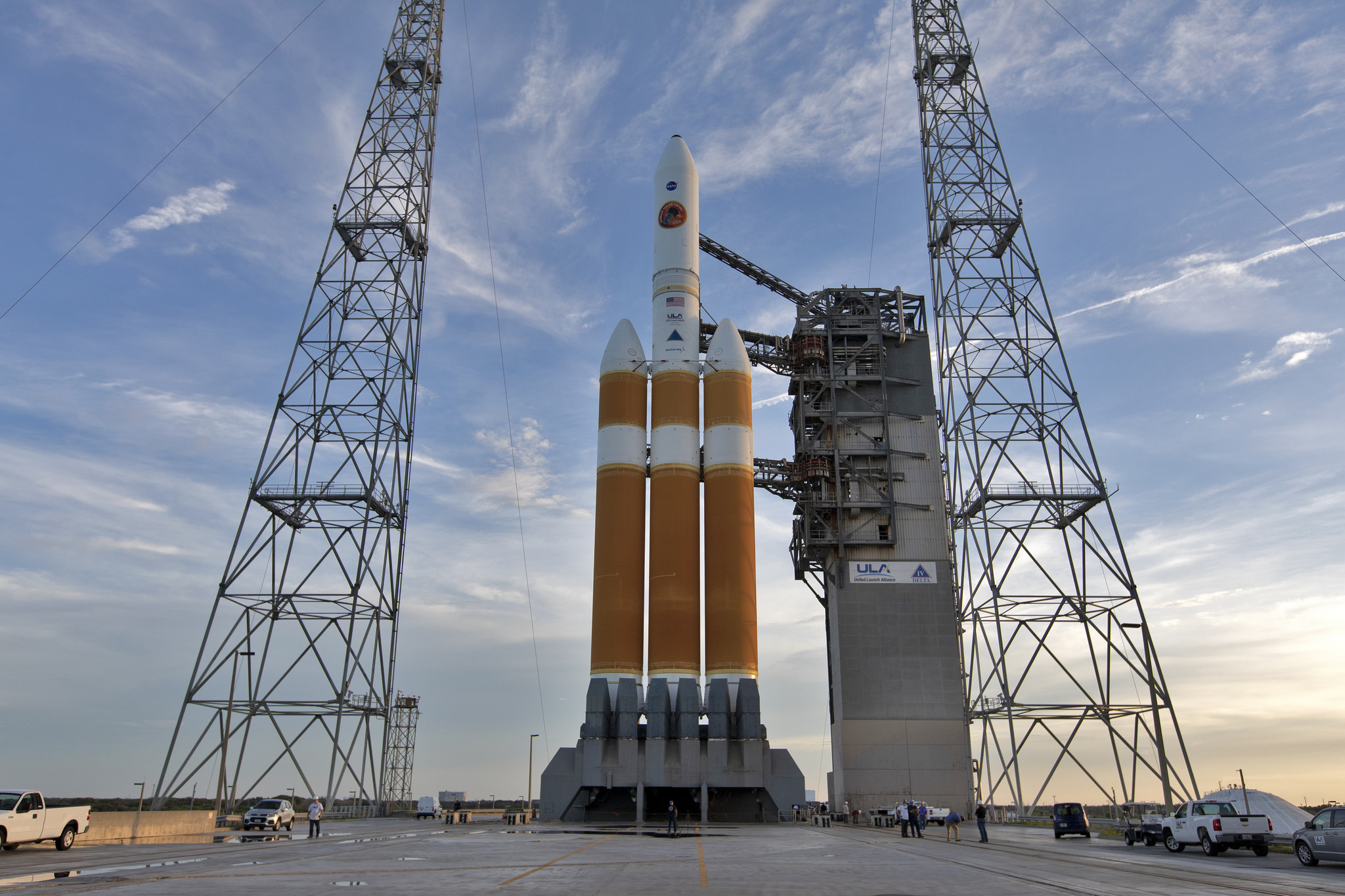
Parker Solar Probe Launch Now Targeted For 3:53 a.m., Aug. 11
Posted on 2018-08-11 02:06:47The launch team is targeting 3:53 a.m. EDT for liftoff of the United Launch Alliance Delta IV Heavy rocket carrying NASA's Parker Solar Probe. The countdown is in progress at Cape Canaveral Air Force Station's Space Launch Complex 37.

Launch Scrubbed; Next Attempt Aug. 12 at 3:31 a.m. ET
Posted on 2018-08-11 06:07:36The launch of a United Launch Alliance Delta IV Heavy carrying the Parker Solar Probe spacecraft was scrubbed today due to a violation of a launch limit, resulting in a hold. There was not enough time remaining in the window to recycle.
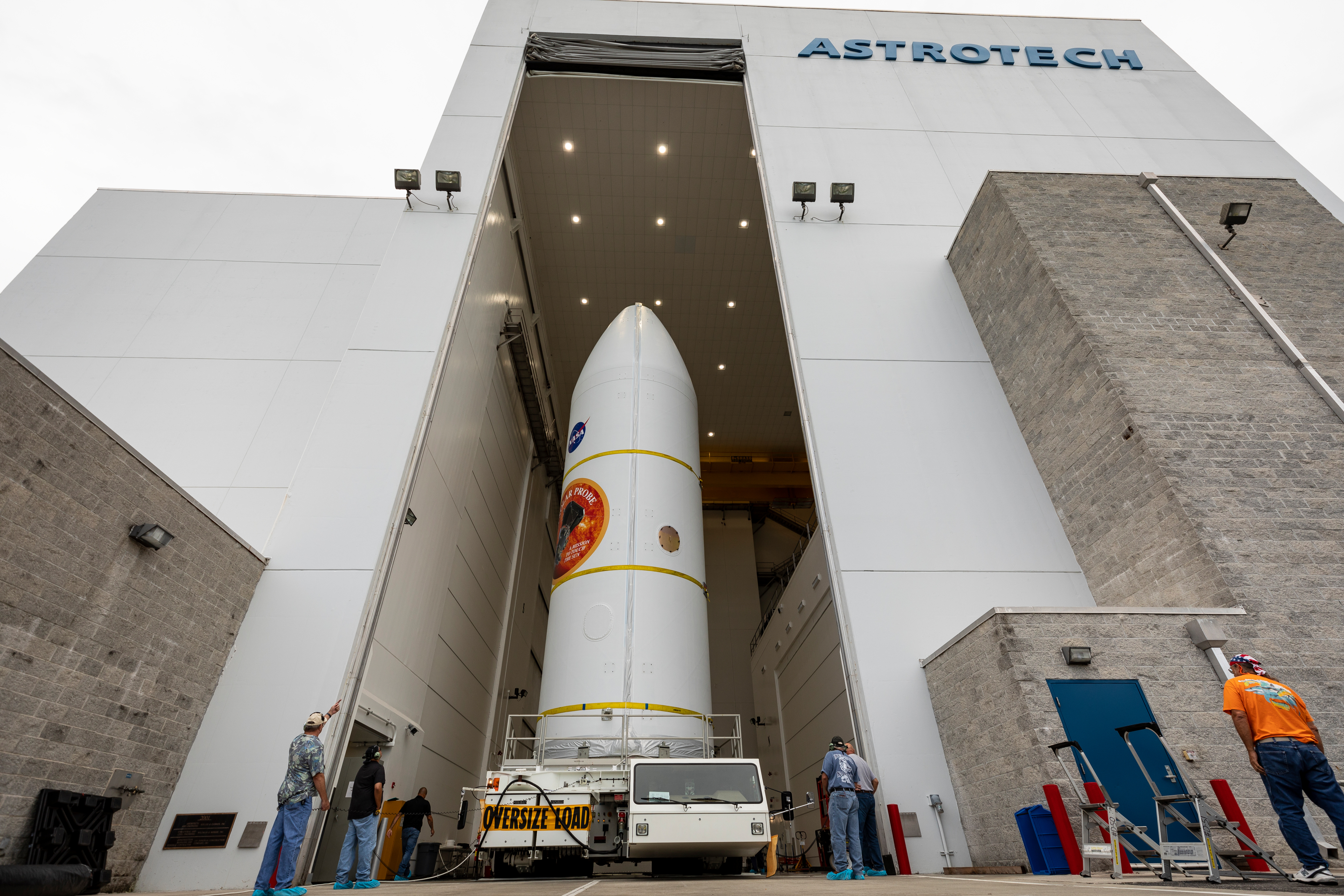
Countdown to Launch: Parker Solar Probe's Path To Launch Pad
Posted on 2018-08-09 20:50:34NASA’s Parker Solar Probe, secured inside its payload fairing, was moved July 30, 2018, from nearby Astrotech Space Operations in Titusville, Florida, to Space Launch Complex 37 on Cape Canaveral Air Force Station.
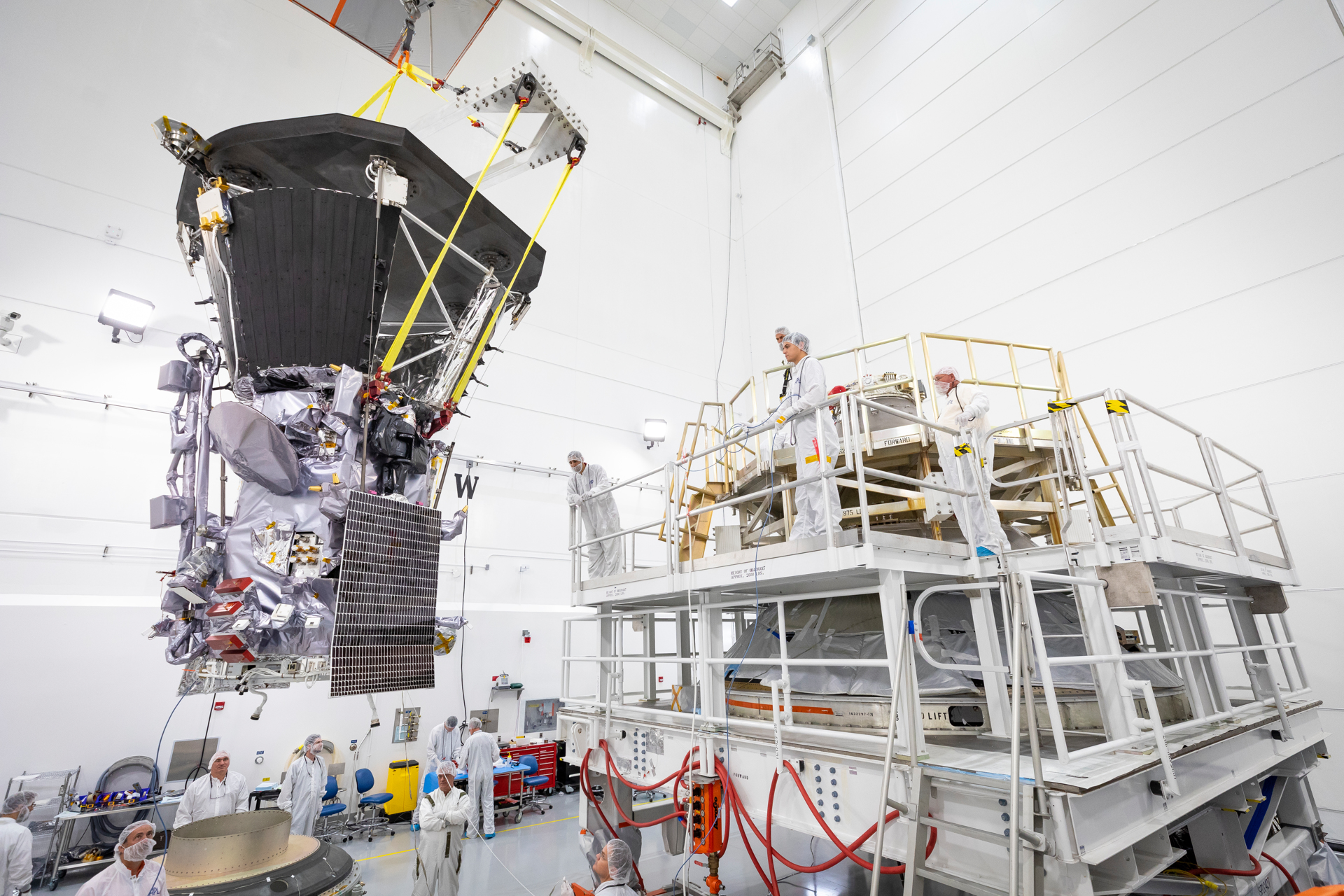
Launch Week Begins for Parker Solar Probe
Posted on 2018-08-08 05:56:29Teams preparing for launch of NASA’s Parker Solar Probe are beginning a busy week leading up to liftoff, scheduled for Saturday, Aug. 11, at 3:33 a.m. EDT, the opening of a 65-minute window.
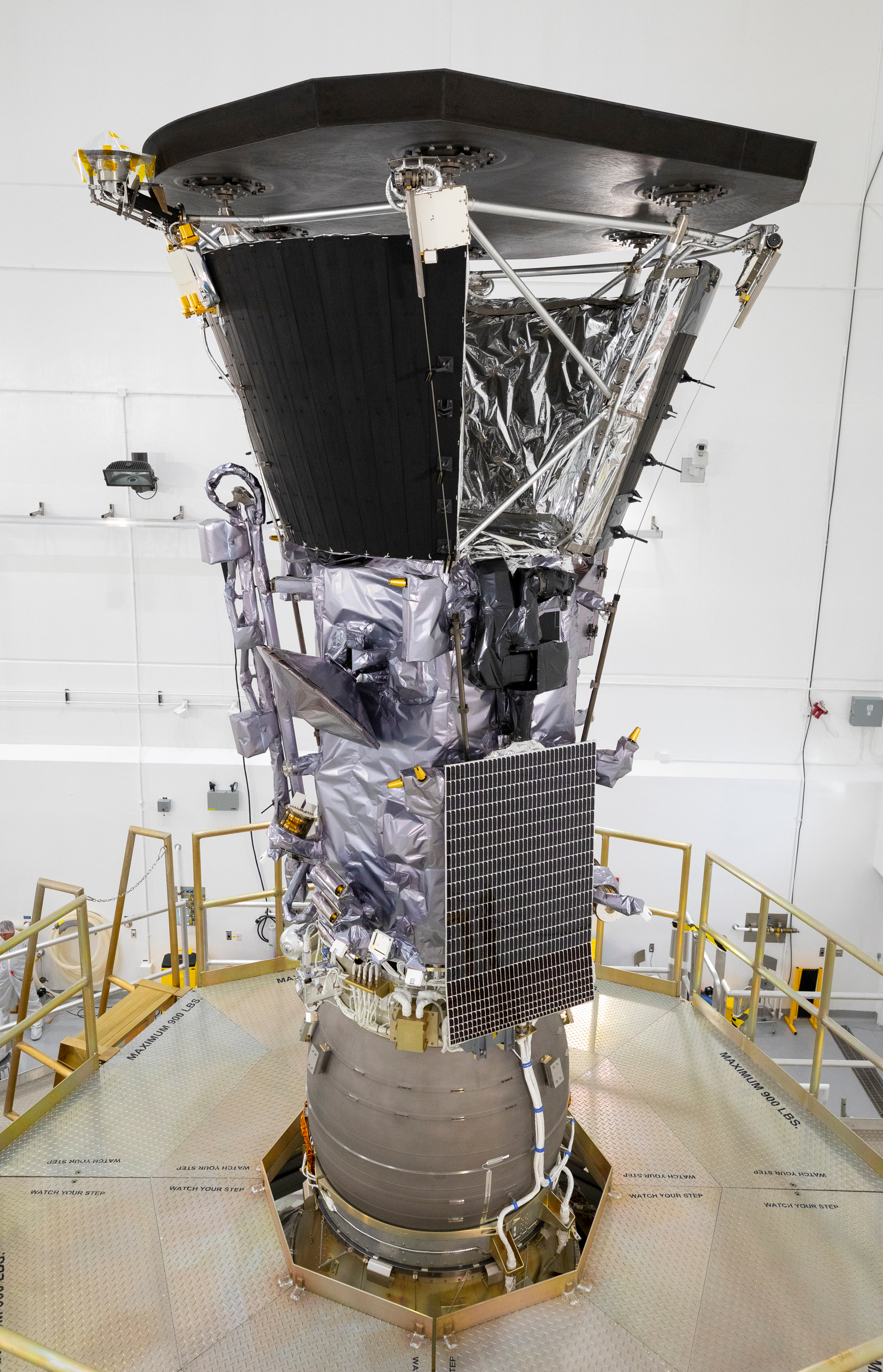
Parker Solar Probe Launch Window Extended to August 23
Posted on 2018-08-02 14:42:26NASA and its mission partners have analyzed and approved an extended launch window for Parker Solar Probe until Aug. 23, 2018 (previously Aug. 19). The spacecraft is scheduled to launch no earlier than Aug.

Parker Solar Probe Prepares to Head Toward Launch Pad
Posted on 2018-07-31 11:31:00NASA’s Parker Solar Probe has cleared the final procedures in the clean room before its move to the launch pad, where it will be integrated onto its launch vehicle, a United Launch Alliance Delta IV Heavy.
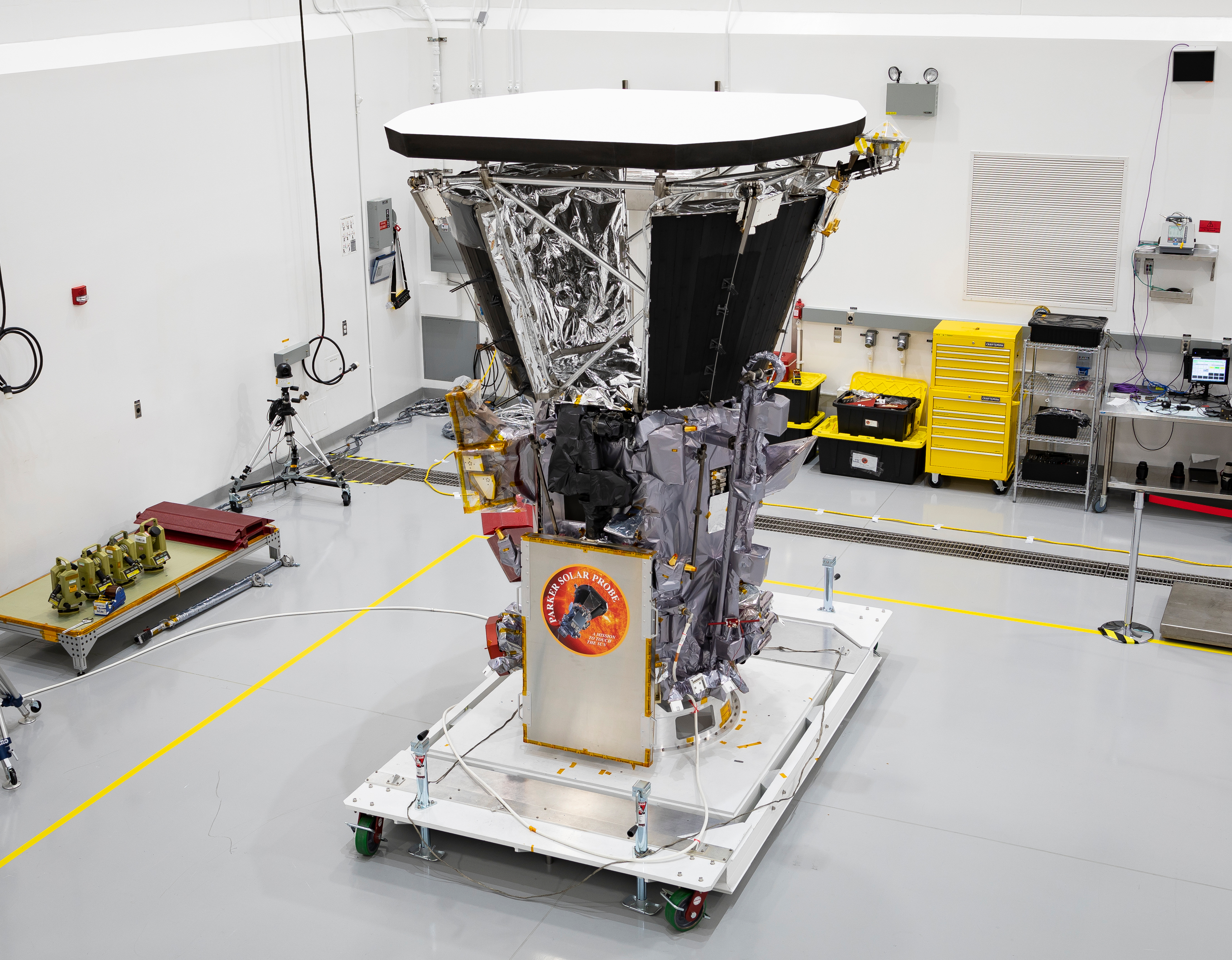
New NASA Rocket Ranch Podcast on Parker Solar Probe
Posted on 2018-07-27 10:51:12Even though our Sun shines bright in the sky, it is shrouded in mystery. In this episode of NASA's Rocket Ranch podcast, we hear from Parker Solar Probe project scientist Nicky Fox, who explains how the mission will fly inside the Sun's atmosphere in order to unlock its many secrets.

Parker Solar Probe Instruments: IS☉IS
Posted on 2018-07-25 09:01:30Take a tour of the Integrated Science Investigation of the Sun—IS☉IS, pronounced ee-sis and including the symbol for the Sun in its acronym—on board Parker Solar Probe with Principal Investigator David McComas.

New Launch Date for Parker Solar Probe: Aug. 11, 2018
Posted on 2018-07-24 16:26:37NASA and its mission partners are targeting Aug. 11 for the launch of the Parker Solar Probe mission to the Sun. The 45-minute launch window will open at 3:48 a.m. EDT. During final inspections following the encapsulation of the spacecraft, a small strip of foam was found inside the fairing and additional time is needed for inspection.
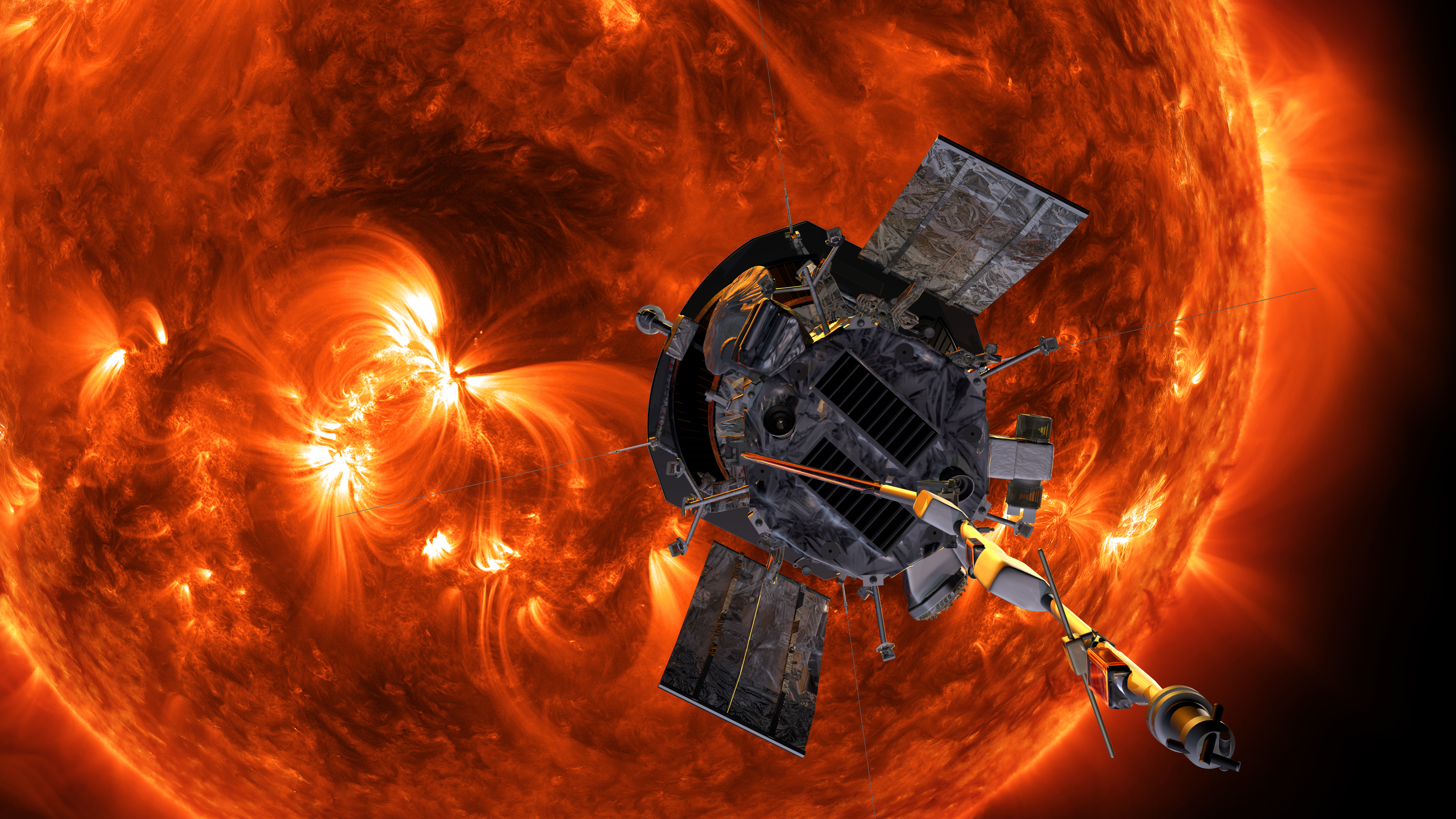
July 20 Preview Briefing of Parker Solar Probe Mission
Posted on 2018-07-20 08:44:33NASA will hold a preview briefing on the agency’s Parker Solar Probe at 1 p.m. EDT Friday, July 20. The event will air live on NASA Television, the agency’s website and Facebook Live.

Parker Solar Probe Launch No Earlier Than August 6
Posted on 2018-07-18 17:00:38NASA now is targeting launch of the Parker Solar Probe no earlier than Aug. 6, 2018. Additional time was needed to evaluate the configuration of a cable clamp on the payload fairing.
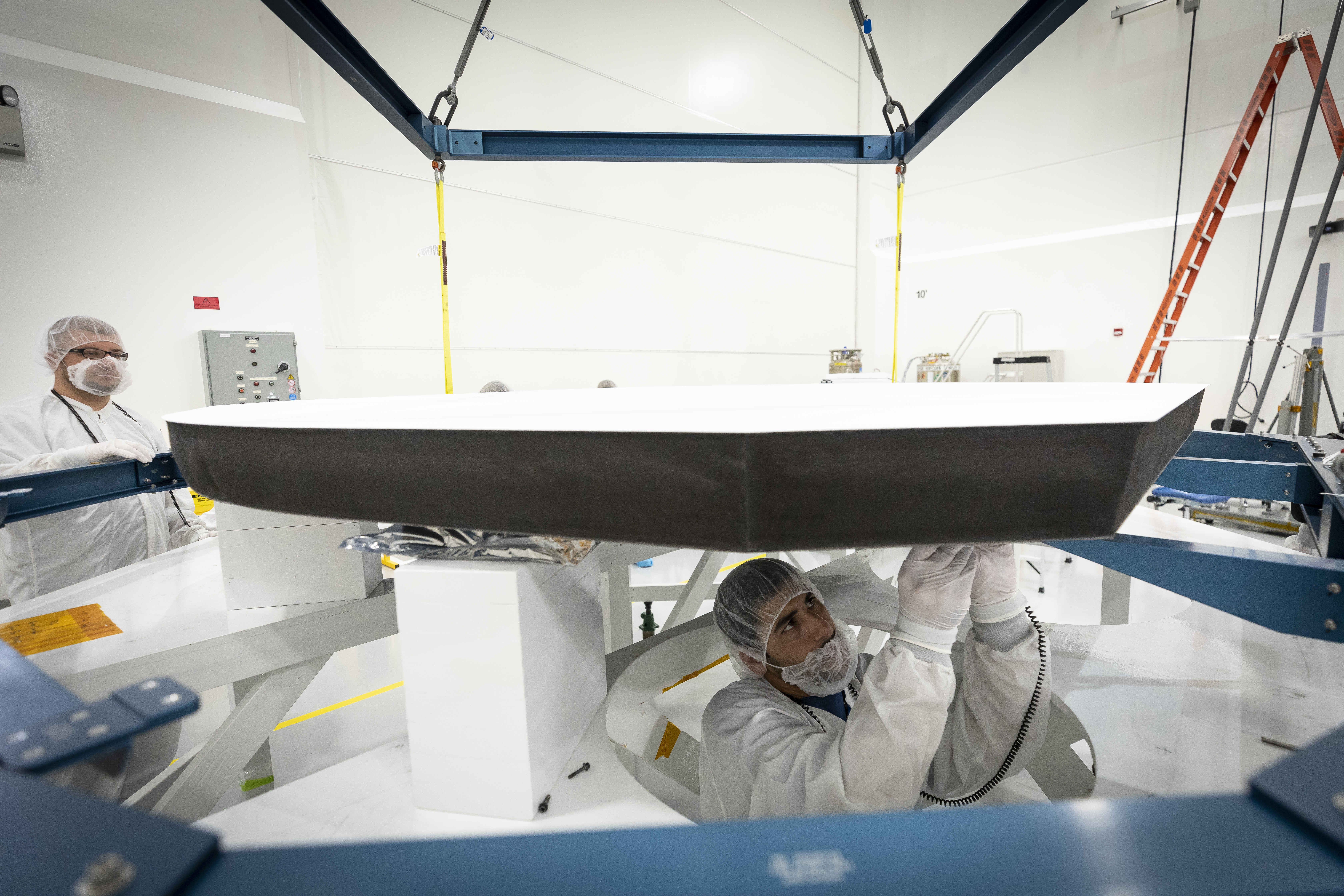
Cutting-Edge Heat Shield Installed on NASA’s Parker Solar Probe
Posted on 2018-07-05 12:44:33The launch of Parker Solar Probe, the mission that will get closer to the Sun than any human-made object has ever gone, is quickly approaching, and on June 27, 2018, Parker Solar Probe’s heat shield — called the Thermal Protection System, or TPS — was installed on the spacecraft.
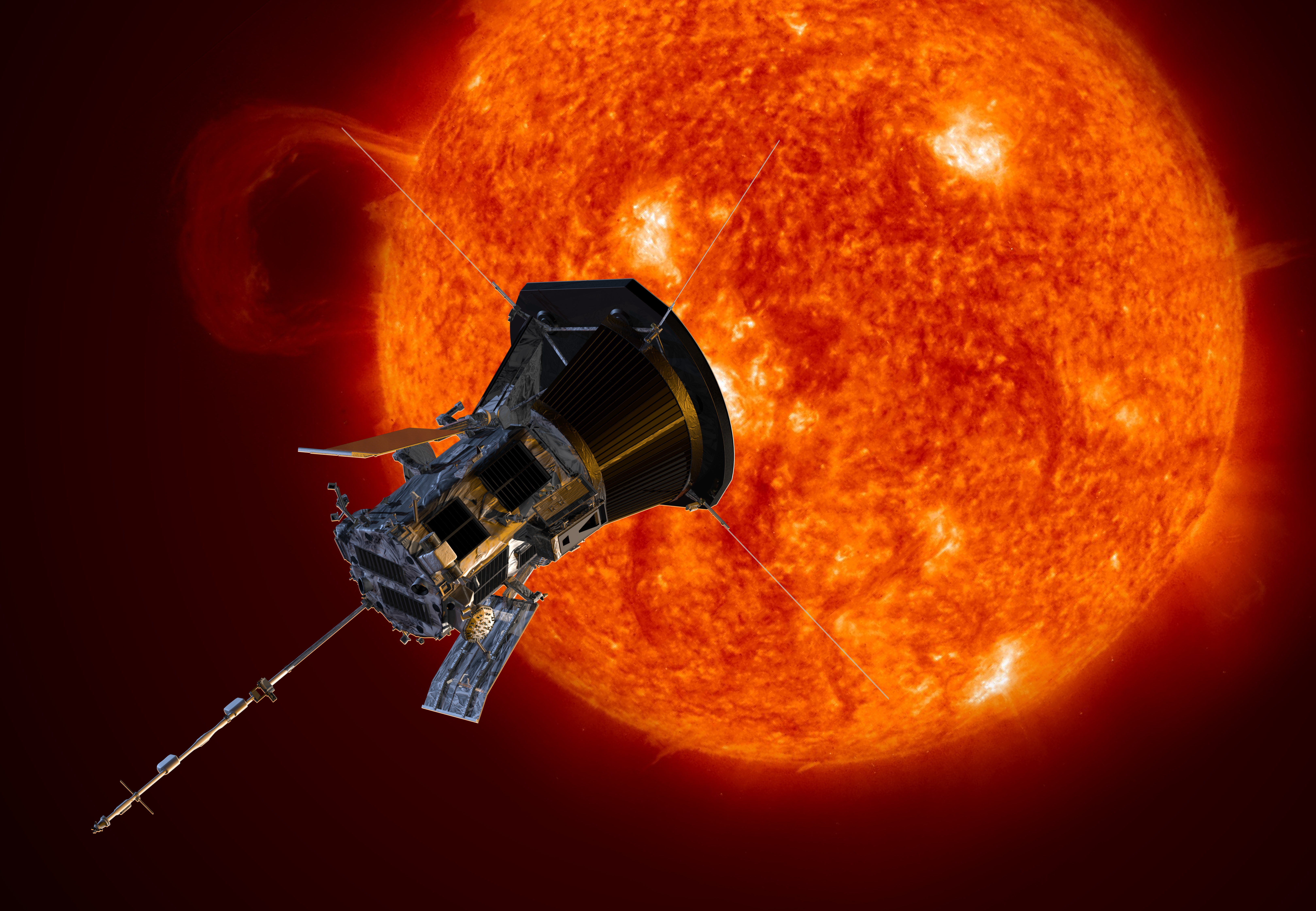
New Launch Readiness Date for Parker Solar Probe: August 4, 2018
Posted on 2018-06-15 15:21:37NASA and the Johns Hopkins University Applied Physics Laboratory are now targeting launch of the agency’s Parker Solar Probe spacecraft no earlier than Aug. 4, 2018. Originally scheduled to launch on July 31, additional time is needed to accommodate further software testing of spacecraft systems.

Power Up: Solar Arrays Installed on NASA’s Mission to Touch the Sun
Posted on 2018-06-06 15:15:31NASA’s Parker Solar Probe depends on the Sun, not just as an object of scientific investigation, but also for the power that drives its instruments and systems. On Thursday, May 31, 2018, the spacecraft’s solar arrays were installed and tested.
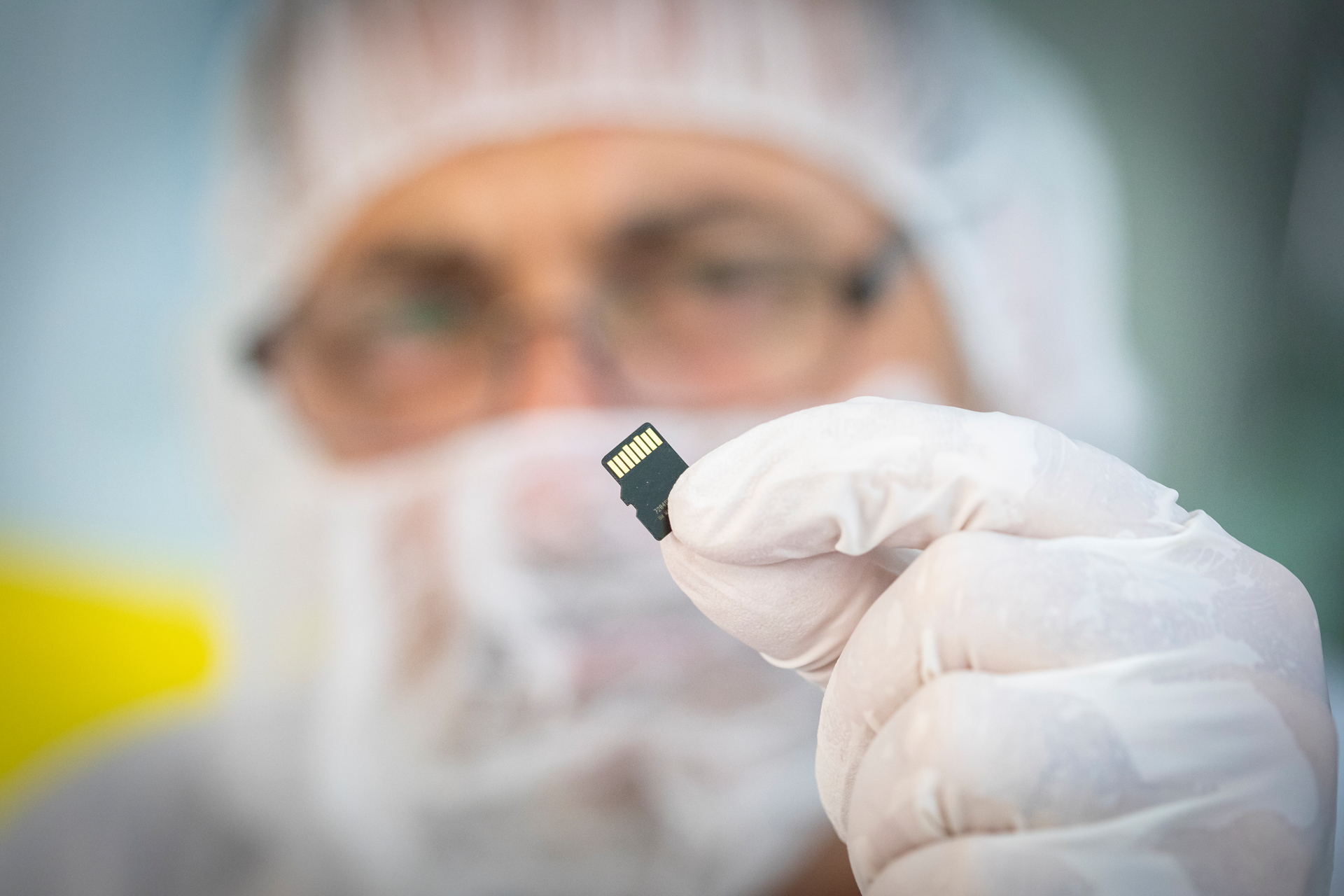
More than 1.1 Million Names Installed on NASA’s Parker Solar Probe
Posted on 2018-05-21 11:15:59Throughout its seven-year mission, NASA’s Parker Solar Probe will swoop through the Sun’s atmosphere 24 times, getting closer to our star than any spacecraft has gone before. The spacecraft will carry more than scientific instruments on this historic journey – it will also hold more than 1.1 million names submitted by the public to go to the Sun.

Solar Power: Parker Solar Probe Tests Its Arrays
Posted on 2018-05-07 12:03:00NASA’s Parker Solar Probe gets its power from the Sun, so the solar arrays that collect energy from our star need to be in perfect working order. This month, members of the mission team tested the arrays at Astrotech Space Operations in Titusville, Florida, to ensure the system performs as designed and provides power to the spacecraft during its historic mission to the Sun.
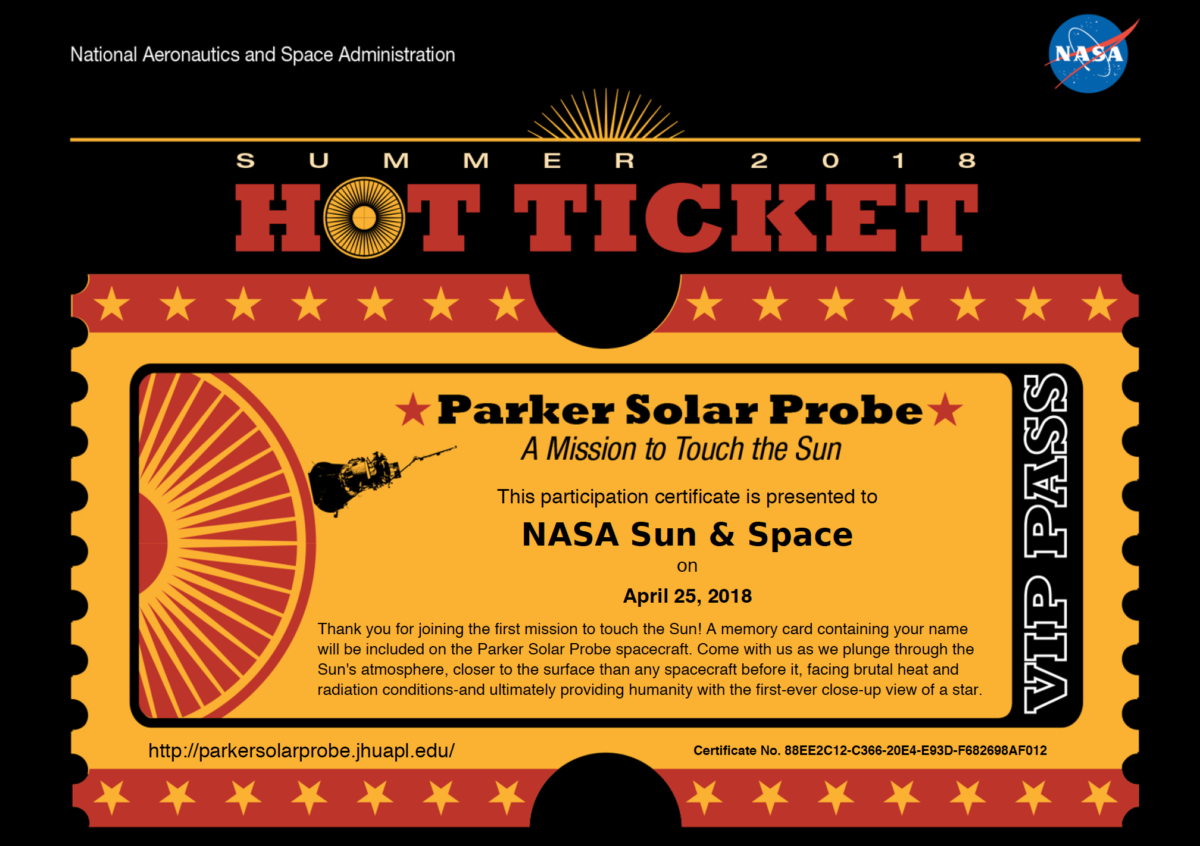
More Than 1.1 Million Names Will Head to the Sun with Parker Solar Probe
Posted on 2018-04-28 15:43:26NASA’s Parker Solar Probe will carry 1,137,202 submitted and confirmed names on its journey to the Sun. Submissions opened on March 6, 2018, and closed on April 27 at 11:59 p.m. EDT.
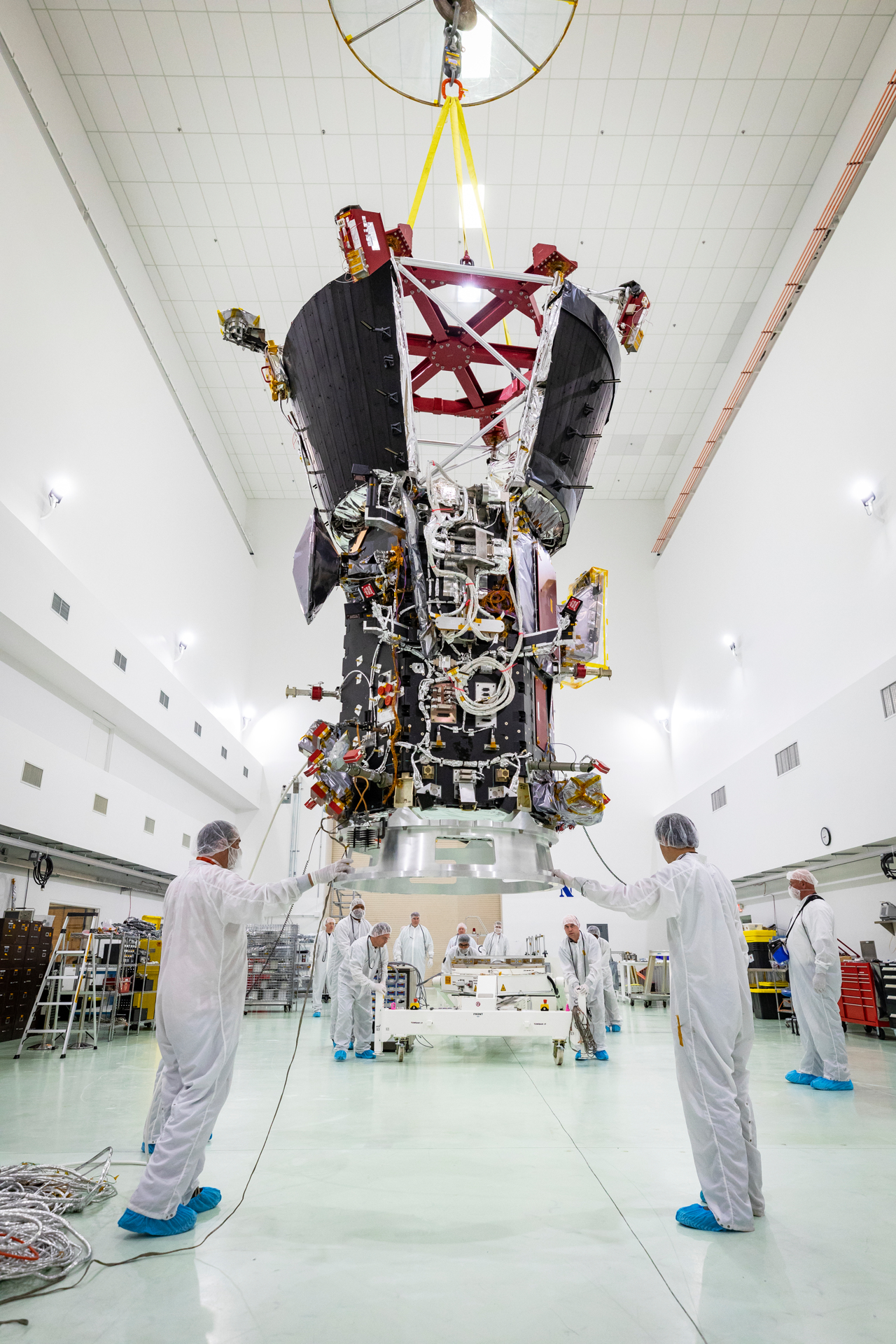
Safe in the Shadow: Making Sure Solar Probe's Instruments Keep Cool
Posted on 2018-04-27 14:00:57NASA’s Parker Solar Probe is moved to a special stand and rotated down to a horizontal position on April 10 during pre-launch processing and testing at Astrotech Space Operations in Titusville, Florida, just outside Kennedy Space Center.
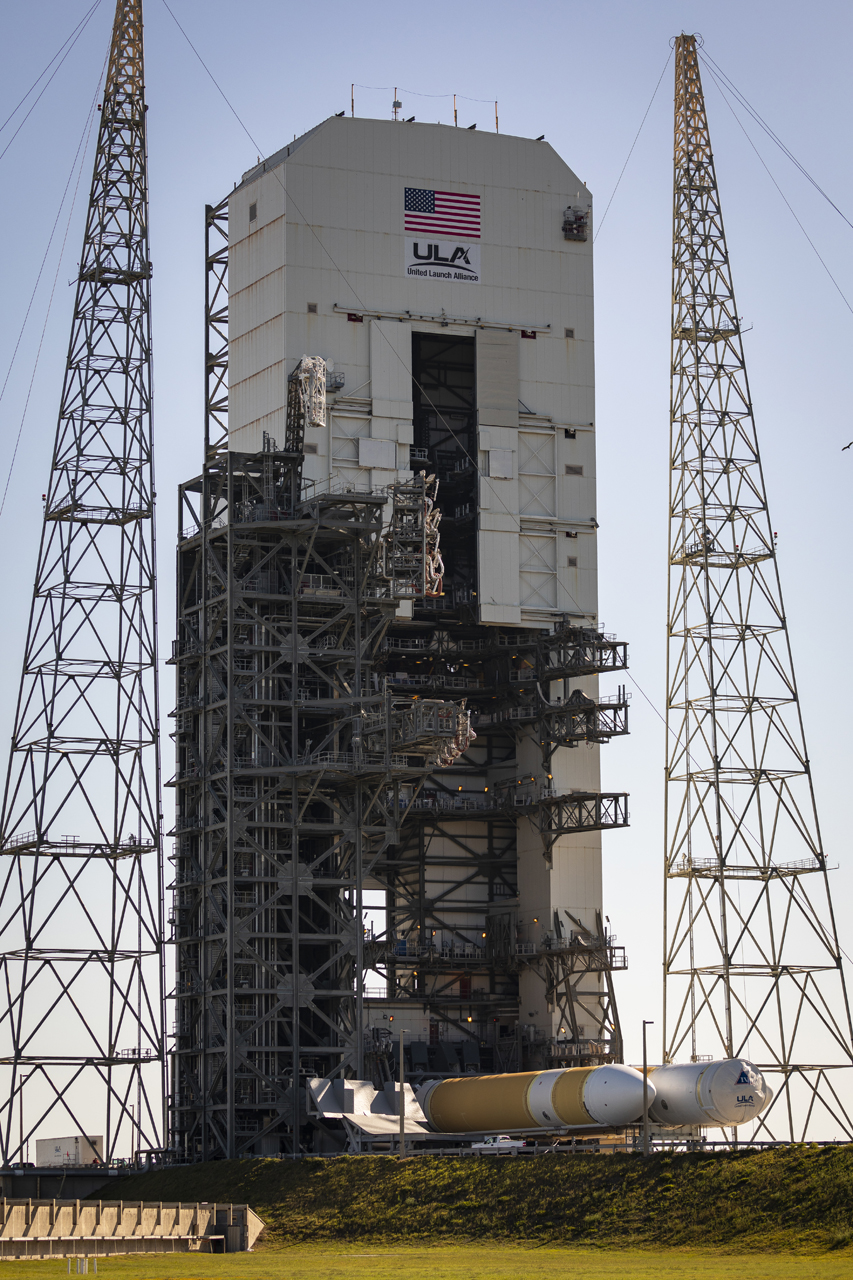
Parker Solar Probe’s Launch Vehicle Rises at Space Launch Complex 37
Posted on 2018-04-26 14:16:13On the morning of Tuesday, April 17, 2018, crews from United Launch Alliance raised the 170-foot tall Delta IV Heavy launch vehicle – the largest and most powerful rocket currently used by NASA – at Launch Complex 37 at Cape Canaveral Air Force Station in Florida.

Heat Shield Arrives in Florida
Posted on 2018-04-24 14:22:33The Thermal Protection System — also known as the heat shield — for NASA’s Parker Solar Probe arrived in Titusville, Florida, on April 18, 2018, bringing it one step closer to reuniting with the spacecraft that will be the first to “touch” the Sun.
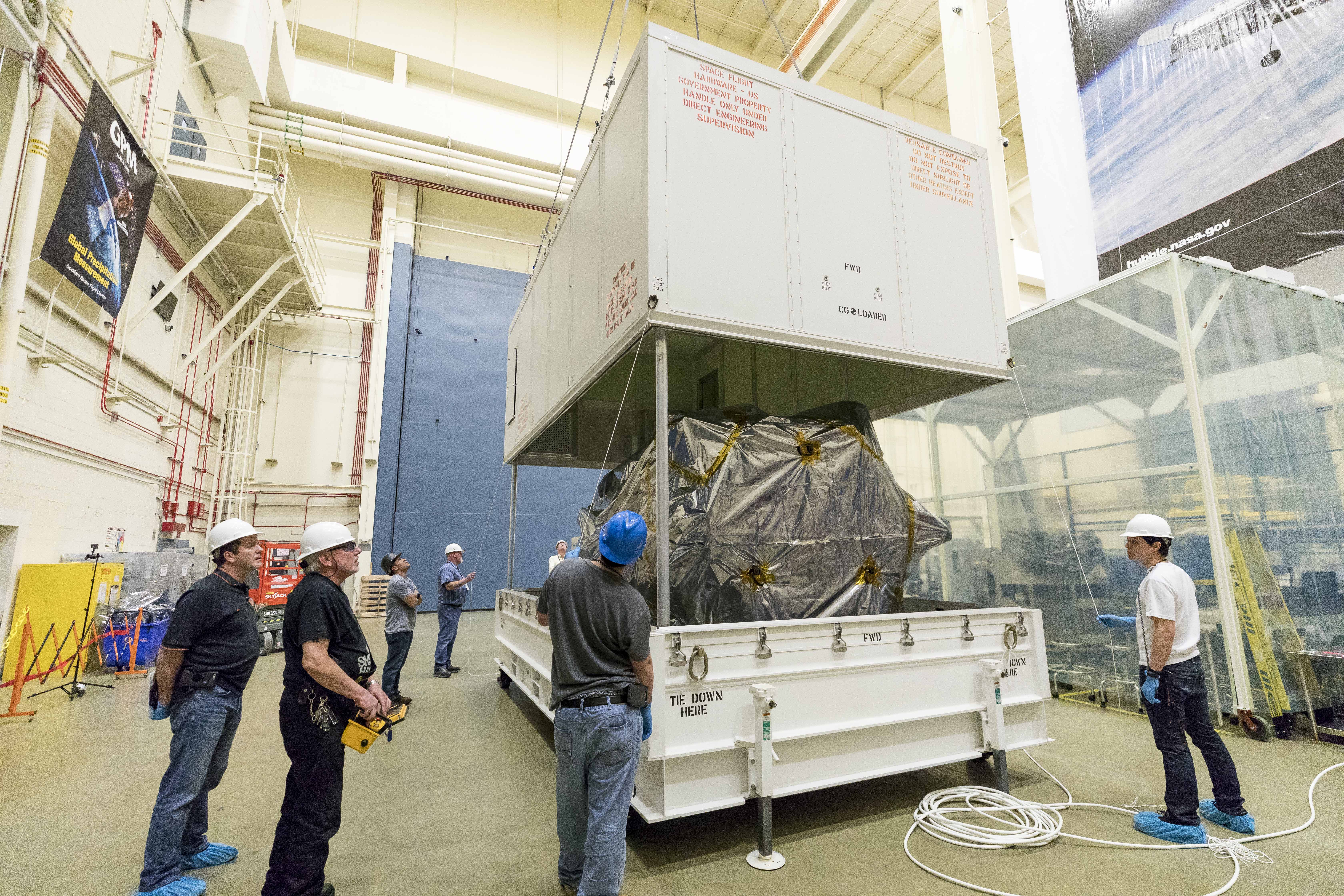
NASA’s Mission to Touch the Sun Arrives in the Sunshine State
Posted on 2018-04-06 09:30:18NASA’s Parker Solar Probe has arrived in Florida to begin final preparations for its launch to the Sun, scheduled for July 31, 2018. In the middle of the night on April 2, the spacecraft was driven from NASA’s Goddard Space Flight Center in Greenbelt, Maryland, to nearby Joint Base Andrews in Maryland.
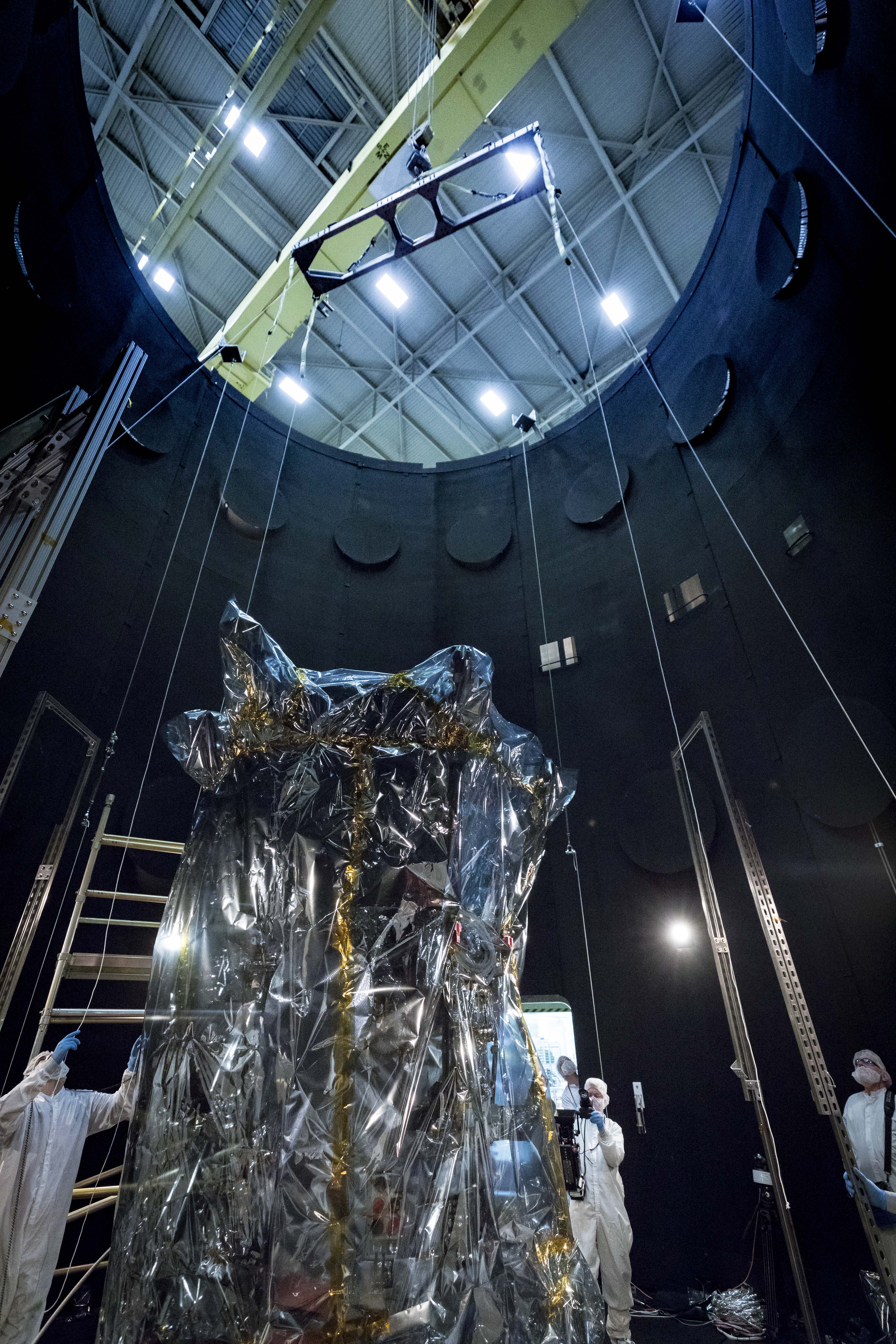
Parker Solar Probe Completes Space Environment Testing
Posted on 2018-03-26 15:35:00Parker Solar Probe has completed its space environment testing at NASA’s Goddard Space Flight Center in Greenbelt, Maryland, and was lifted out of the thermal vacuum chamber on March 24, 2018, after just over two months inside.
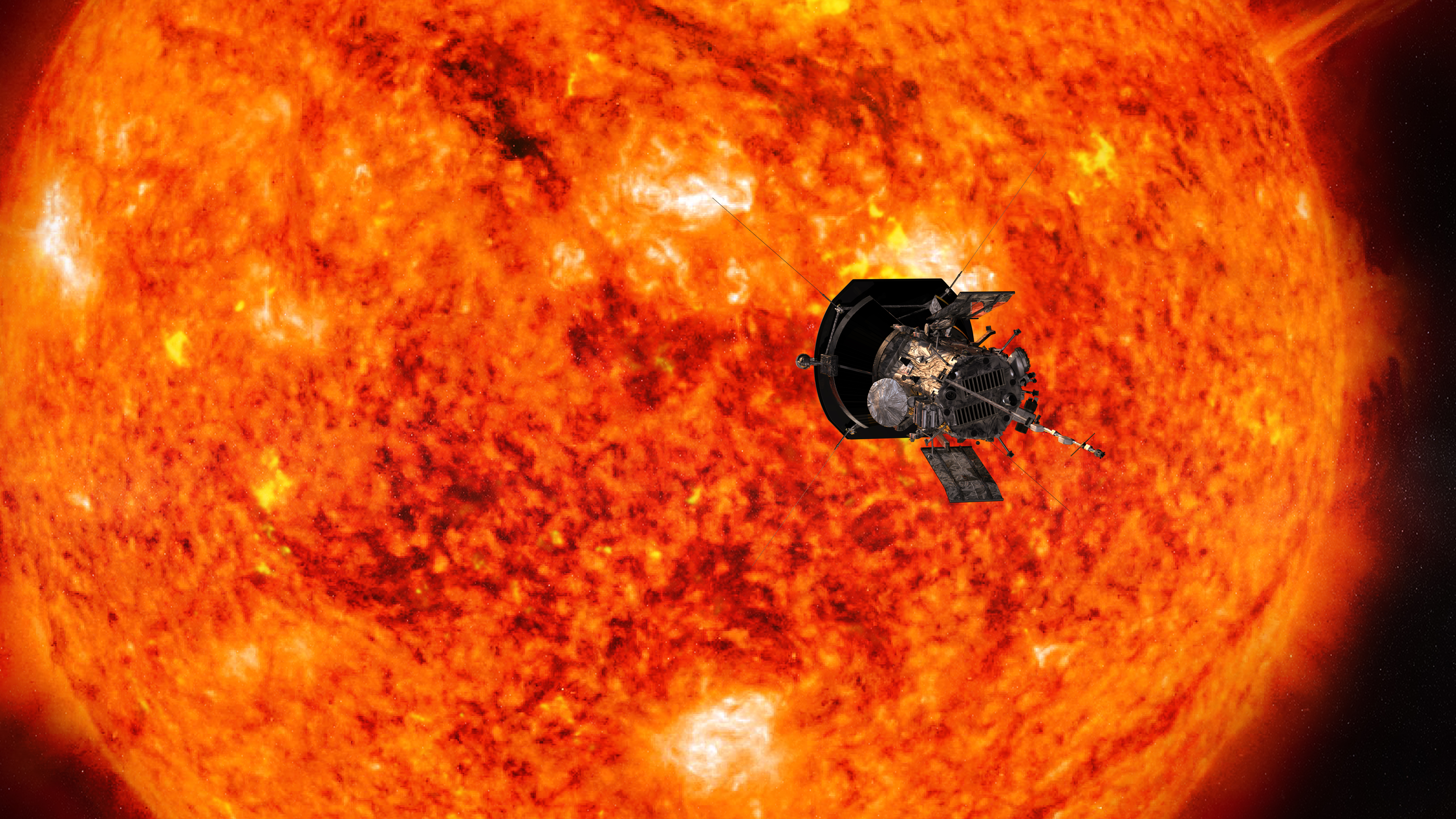
Send Your Name to the Sun Aboard NASA's Parker Solar Probe
Posted on 2018-03-06 12:30:07Want to get the hottest ticket this summer without standing in line?NASA is inviting people around the world to submit their names online to be placed on a microchip aboard NASA’s historic Parker Solar Probe mission launching in summer 2018.

Parker Solar Probe Begins Space Environment Testing
Posted on 2018-01-30 15:03:17On Saturday, Jan. 27, NASA’s Parker Solar Probe began space environment testing, starting with the air being pumped out of the 40-foot-tall thermal vacuum chamber at NASA’s Goddard Space Flight Center in Greenbelt, Maryland where the spacecraft is currently housed.
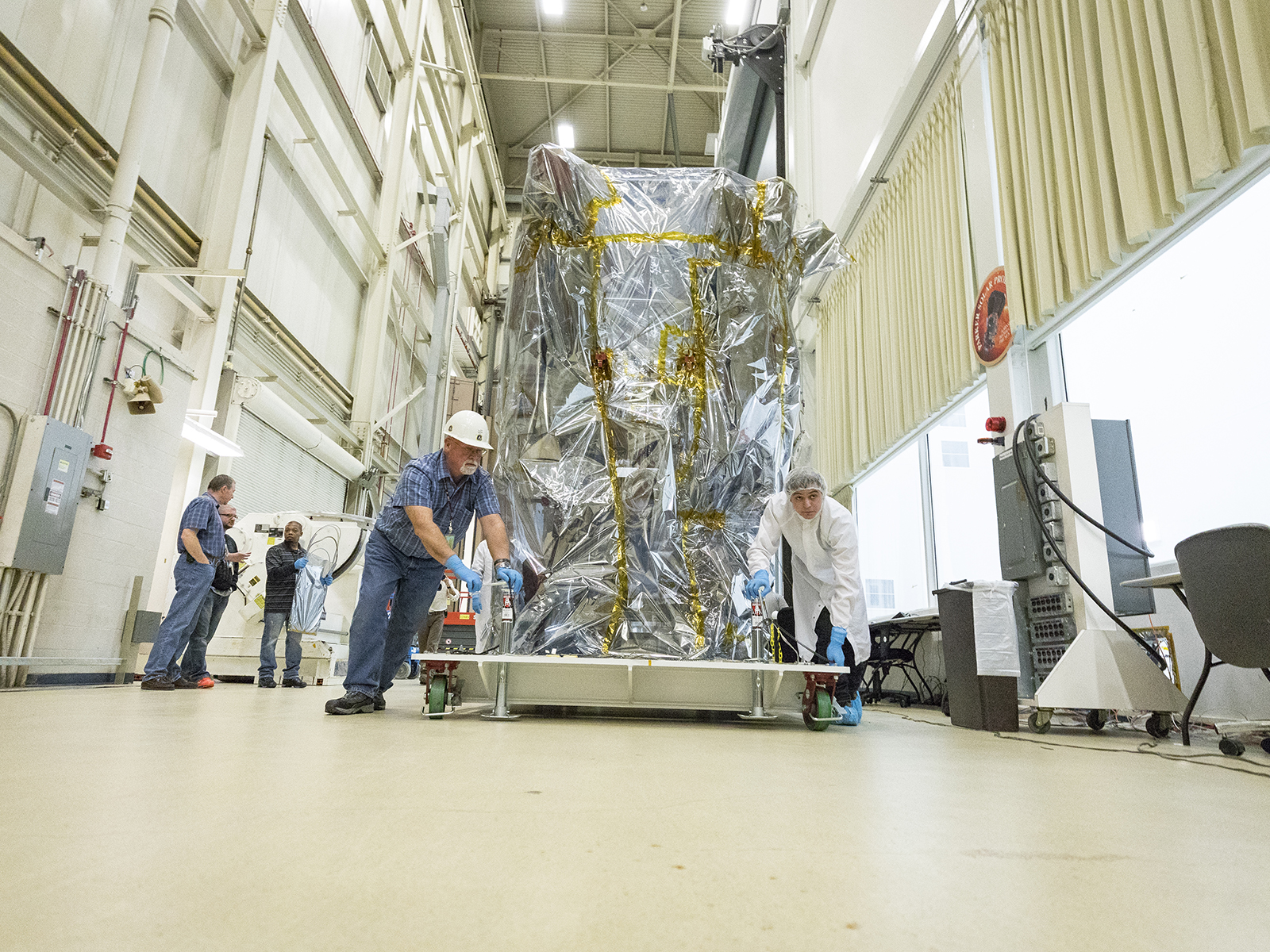
Simulated Space: Parker Solar Probe Enters Thermal Vacuum Testing
Posted on 2018-01-17 17:30:25On Wednesday, Jan. 17, NASA’s Parker Solar Probe was lowered into the 40-foot-tall thermal vacuum chamber at NASA’s Goddard Space Flight Center in Greenbelt, Maryland. The spacecraft will remain in the chamber for about seven weeks, coming out in mid-March for final tests and packing before heading to Florida.

Coordinated Science: Parker Solar Probe and Solar Orbiter (AGU 2017 Fall Meeting Presentation)
Posted on 2017-12-28 10:57:21Watch this presentation on how NASA’s Parker Solar Probe and ESA’s Solar Orbiter missions will study the Sun separately and combine their science findings to give us an unprecedented understanding of our star.

Moving Day: Parker Solar Probe Travels from APL to NASA Goddard
Posted on 2017-12-19 10:31:51How do you prepare to move the first spacecraft to touch the Sun? Same way you would move anything else: carefully wrap it, pack it in a large container, and perform a nitrogen purge.
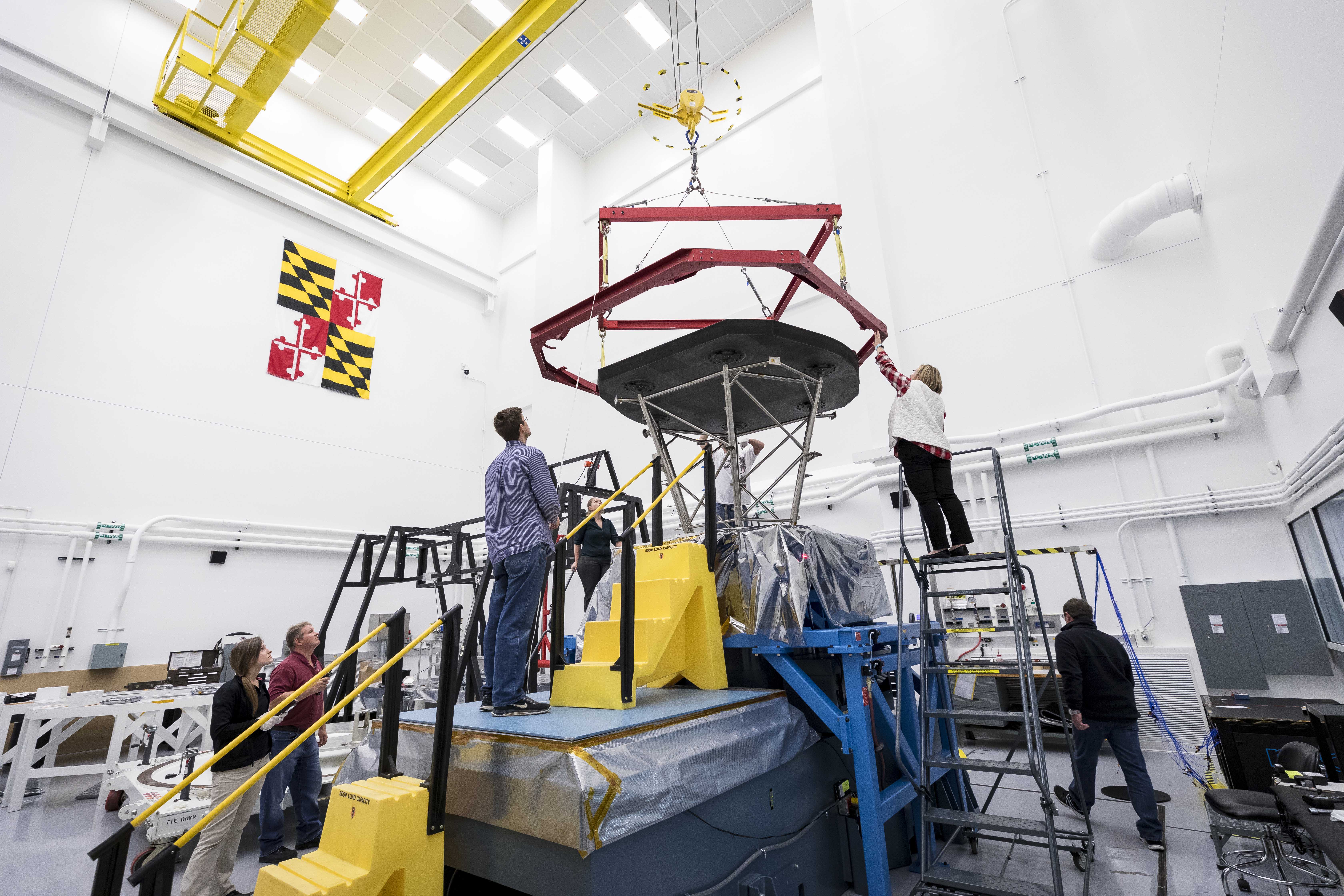
Parker Solar Probe's Heat Shield Enters Thermal Vacuum Testing
Posted on 2017-12-15 10:08:17To protect NASA's Parker Solar Probe from the intense heat of the Sun's atmosphere, scientists and engineers developed a revolutionary Thermal Protection System, or TPS. This heat shield, made of carbon-carbon composite material, will experience temperatures of almost 2,500 degrees Fahrenheit (1,370 Celsius) as the spacecraft hurtles through the solar atmosphere, while keeping the instruments on the spacecraft at approximately room temperature.The heat shield recently moved from the Johns Hopkins Applied Physics Lab (APL) in Laurel, Maryland to NASA’s Goddard Space Flight Center in Greenbelt to undergo testing in their large Thermal Vacuum Chamber.
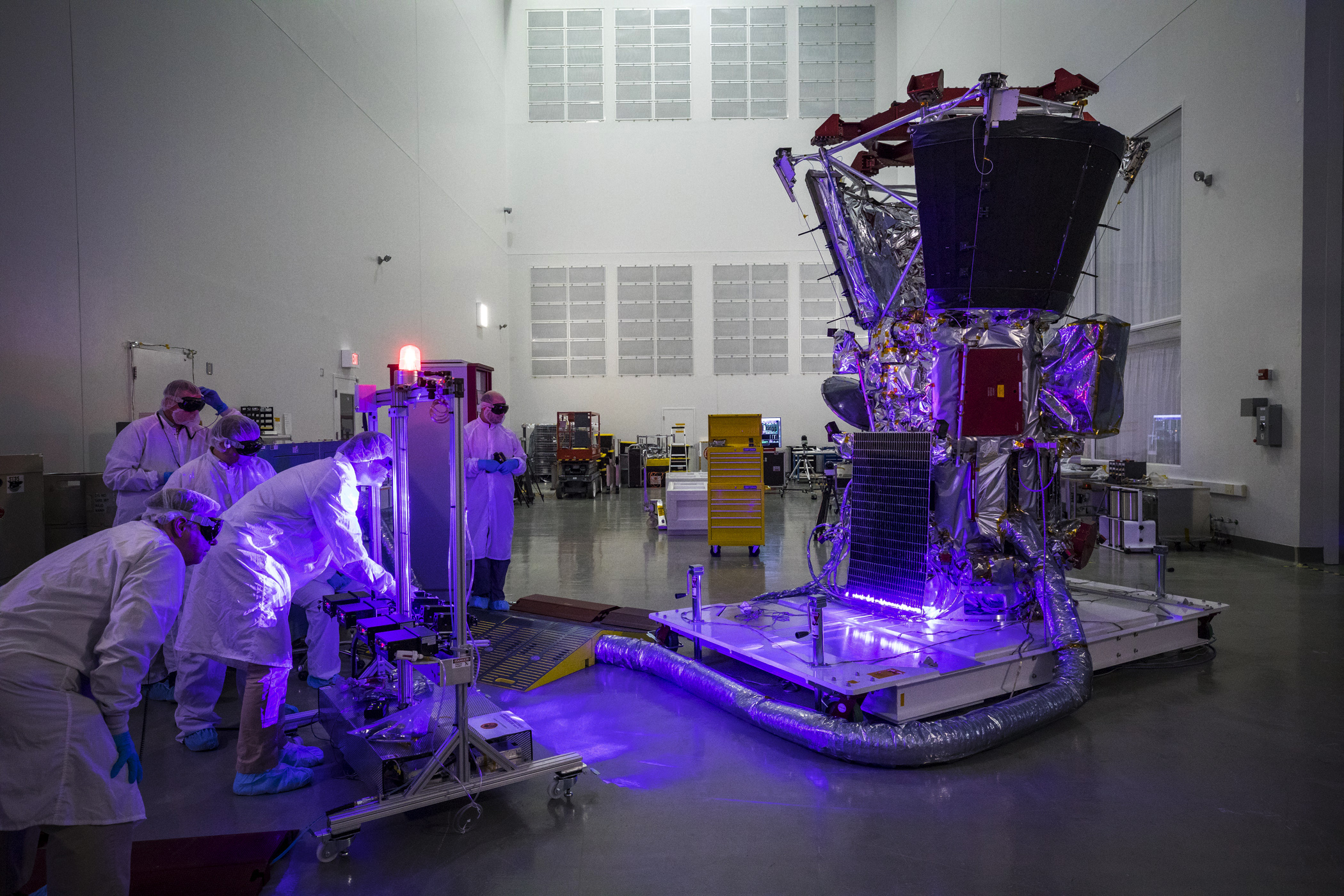
Purple Gaze: Parker Solar Probe's Solar Arrays Pass Laser Illumination Testing
Posted on 2017-12-06 11:31:00NASA’s Parker Solar Probe passed laser illumination testing the week of Nov. 27, 2017. During this test, each segment of the spacecraft’s solar panels was illuminated with lasers to check that they were still electrically connected after the vigorous vibration and acoustic testing completed earlier this fall.

Sound Effects: Parker Solar Probe Passes Acoustic Testing
Posted on 2017-11-16 14:30:43When NASA’s Parker Solar Probe lifts off on top of a Delta IV Heavy launch vehicle in summer 2018, it will undergo both intense vibration from the physical forces of the rocket engines, as well as acoustic effects from the sound of the engines and the rocket going through the atmosphere.
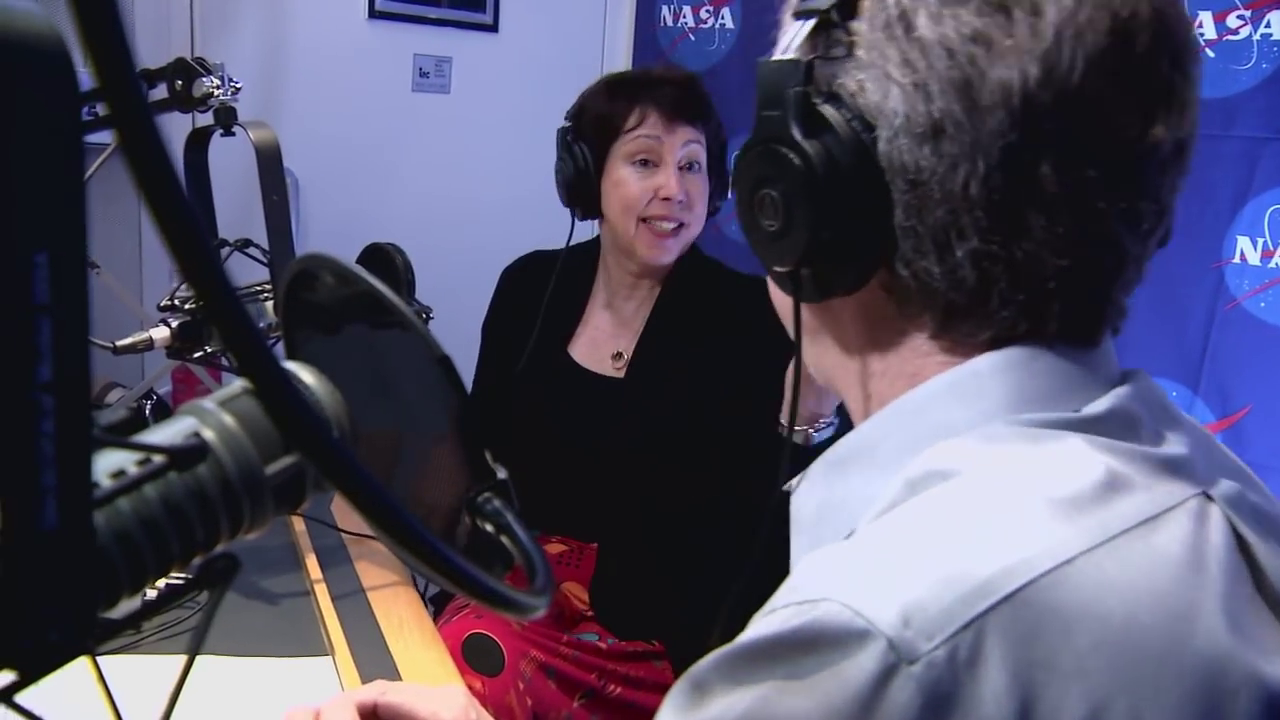
New NASA Podcast "Gravity Assist" Debuts with Guest Dr. Nicola Fox
Posted on 2017-11-15 15:50:47“Gravity Assist,” a new NASA weekly podcast series, launches Wednesday on NASA.gov and the SoundCloud and iTunes audio platforms. This initial 10-part series, with plans for future episodes, features top scientists from around the world guiding listeners on a tour through our galactic neighborhood as they explore the wonders of the solar system and beyond.

Parker Solar Probe Time-Lapse Video: Moving from Johns Hopkins APL to NASA Goddard
Posted on 2017-11-13 12:24:46Time-lapse video shows the packing up and moving of the Parker Solar Probe spacecraft from the Johns Hopkins University Applied Physics Laboratory in Laurel, Maryland, to NASA'S Goddard Space Flight Center in Greenbelt.
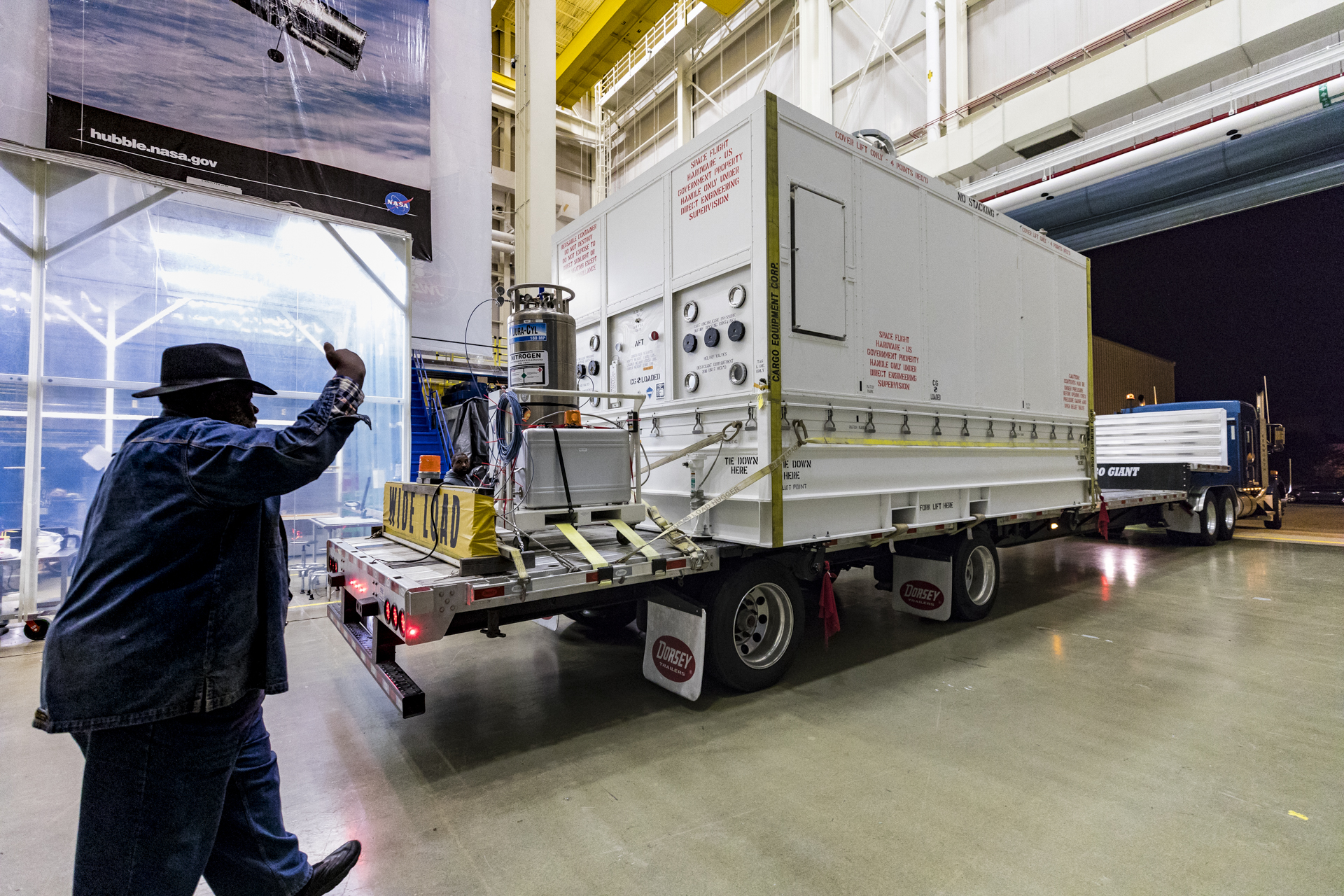
Parker Solar Probe Arrives at NASA Goddard
Posted on 2017-11-07 14:03:57On Monday, November 6, NASA's Parker Solar Probe spacecraft arrived at the NASA Goddard Space Flight Center in Greenbelt, Maryland - a short drive from the Johns Hopkins Applied Physics Laboratory in Laurel, Maryland, where the spacecraft was designed and built.
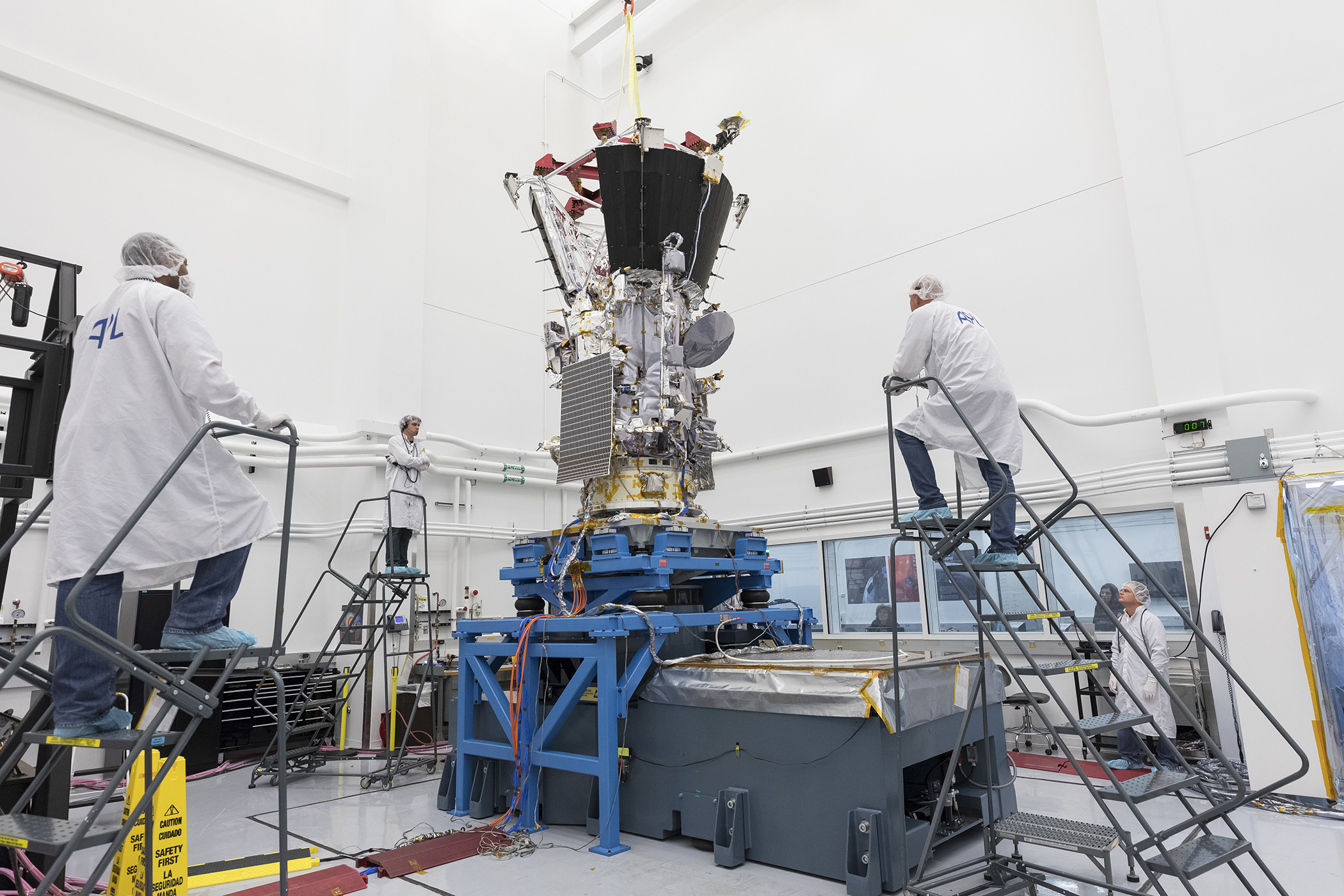
Parker Solar Probe Completes Launch Simulation Vibration Testing
Posted on 2017-11-03 08:59:03To ensure that NASA's Parker Solar Probe will be able to withstand the physical stresses of launch, engineers at the Johns Hopkins Applied Physics Laboratory – where the probe was designed and is being integrated and tested – used a special device called a shaker table to simulate the forces of being hurled into space.
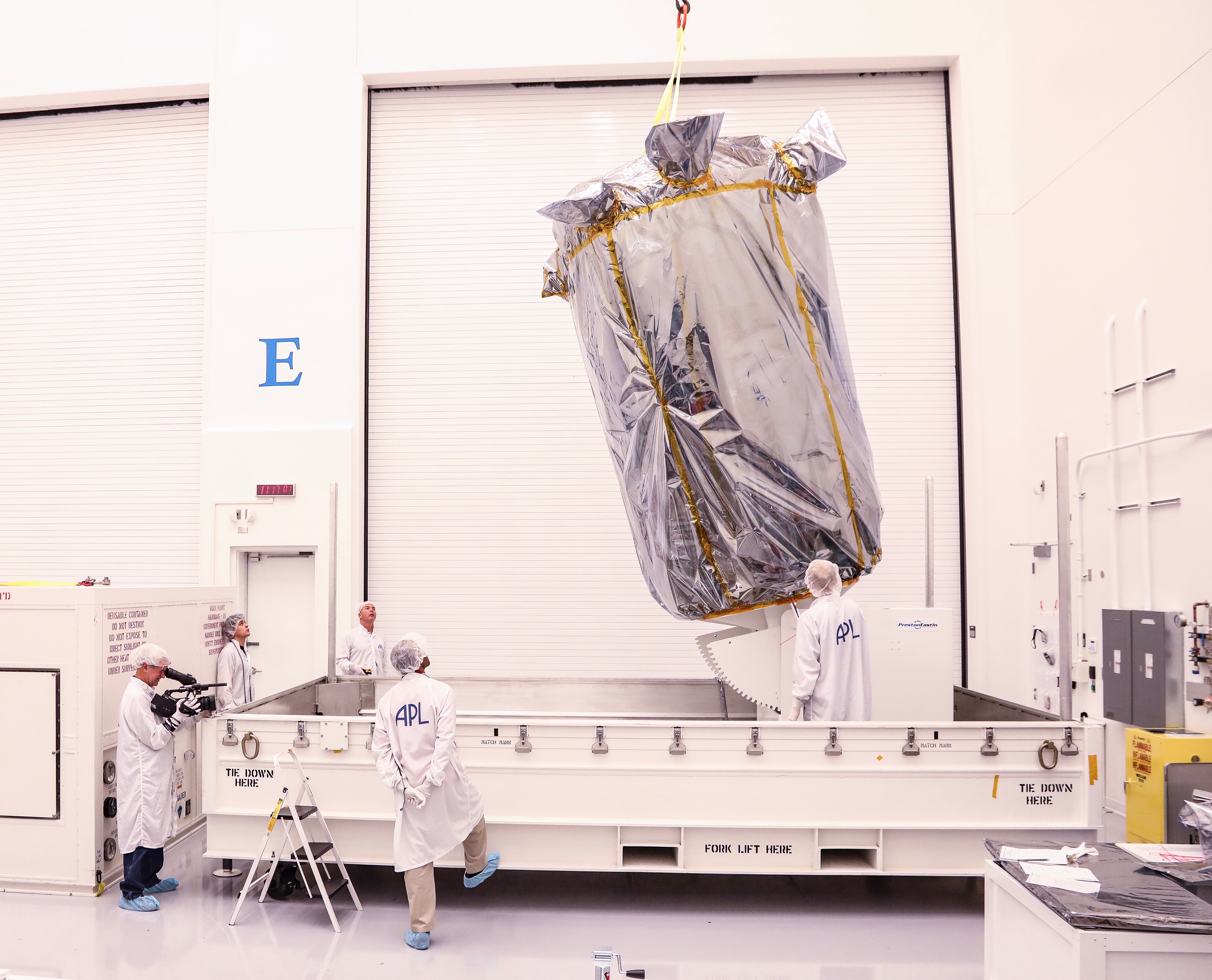
Wrapped and Ready for Transport
Posted on 2017-11-03 12:29:18NASA’s Parker Solar Probe – shown in protective bagging to prevent contamination, and mounted on a rotating pedestal – is getting ready for its trip from the Johns Hopkins Applied Physics Lab to Goddard Space Flight Center to continue environmental testing.
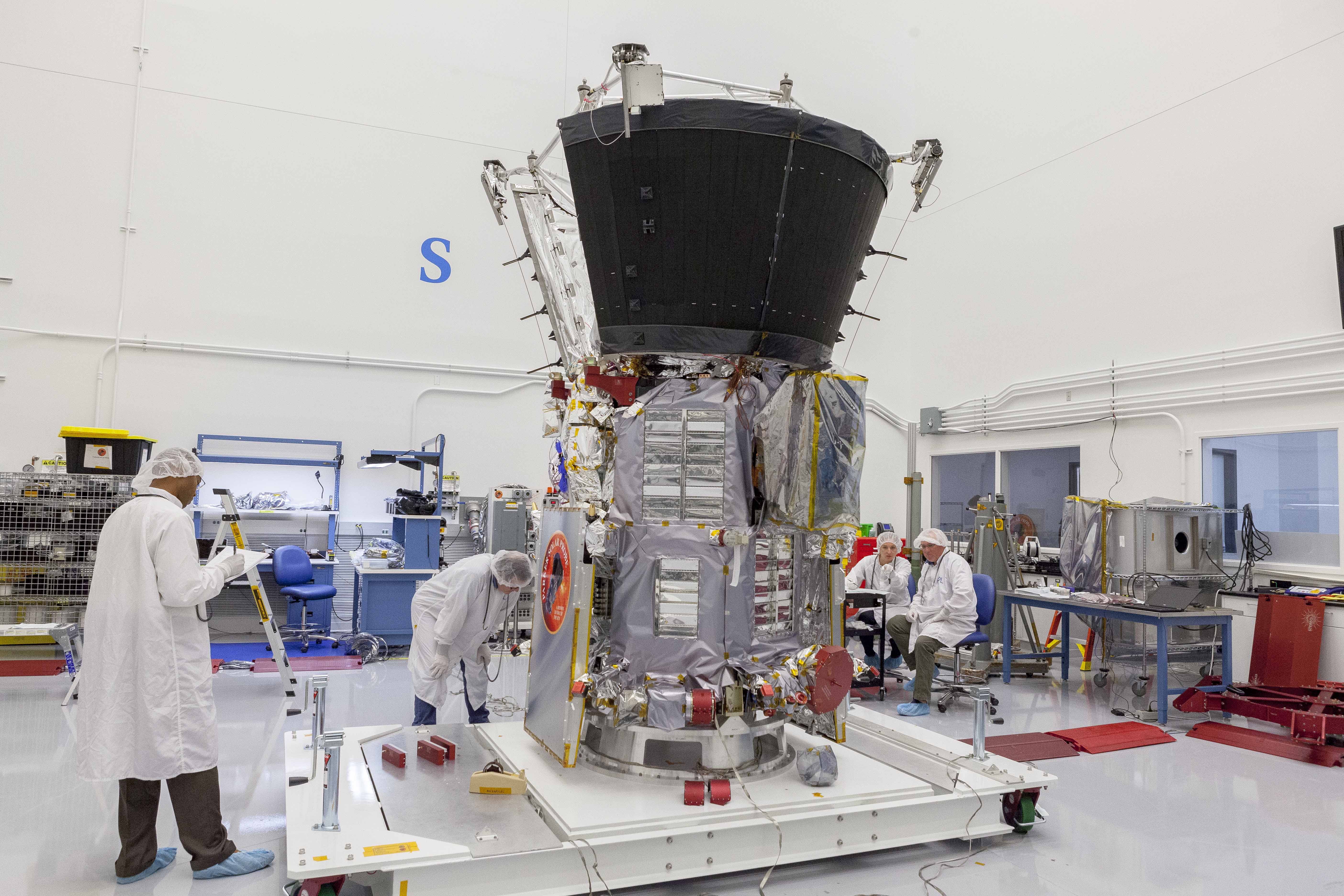
Parker Solar Probe Successfully Completes Pre-Environmental Testing Review
Posted on 2017-10-13 10:50:13NASA’s Parker Solar Probe, the first mission to fly into the Sun’s corona, has successfully completed a review that approves the beginning of the spacecraft’s environmental testing.
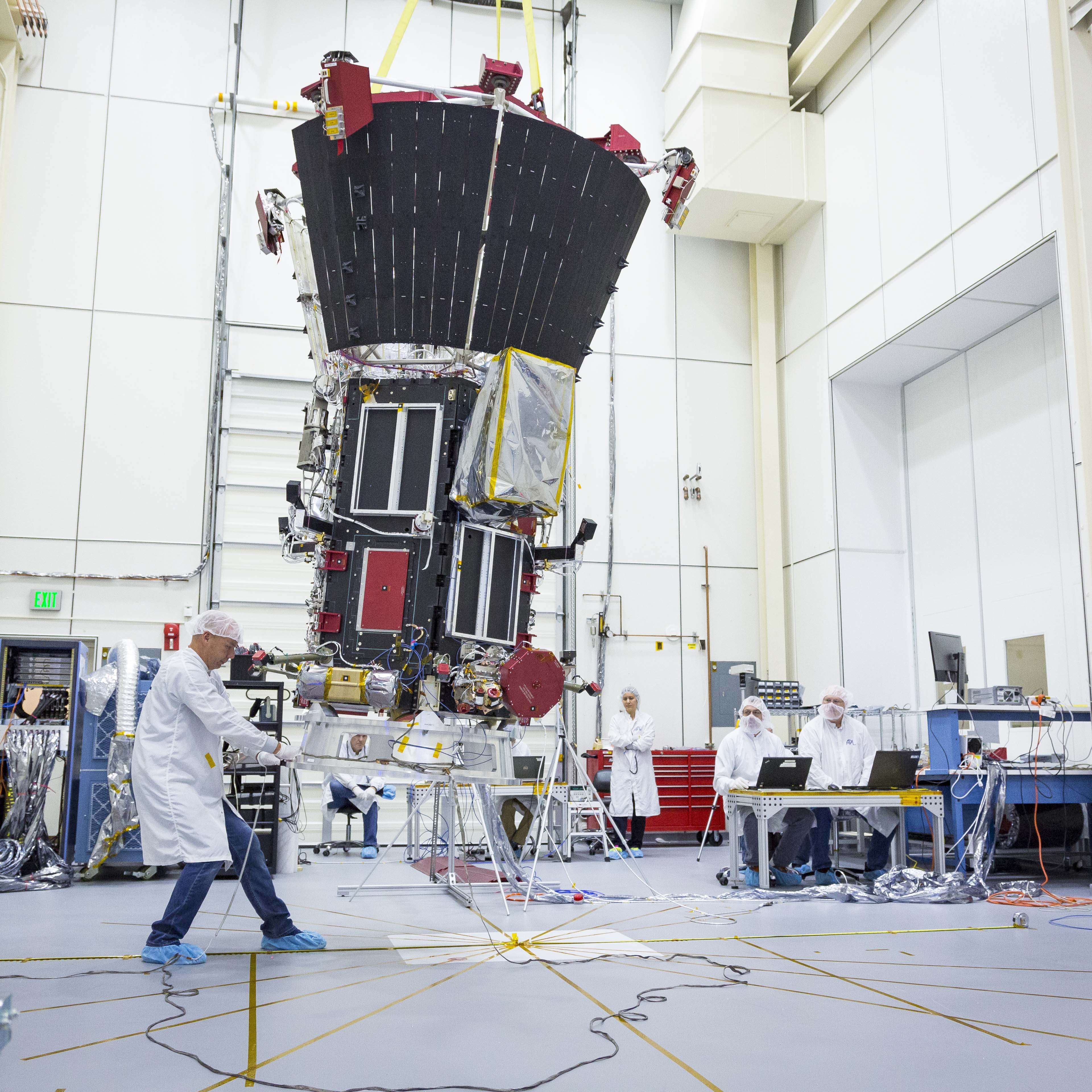
Swing Time: Parker Solar Probe Passes Magnetic Swing Test
Posted on 2017-10-06 12:37:49As NASA's Parker Solar Probe continues through its careful construction process, the spacecraft – built for NASA by the Johns Hopkins Applied Physics Laboratory in Laurel, Maryland – is approaching the final stages and running through a battery of tests to ensure it will be ready for its groundbreaking mission to the Sun next summer.
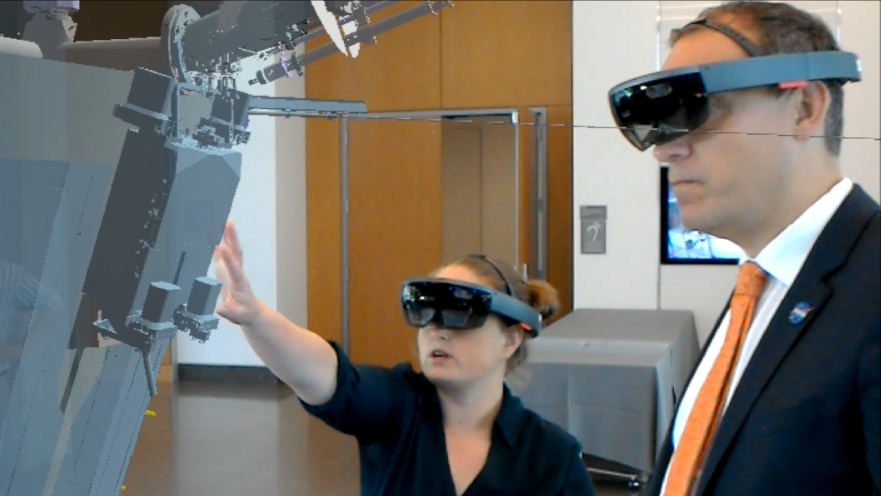
Parker Solar Probe Uses An Improved “Reality” for Building Spacecraft
Posted on 2017-10-05 12:23:49New augmented reality technology developed by NASA allows the Parker Solar Probe spacecraft team to explore, rehearse, and perfect their fabrication and integration procedures—all in an immersive digital environment.
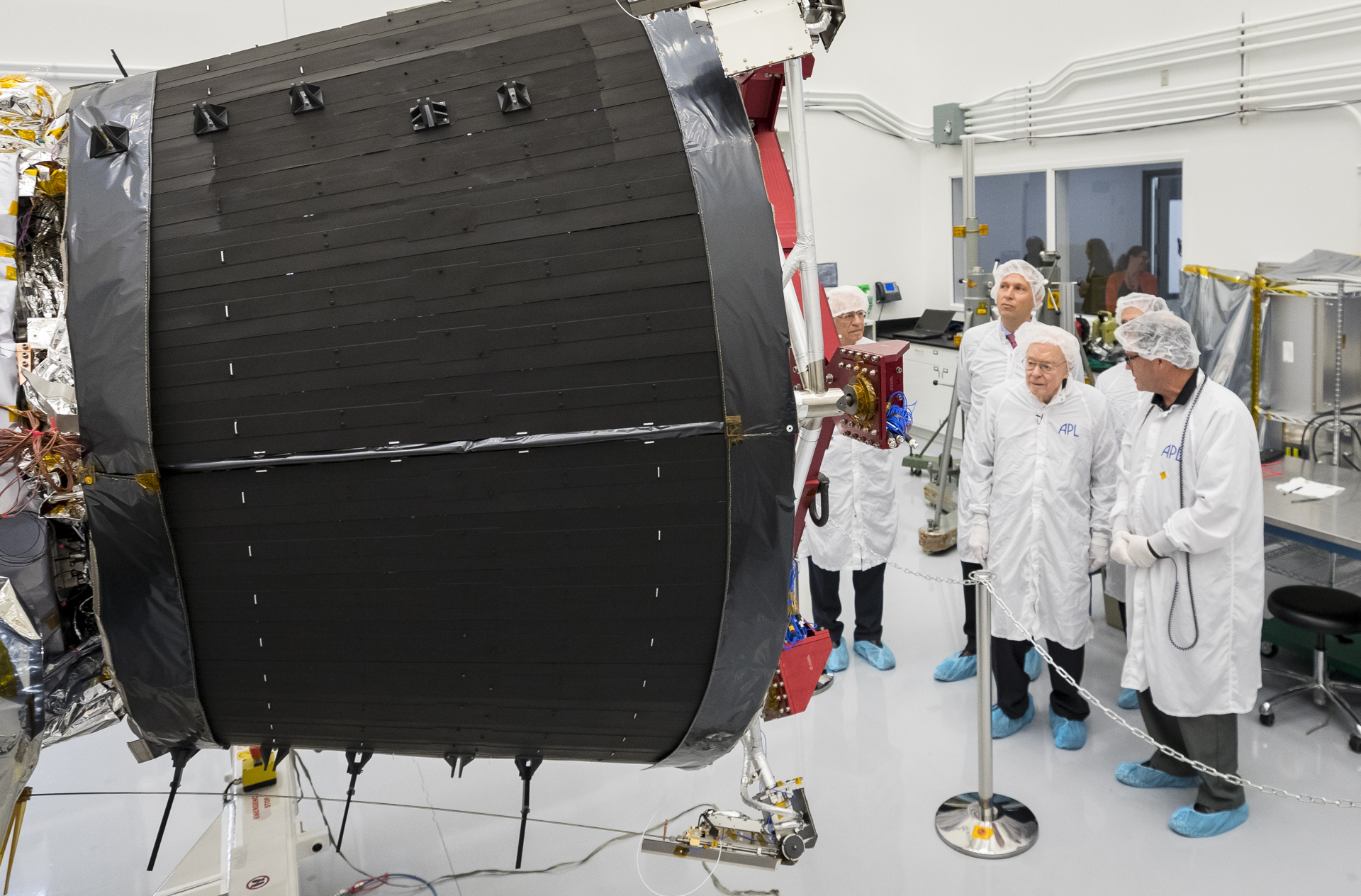
Eugene Parker Meets Parker Solar Probe
Posted on 2017-10-03 15:31:39On Tuesday, October 3, 2017, Eugene N. Parker, professor emeritus at the University of Chicago, visited the spacecraft that bears his name: NASA’s Parker Solar Probe. This is the first NASA mission that has been named for a living researcher, and is humanity’s first mission to the Sun.
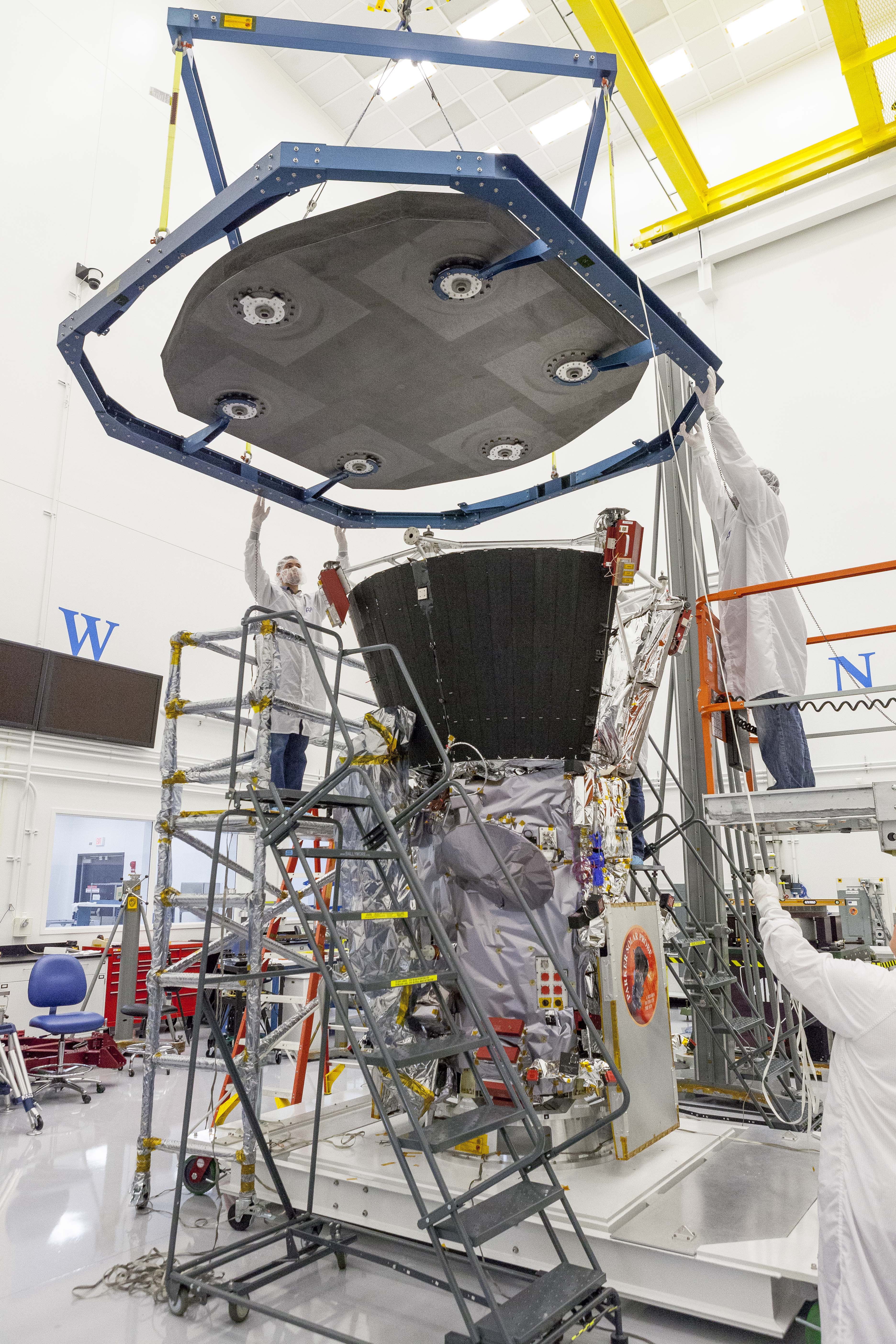
Thermal Protection System Installed for Testing
Posted on 2017-09-30 07:38:10On Sept. 21, 2017, engineers at the Johns Hopkins University Applied Physics Laboratory in Laurel, Maryland, lowered the thermal protection system – the heat shield – onto the spacecraft for a test of alignment as part of integration and testing.

Facebook Live from the Parker Solar Probe Clean Room: Video
Posted on 2017-09-25 09:41:56Rewatch the Facebook Live as NASA took us on a behind-the-scenes look at the upcoming Parker Solar Probe! Come inside the clean room at Johns Hopkins APL and learn more about this historic mission, the revolutionary spacecraft, and the people who are making it possible https://www.facebook.com/NAS
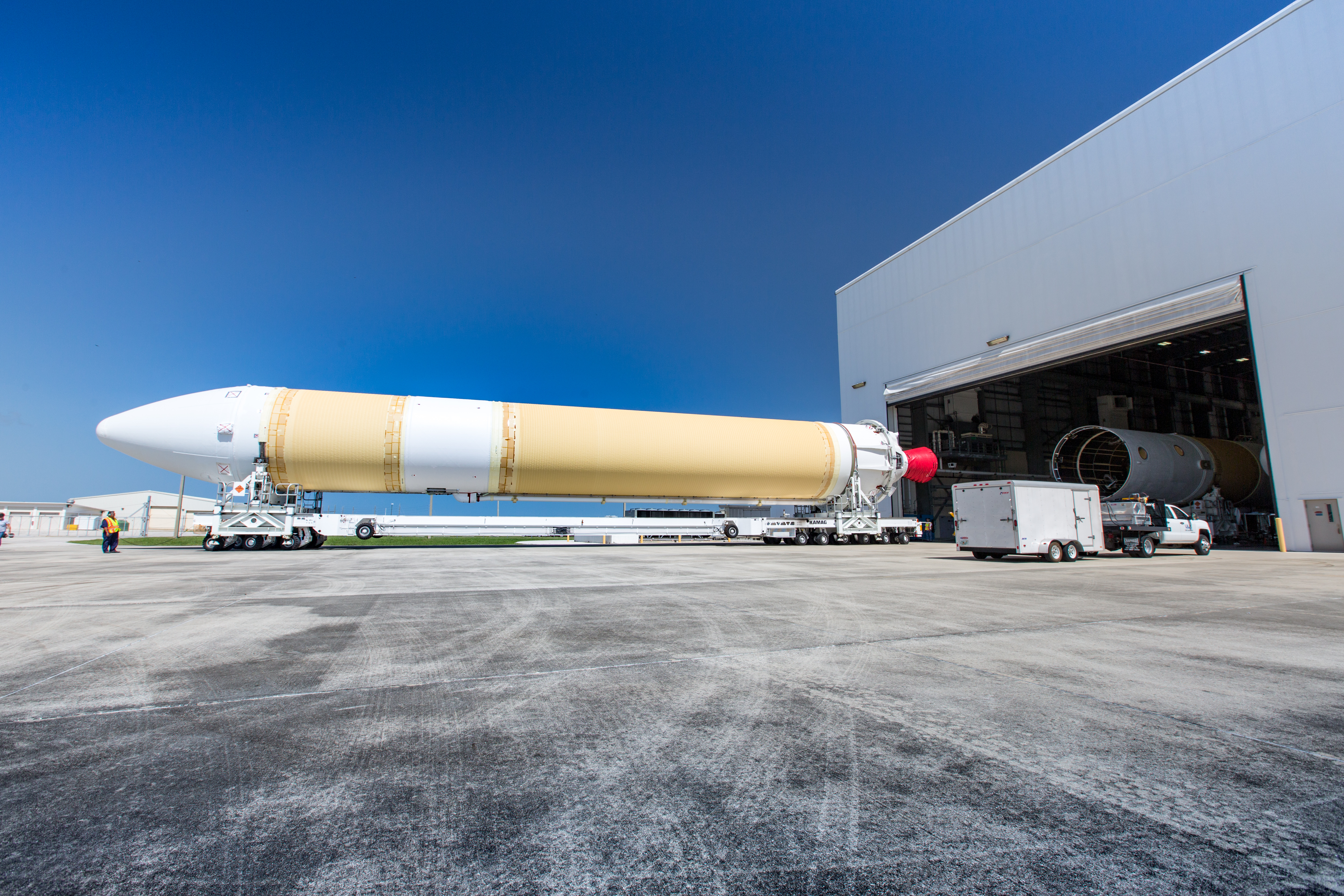
Final Rocket Components Arrive in Florida for Parker Solar Probe
Posted on 2017-09-12 12:55:33All components of the United Launch Alliance Delta IV Heavy rocket that will launch NASA’s Parker Solar Probe have arrived for prelaunch processing at Florida’s Cape Canaveral Air Force Station.
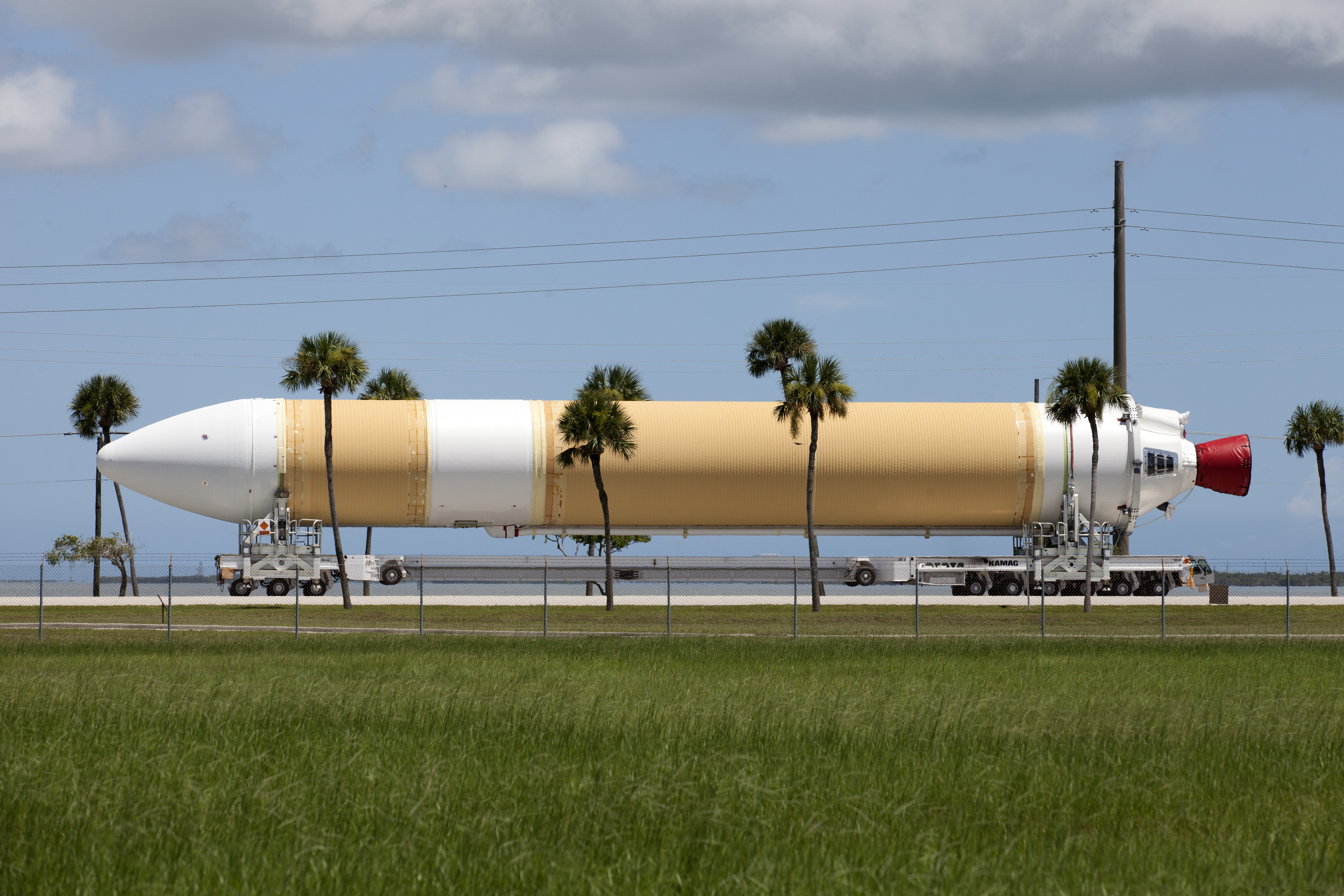
From NASA: Delta IV Heavy Booster Cores Arrive for Parker Solar Probe
Posted on 2017-08-03 11:56:00Launch preparations are beginning to get off the ground for NASA’s upcoming Parker Solar Probe mission, scheduled to lift off in summer 2018 atop a United Launch Alliance Delta IV Heavy rocket.
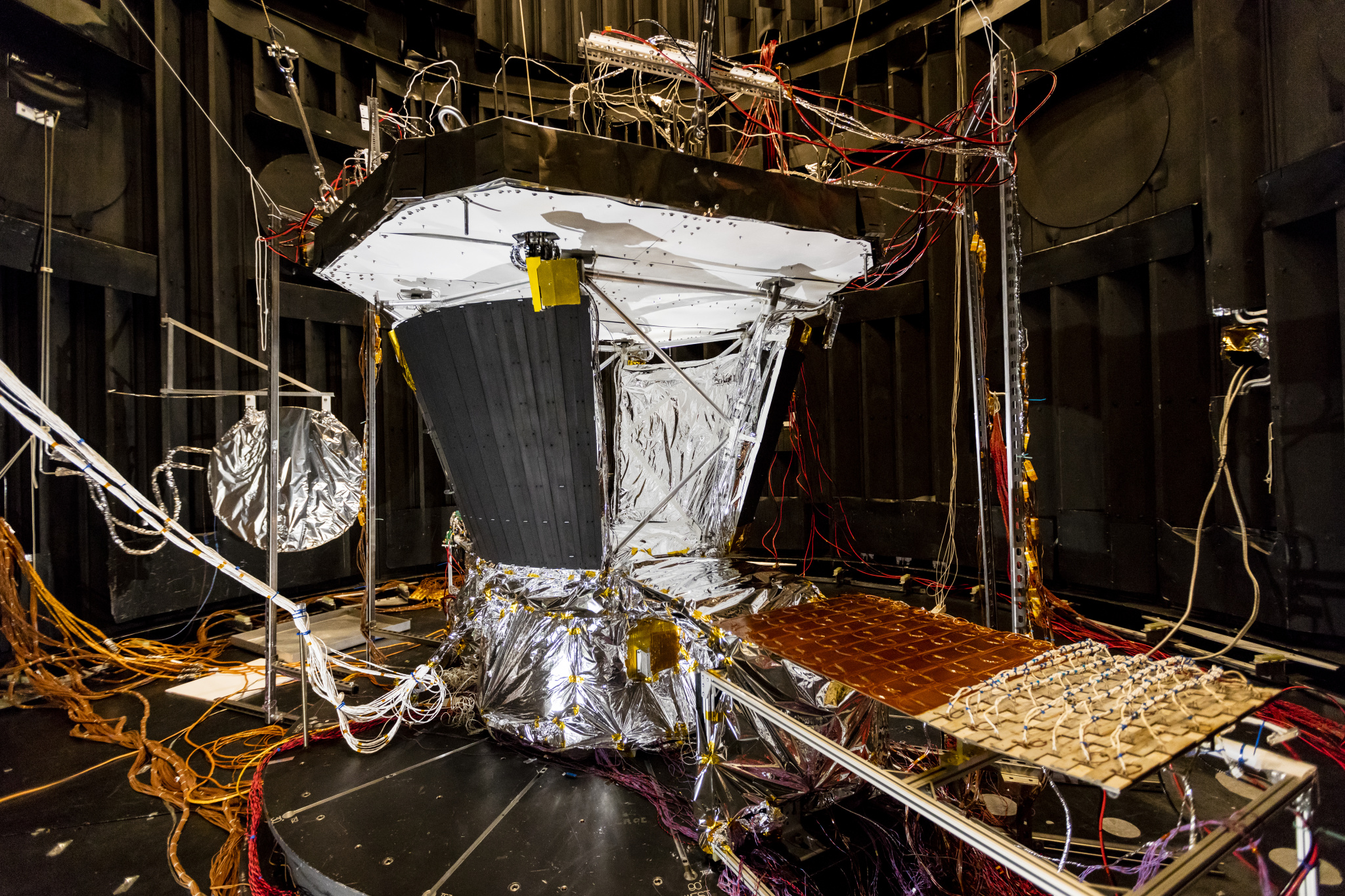
Cool Power
Posted on 2017-06-21 09:00:23As NASA’s Parker Solar Probe spacecraft begins its first historic encounter with the sun’s corona in late 2018—flying closer to our star than any other mission in history—a revolutionary cooling system will keep its solar arrays at peak performance, even in extremely hostile conditions.Every instrument and system on board Parker Solar Probe (with the exception of four antennas and a special particle detector) will be hidden from the sun behind a breakthrough thermal protection system (TPS)—an eight-foot diameter shield that the spacecraft uses to defend itself against the intense heat and energy of our star.
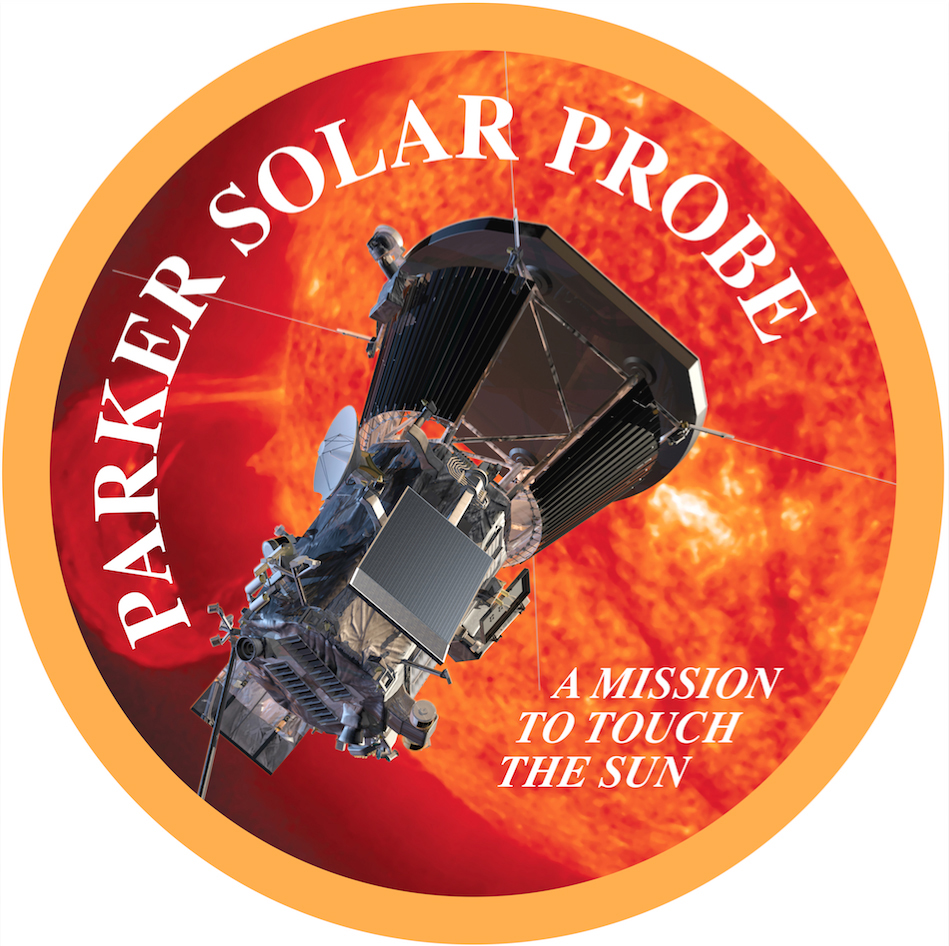
NASA Renames Solar Probe Mission to Honor Pioneering Physicist Eugene Parker
Posted on 2017-05-31 11:30:00CHICAGO – NASA has renamed the Solar Probe Plus spacecraft – humanity’s first mission to a star, which will launch in 2018 – as the Parker Solar Probe in honor of astrophysicist Eugene Parker.

NASA to Make Announcement About First Mission to Touch Sun
Posted on 2017-05-26 08:46:46NASA will make an announcement about the agency’s first mission to fly directly into our sun’s atmosphere during an event at 11 a.m. EDT Wednesday, May 31, from the University of Chicago’s William Eckhardt Research Center Auditorium.
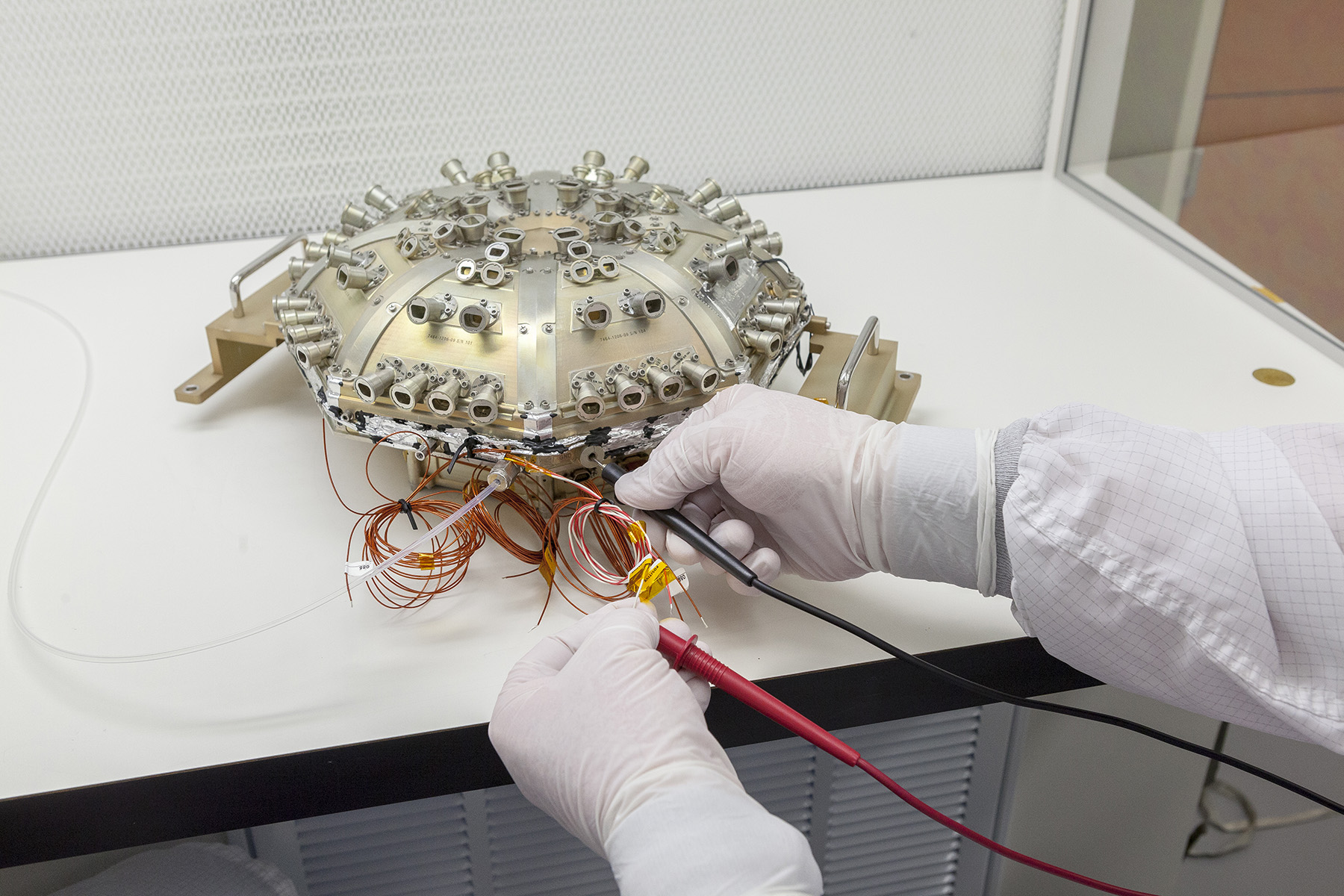
Tuning Up: Solar Probe Plus Gets its First Science Instrument
Posted on 2017-05-17 07:32:31With a few electrical connections and several turns of a wrench, Solar Probe Plus had its first onboard scientific instrument. The EPI-Lo particle detector – half of the Integrated Science Investigation of the Sun instrument suite – was installed on the spacecraft on April 17 at the Johns Hopkins Applied Physics Laboratory (APL) in Laurel, Maryland.
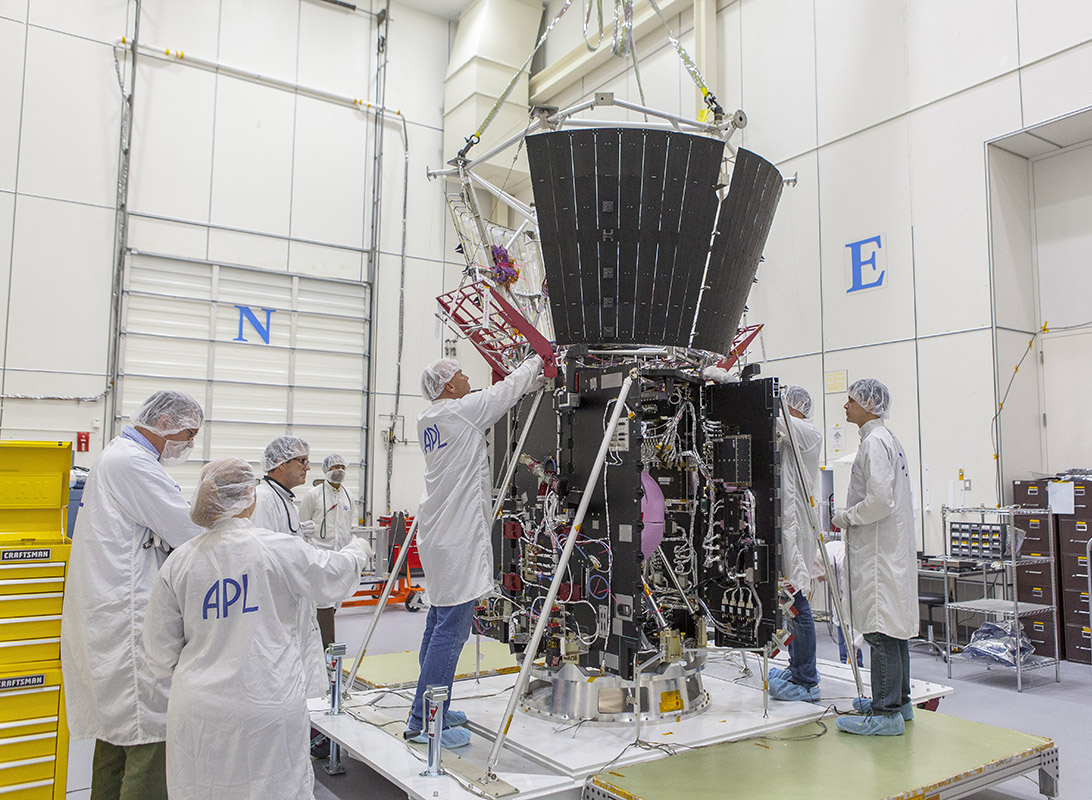
Decked Out: Solar Array Cooling System Coming Together on Solar Probe Plus
Posted on 2017-04-19 13:58:23The Solar Array Cooling System on Solar Probe Plus has one critical job – to protect the NASA spacecraft’s solar arrays from incineration as it moves through the blazing atmosphere of the sun.

Solar Probe Plus Project Scientist Dr. Nicola Fox at TEDxJHU
Posted on 2017-03-10 18:48:13Solar Probe Plus Project Scientist Dr. Nicola Fox at TEDxJHU was live on Facebook (@1:03) on March 11,2017.

Solar Probe Plus Featured on Discovery 'Facebook Live'
Posted on 2017-02-08 11:04:49Solar Probe Plus Project Scientist Nicky Fox, of the Johns Hopkins University Applied Physics Laboratory (APL), was featured in a Discovery Channel Facebook Live event on Feb. 8, 2017.
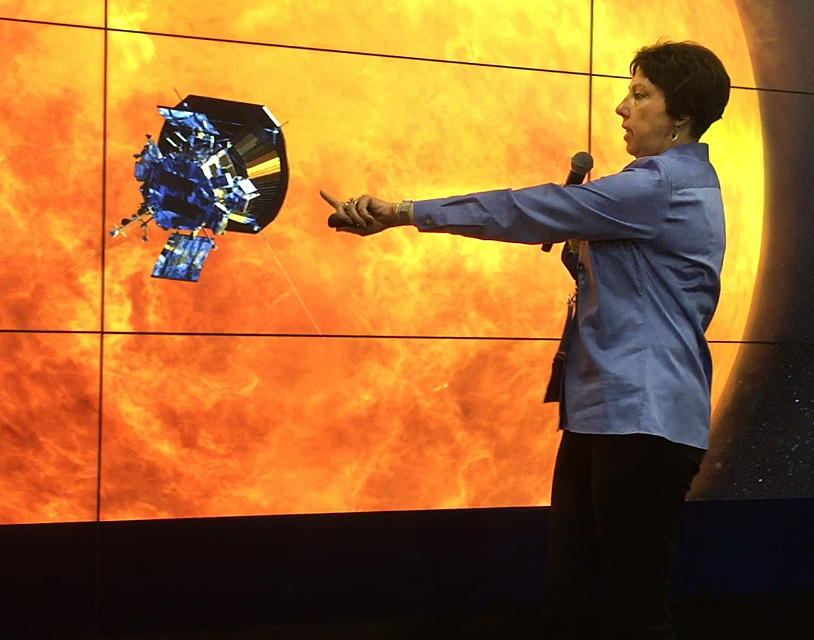
At International Meeting, Mission Team Previews the Science of Solar Probe Plus
Posted on 2017-01-05 13:41:46The science of Solar Probe Plus – NASA’s first mission to “touch” the sun – was on stage last month at the American Geophysical Union’s Fall Meeting in San Francisco. With some 25,000 attendees, representing nearly 100 countries, AGU’s Fall Meeting is the world’s largest Earth and space science conference.
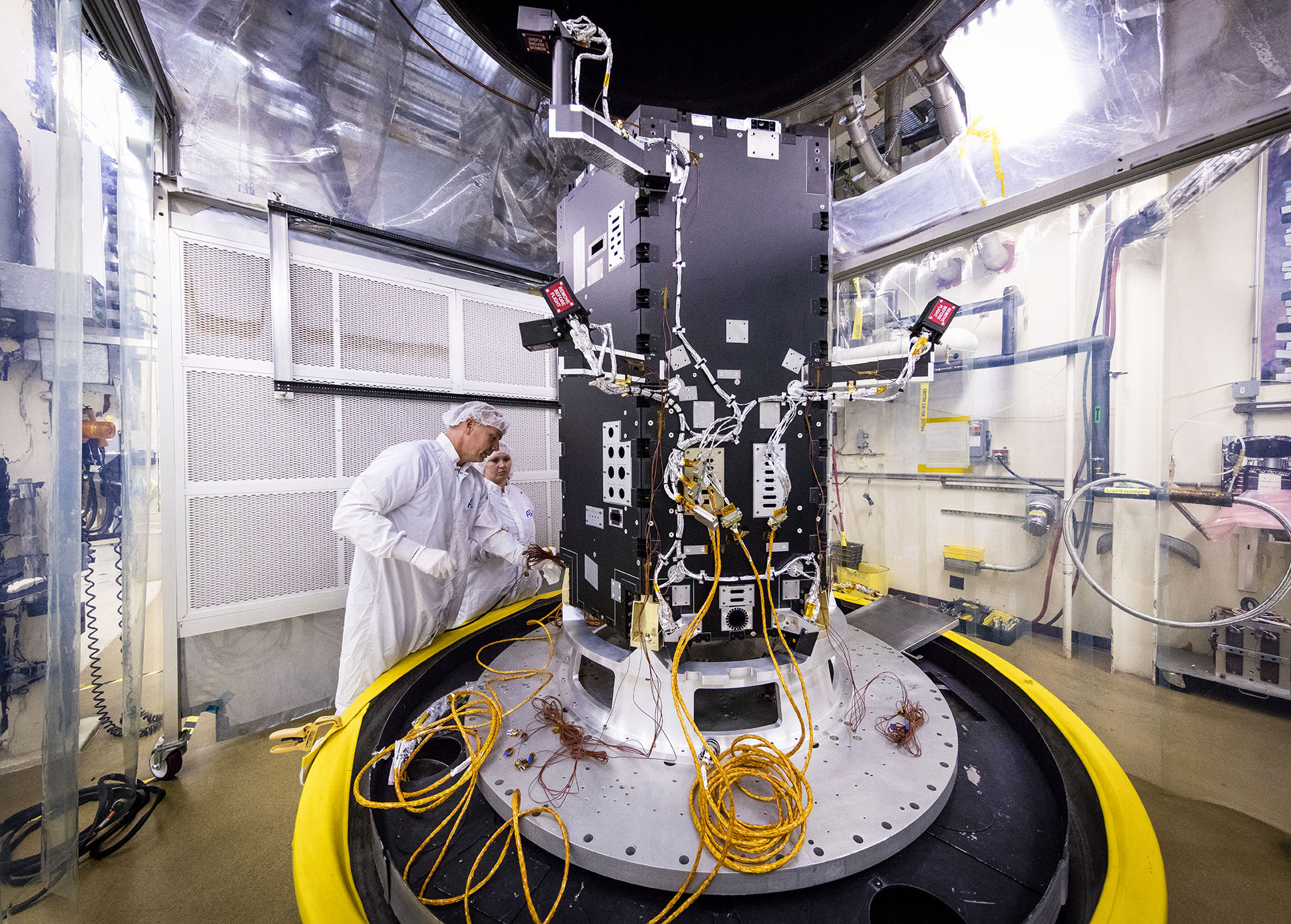
NASA's Solar Probe Plus Mission Moves One Step Closer to Launch
Posted on 2016-07-29 09:46:39NASA's Solar Probe Plus – the first mission that will fly into sun's upper atmosphere and “touch” the sun – has passed a design review, an important milestone leading to its anticipated summer 2018 launch.
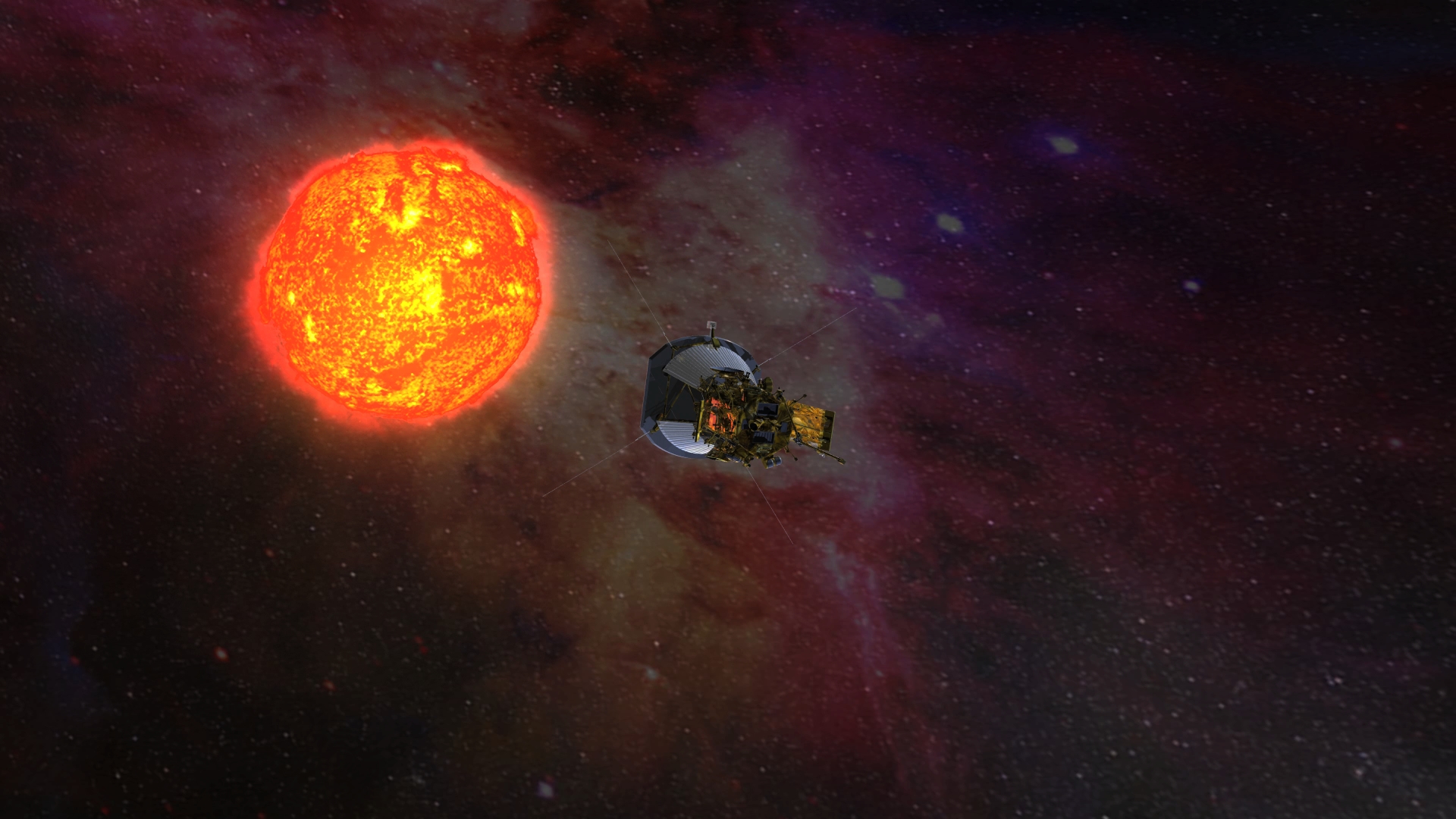
NASA Gives Green Light for APL to Begin Building Solar Probe Plus
Posted on 2015-04-08 12:37:00NASA’s Solar Probe Plus mission - which will fly closer to the Sun than any spacecraft has before- reached a major milestone last month when it successfully completed its Critical Design Review (CDR).

Solar Probe Plus Moves into Advanced Development
Posted on 2014-03-18 09:26:32Solar Probe Plus — NASA’s ambitious mission to fly through and examine the sun’s atmosphere — has reached a key stage of development. Solar Probe Plus will begin advanced design, development and testing — a step NASA designates as Phase C — following a successful design review in which an independent assessment board deemed that the mission team, led by the Johns Hopkins University Applied Physics Laboratory (APL) in Laurel, Md., was ready to move ahead with full-scale spacecraft fabrication, assembly, integration and testing.
News CenterMedia Contacts
Johns Hopkins Applied Physics Laboratory
(240) 228-7536/(443) 567-3145
michael.buckley@jhuapl.edu
News CenterResources
News CenterEvents

Parker Two
The second annual Parker Solar Probe community workshop, Parker Two, will be a hybrid meeting from June 21 - 24, 2022 with an in-person component at the Johns Hopkins Applied Physics Laboratory (APL) in Laurel, MD, and an online component using Zoom.
News CenterSubscribe to eNews
Join the Parker Solar Probe eNews list to receive updates about the mission.
If you no longer wish to receive Parker Solar Probe E-News, please click here to be taken to the unsubscribe page.
